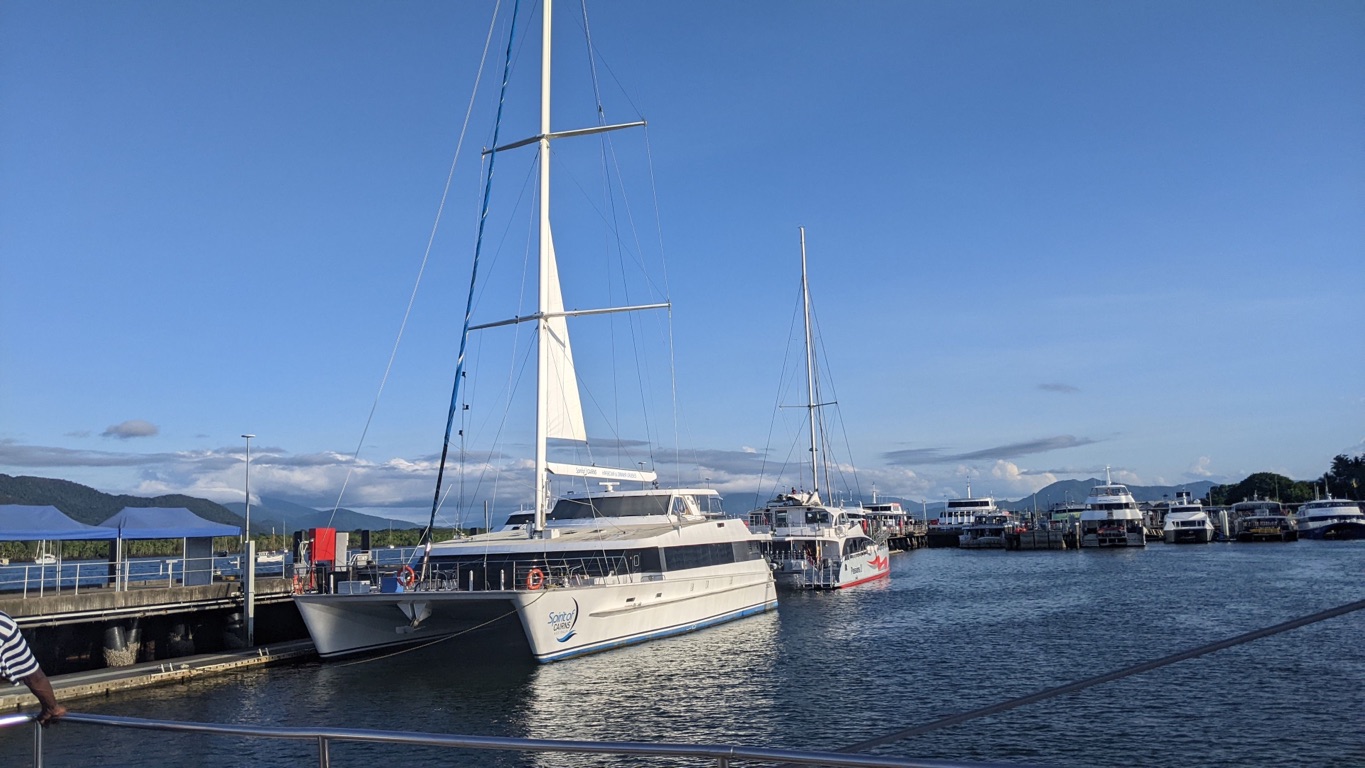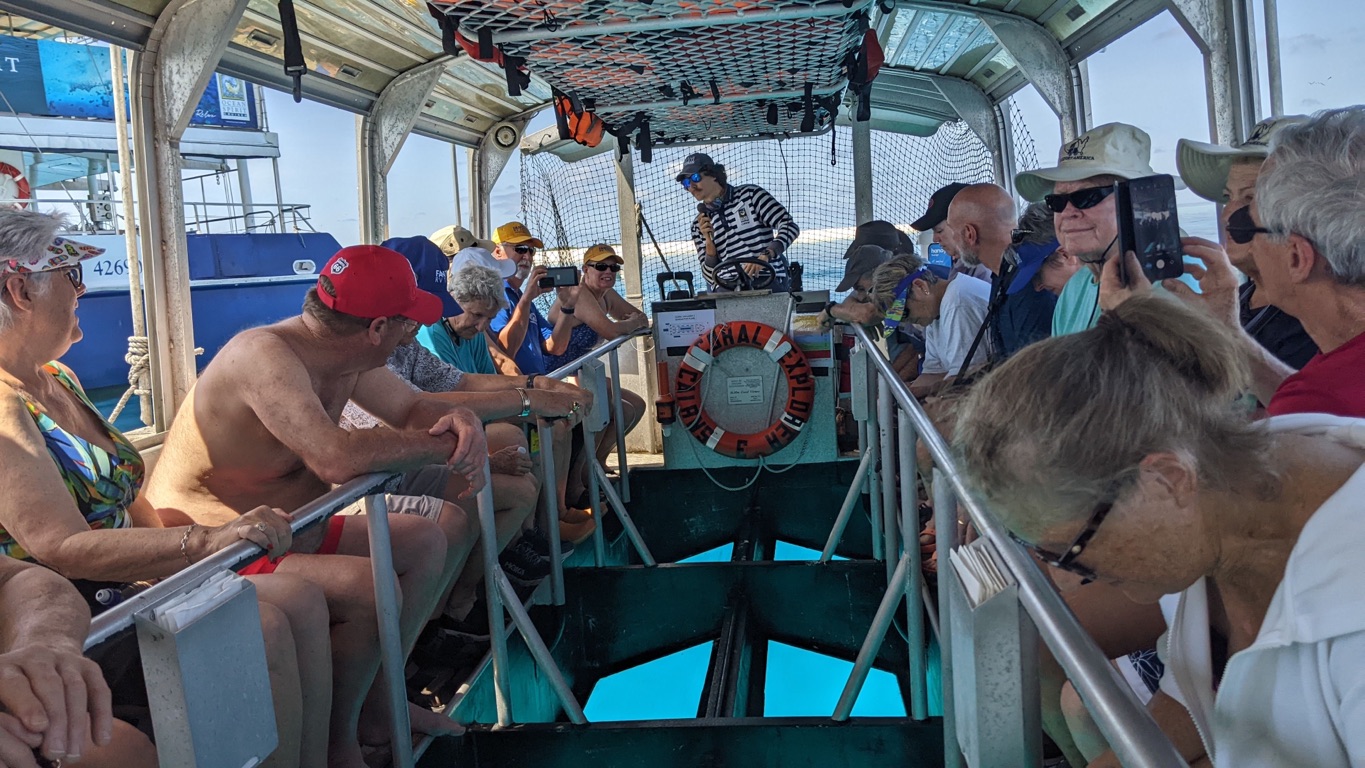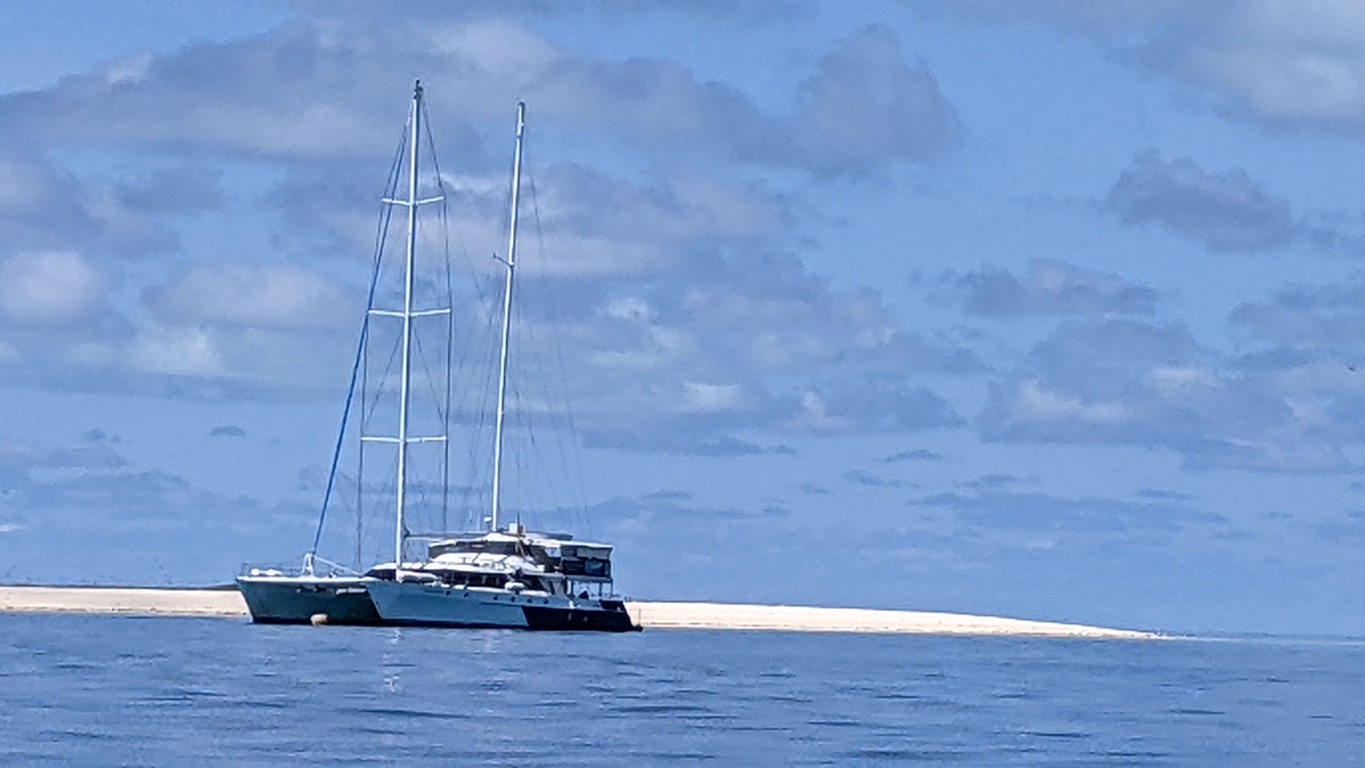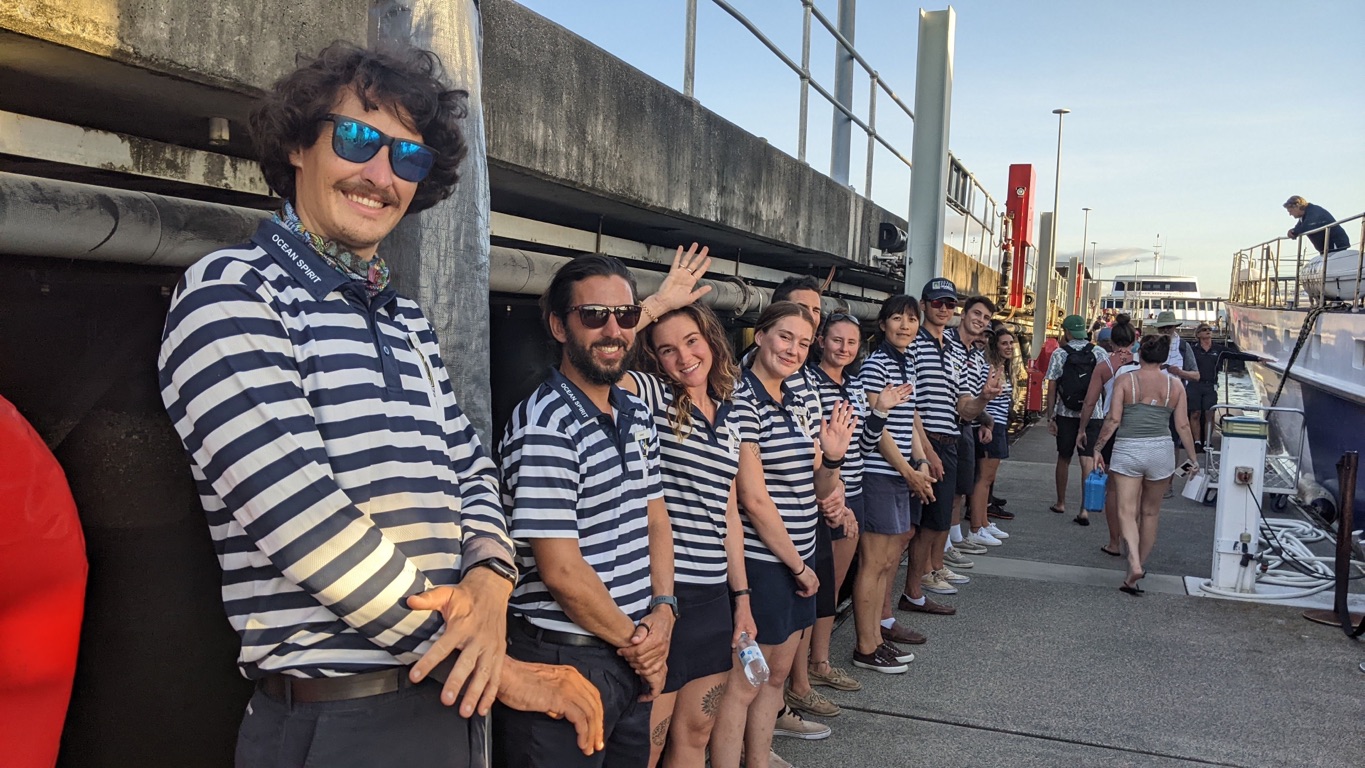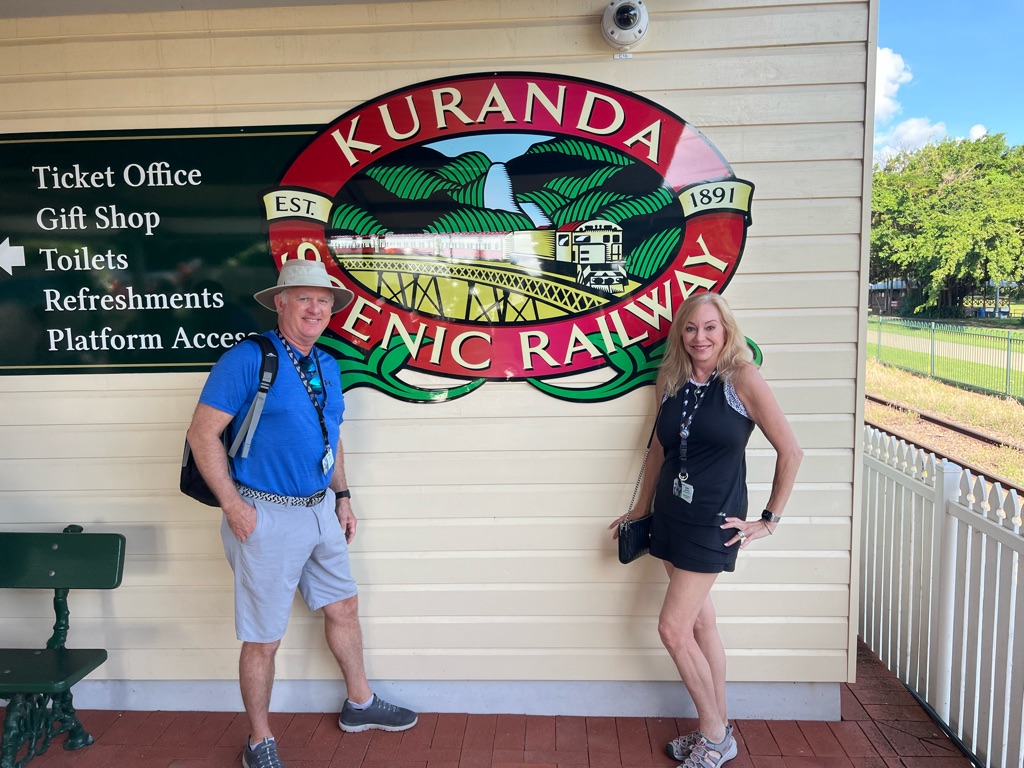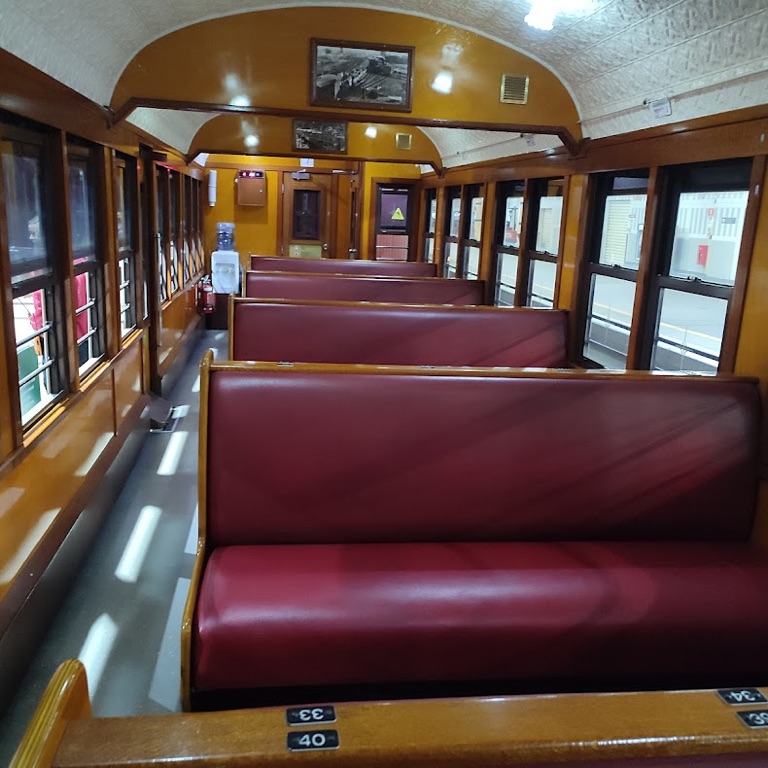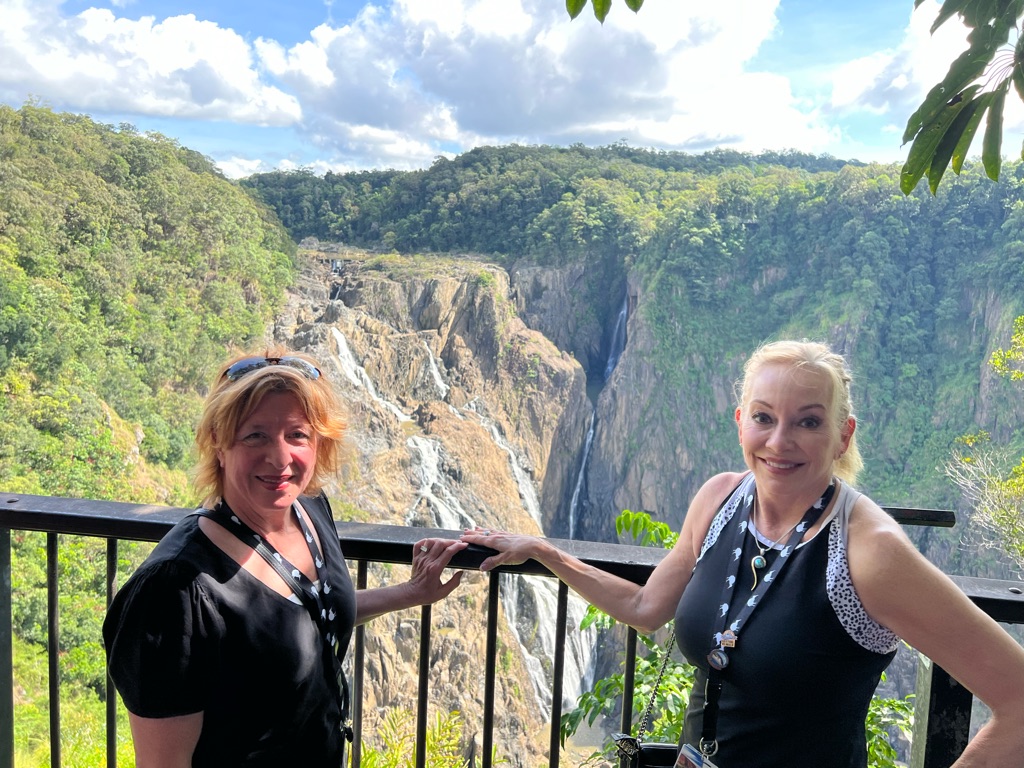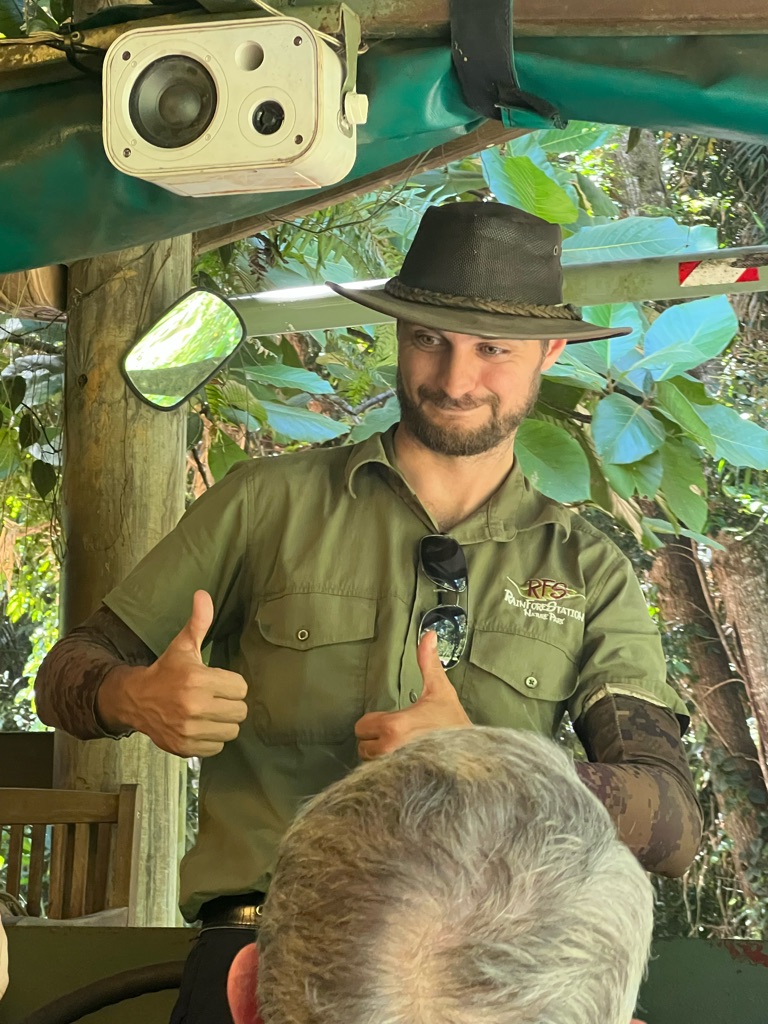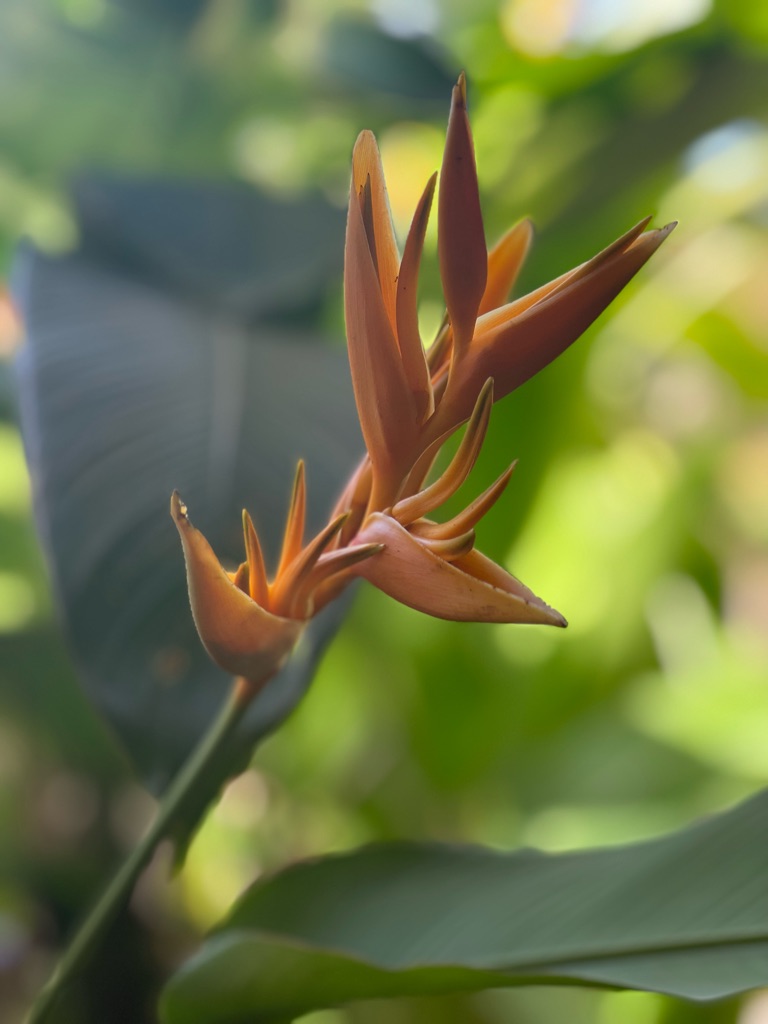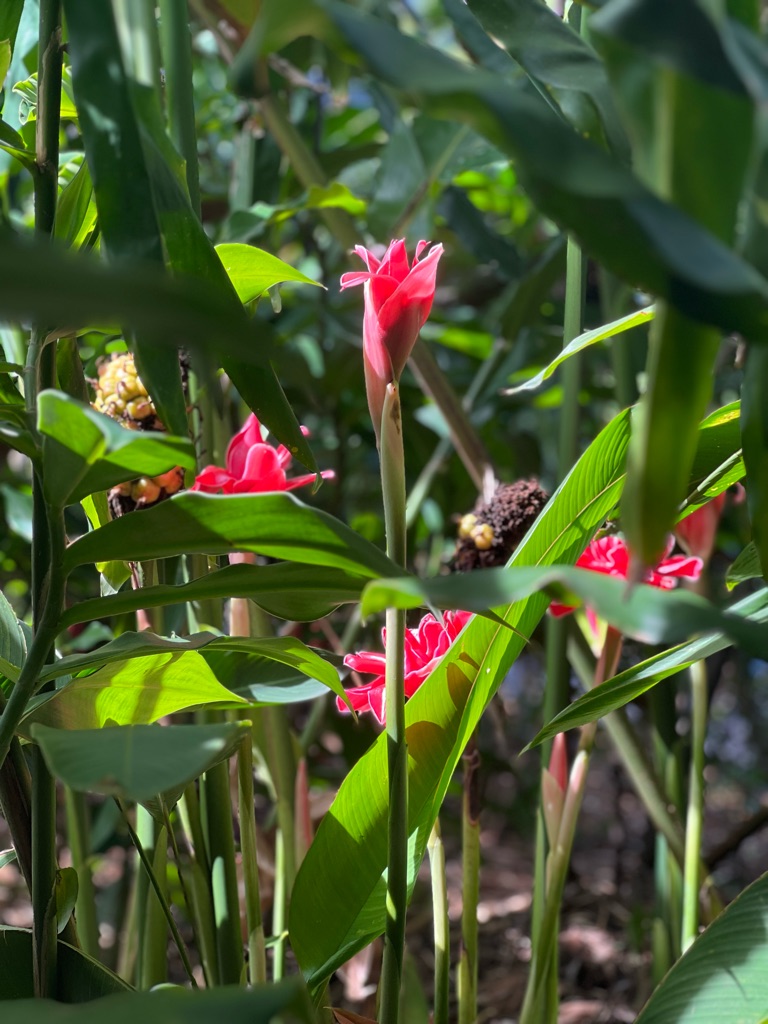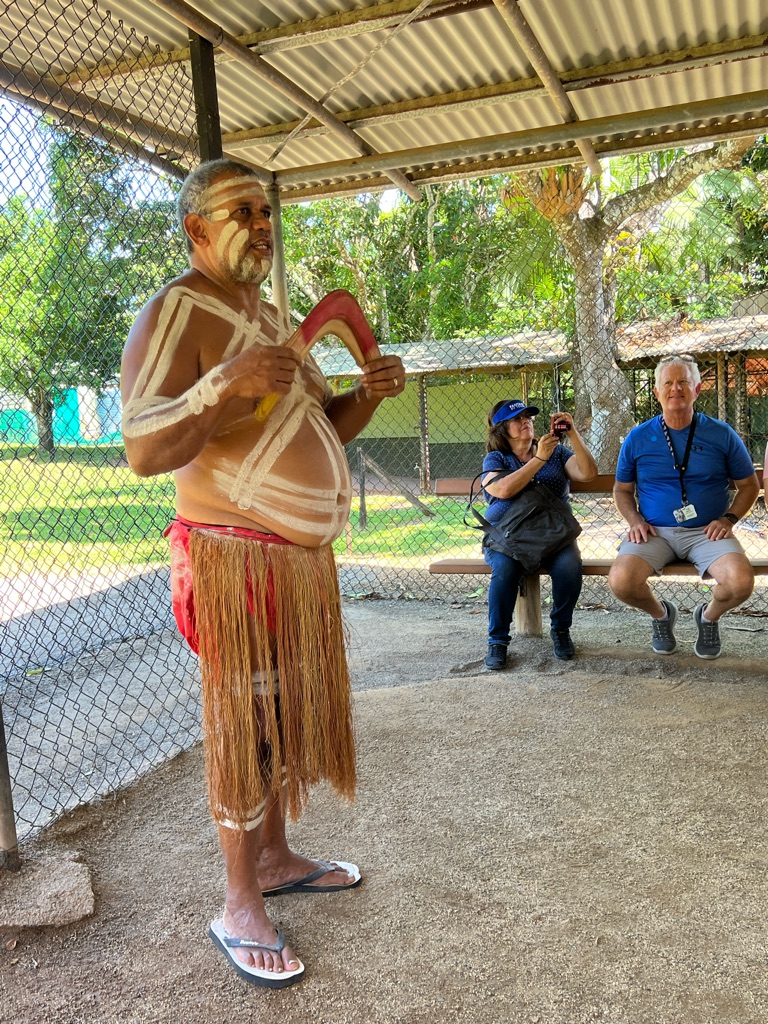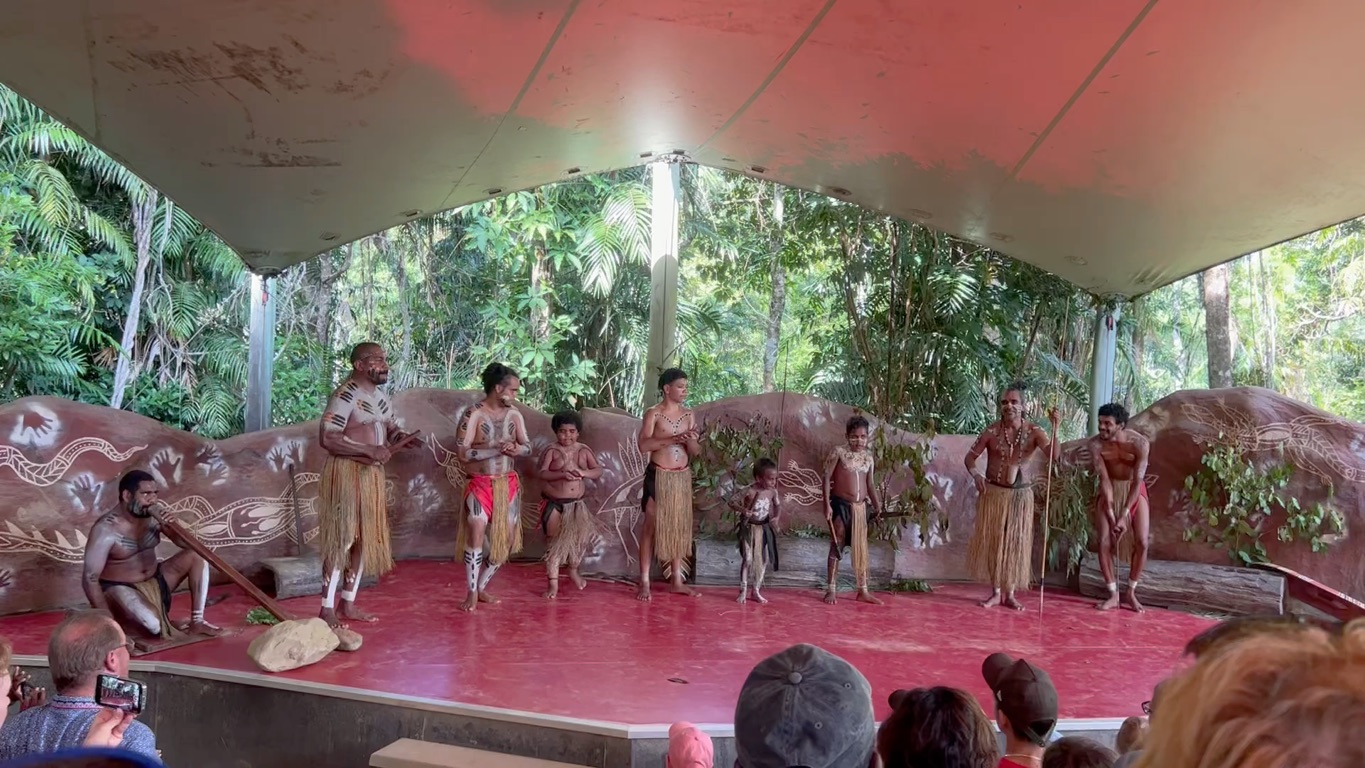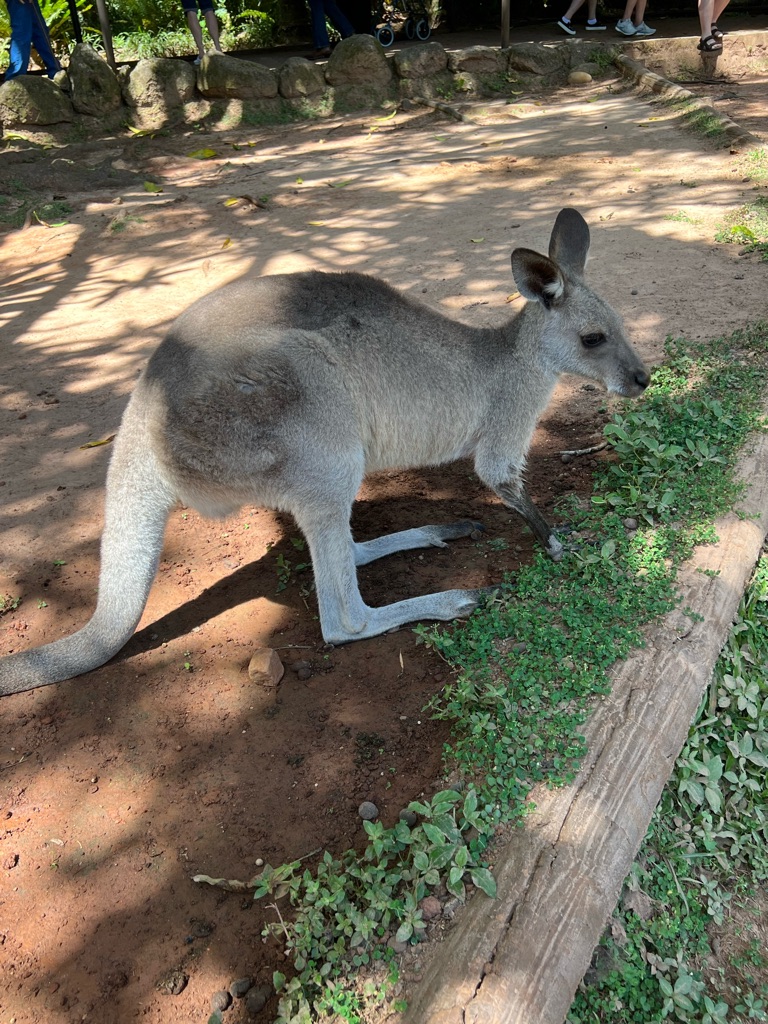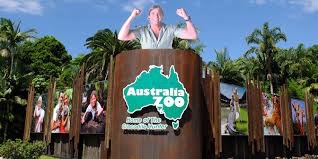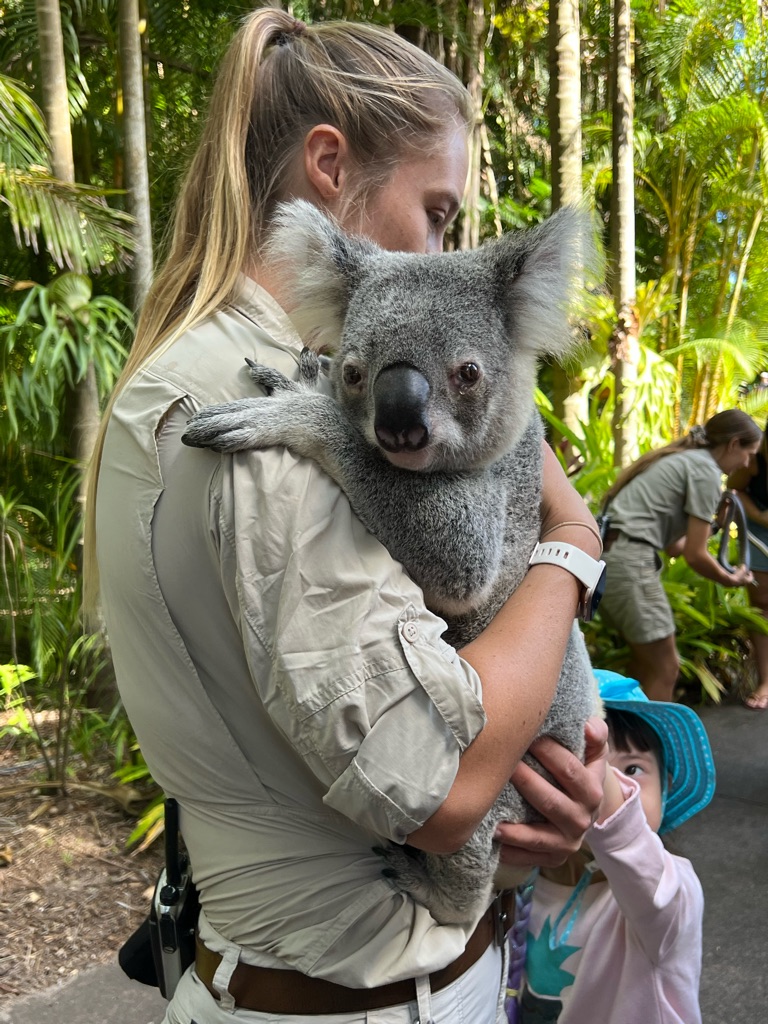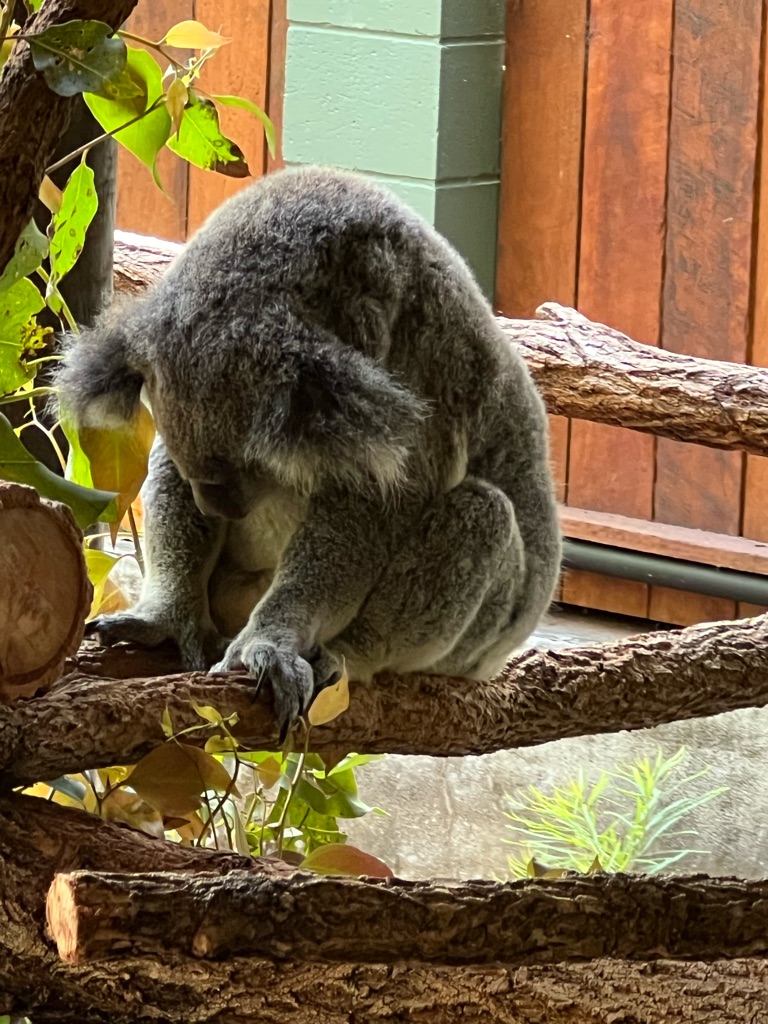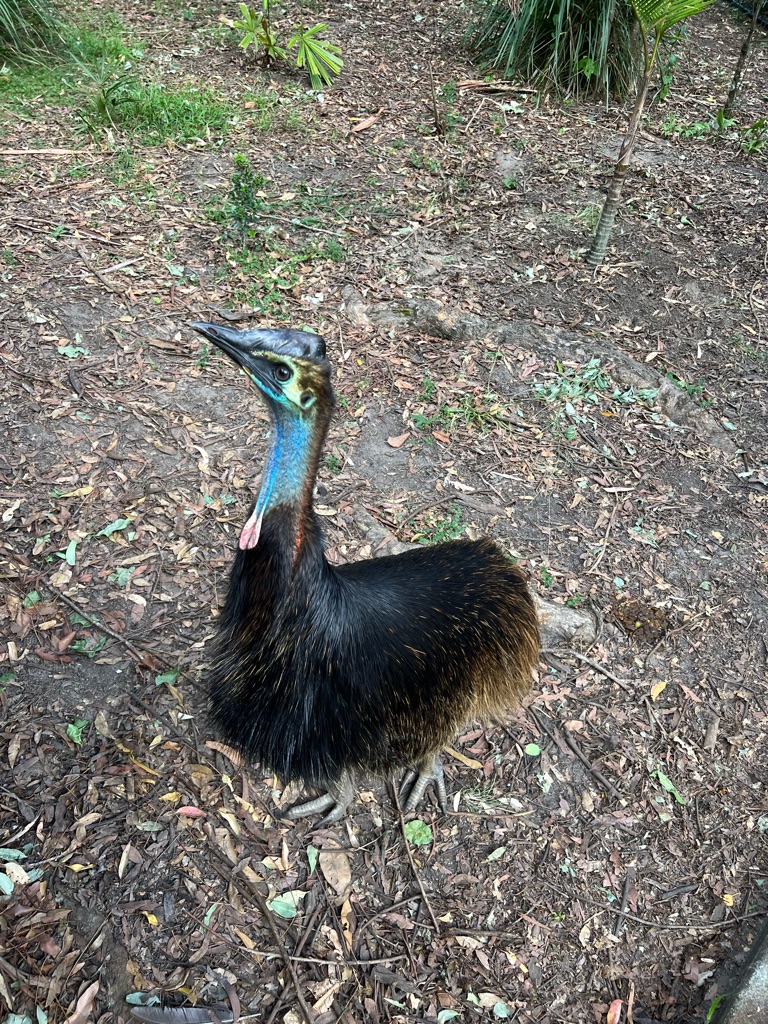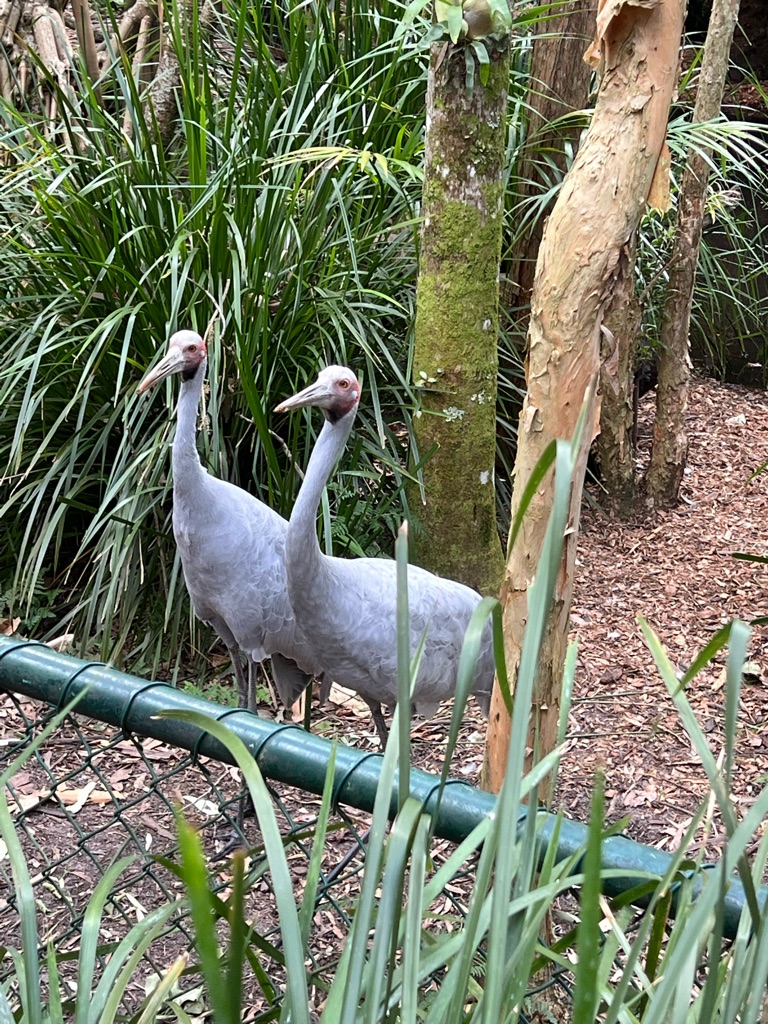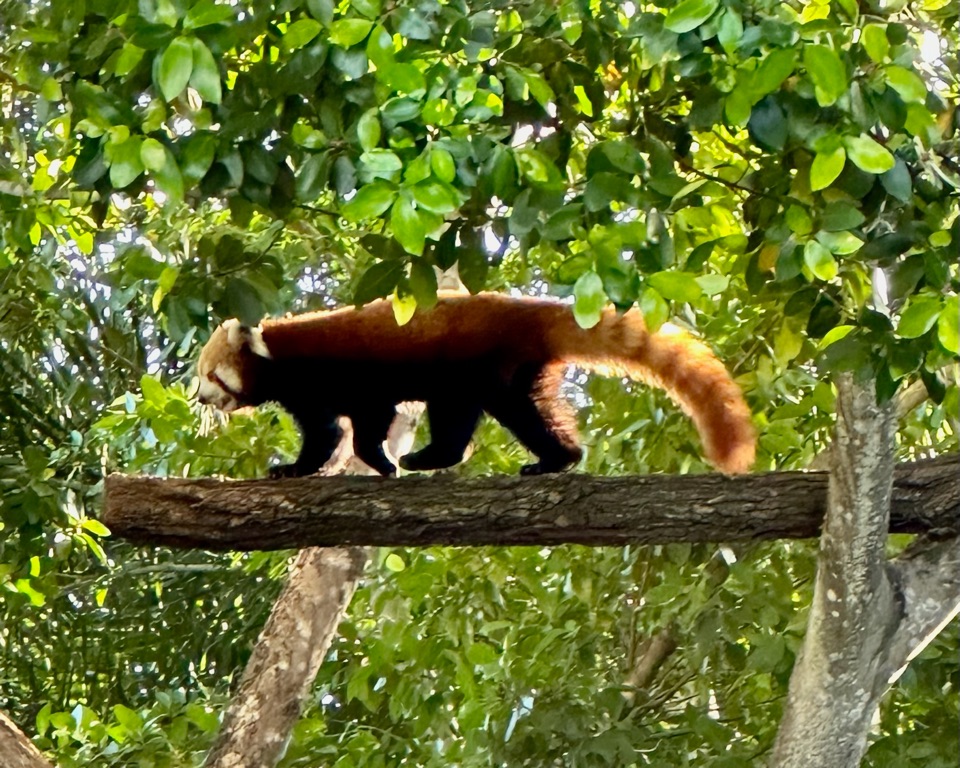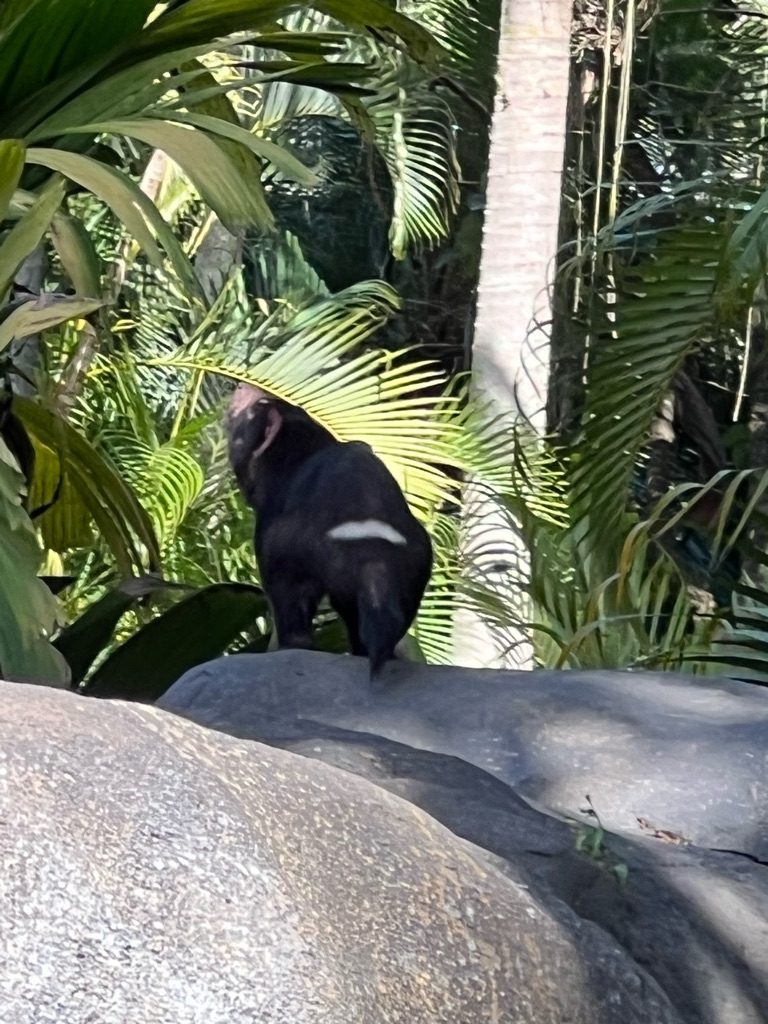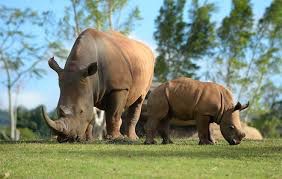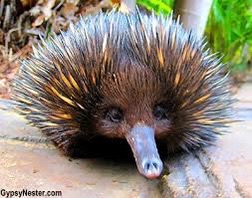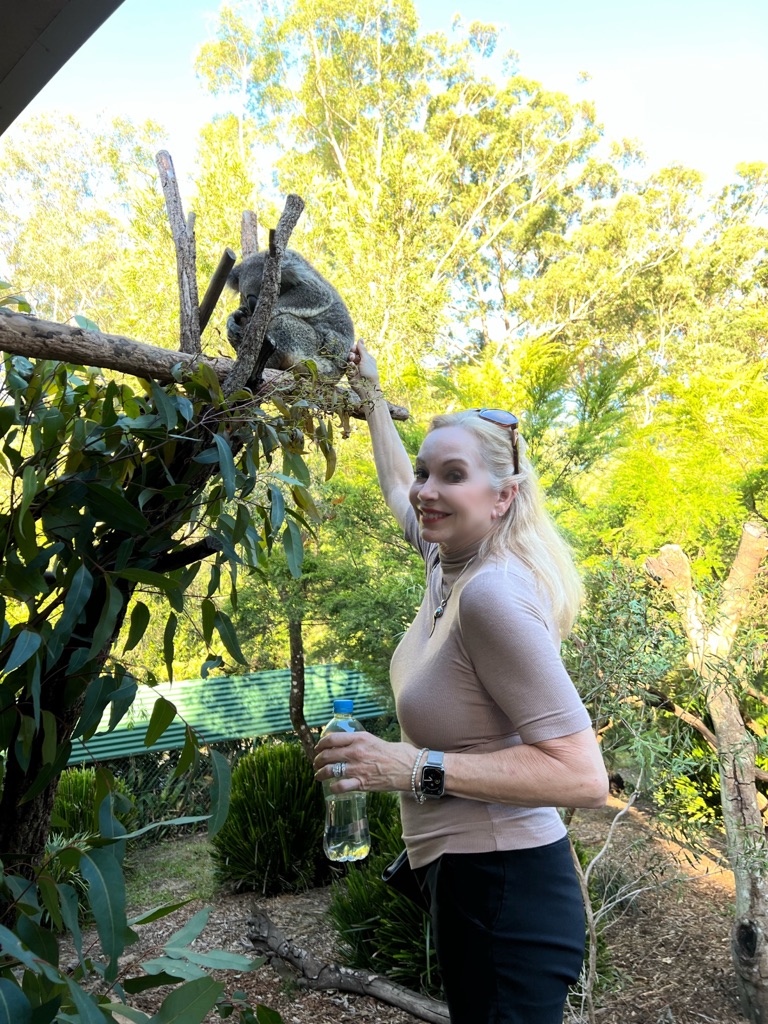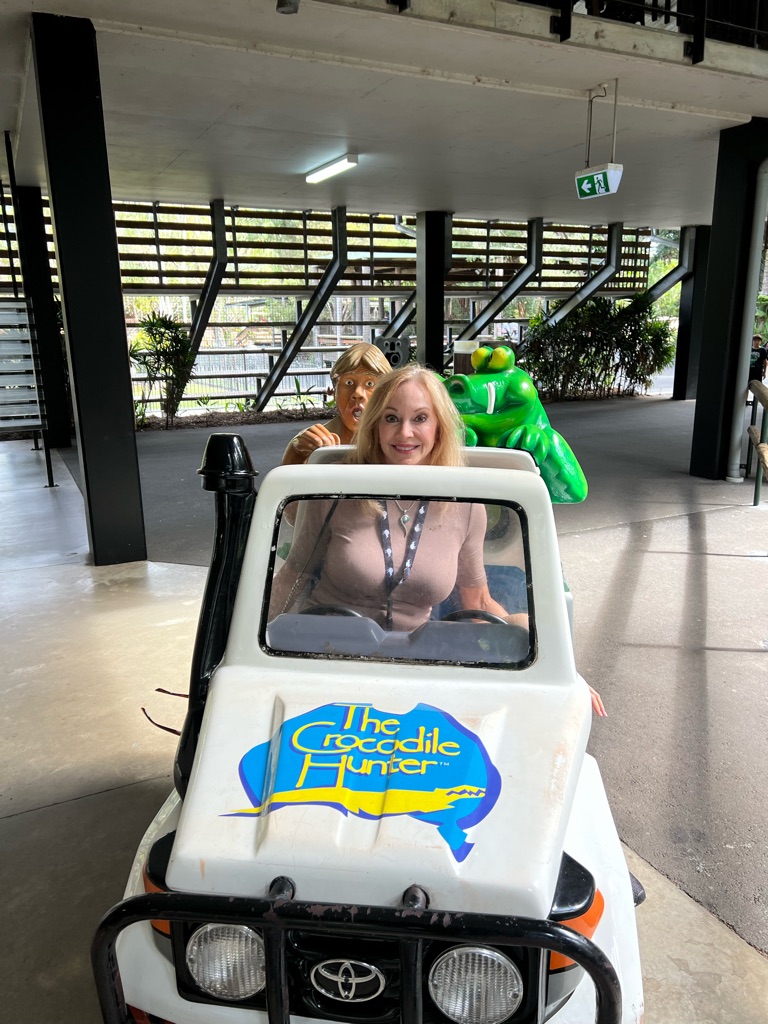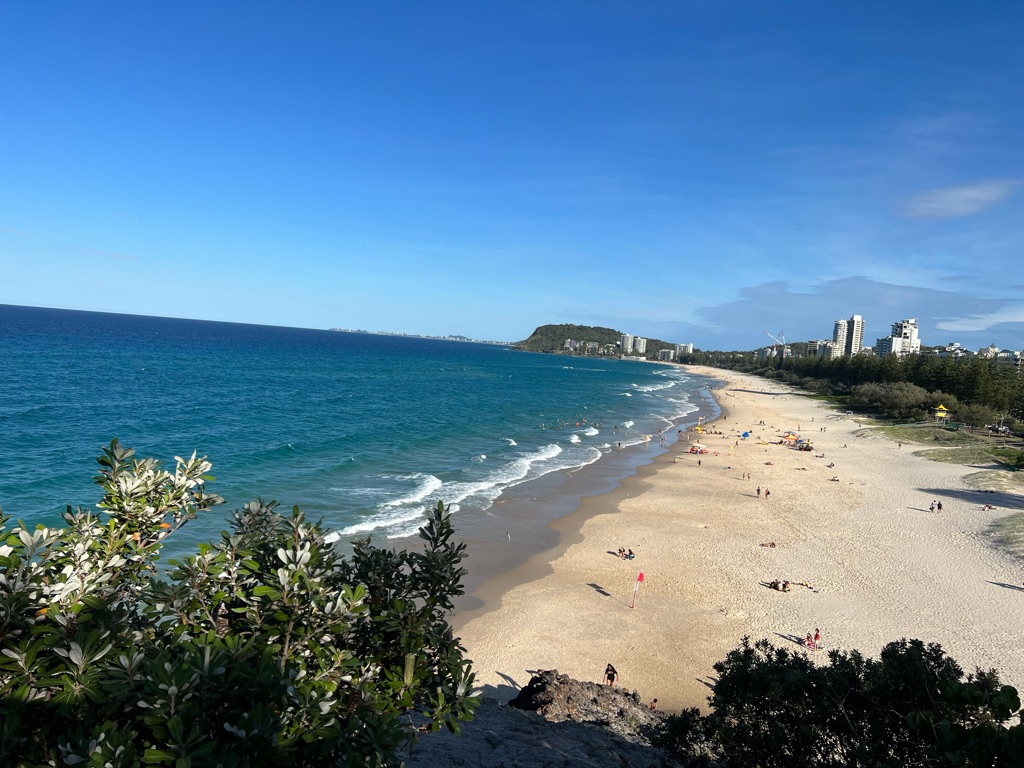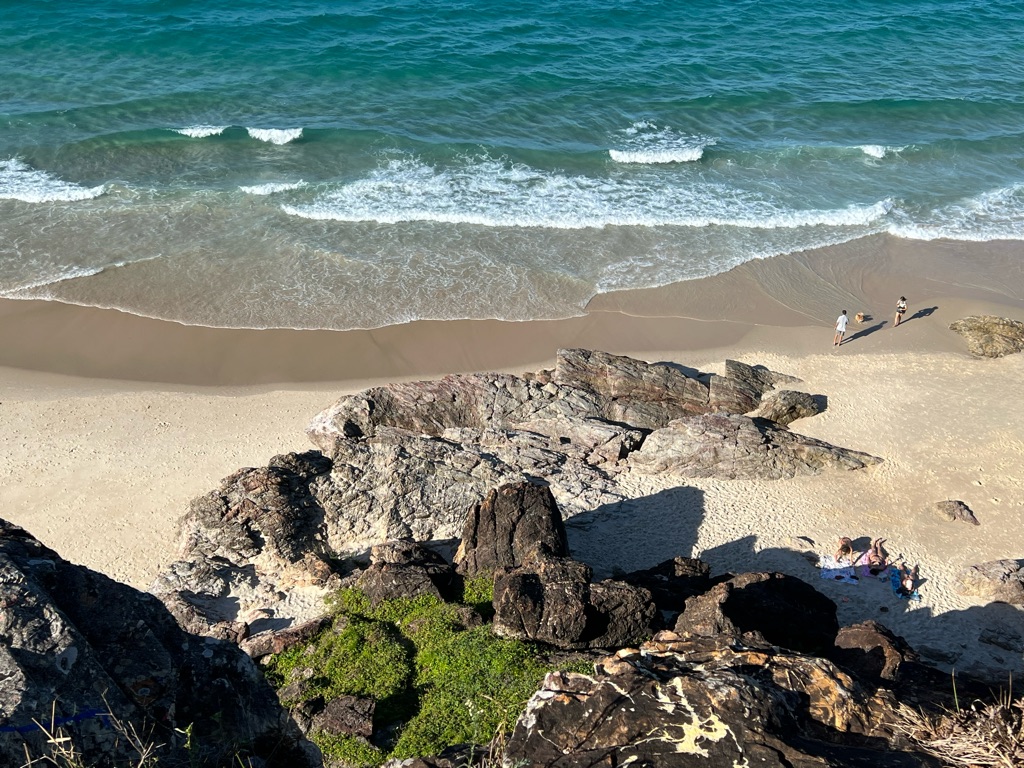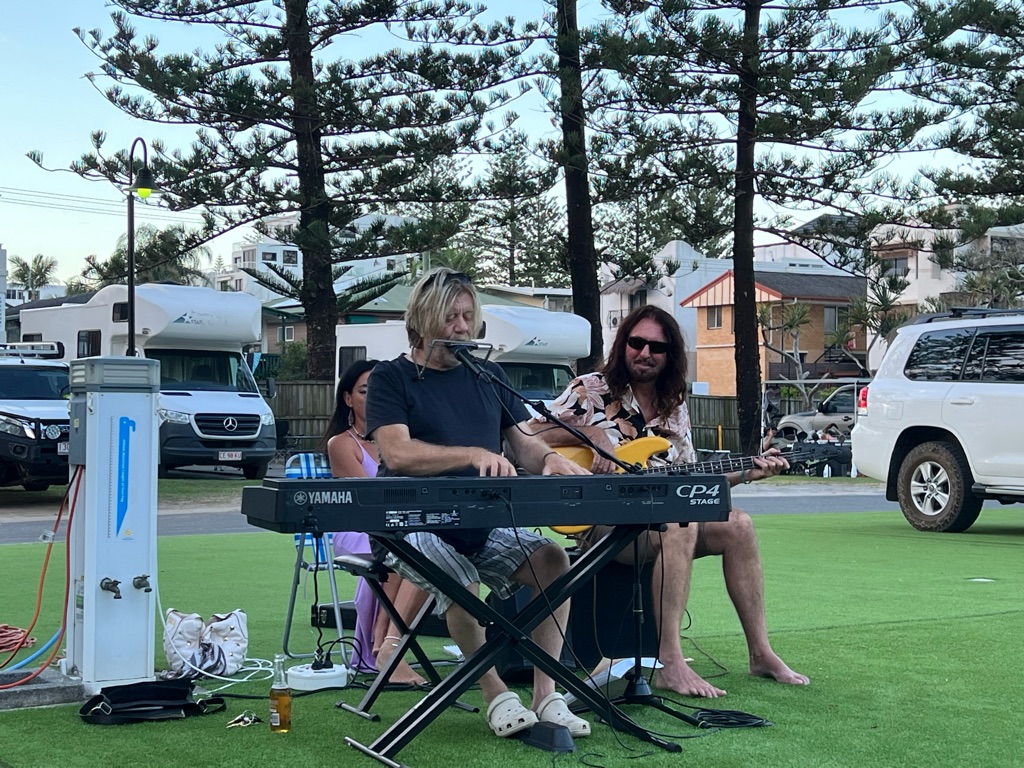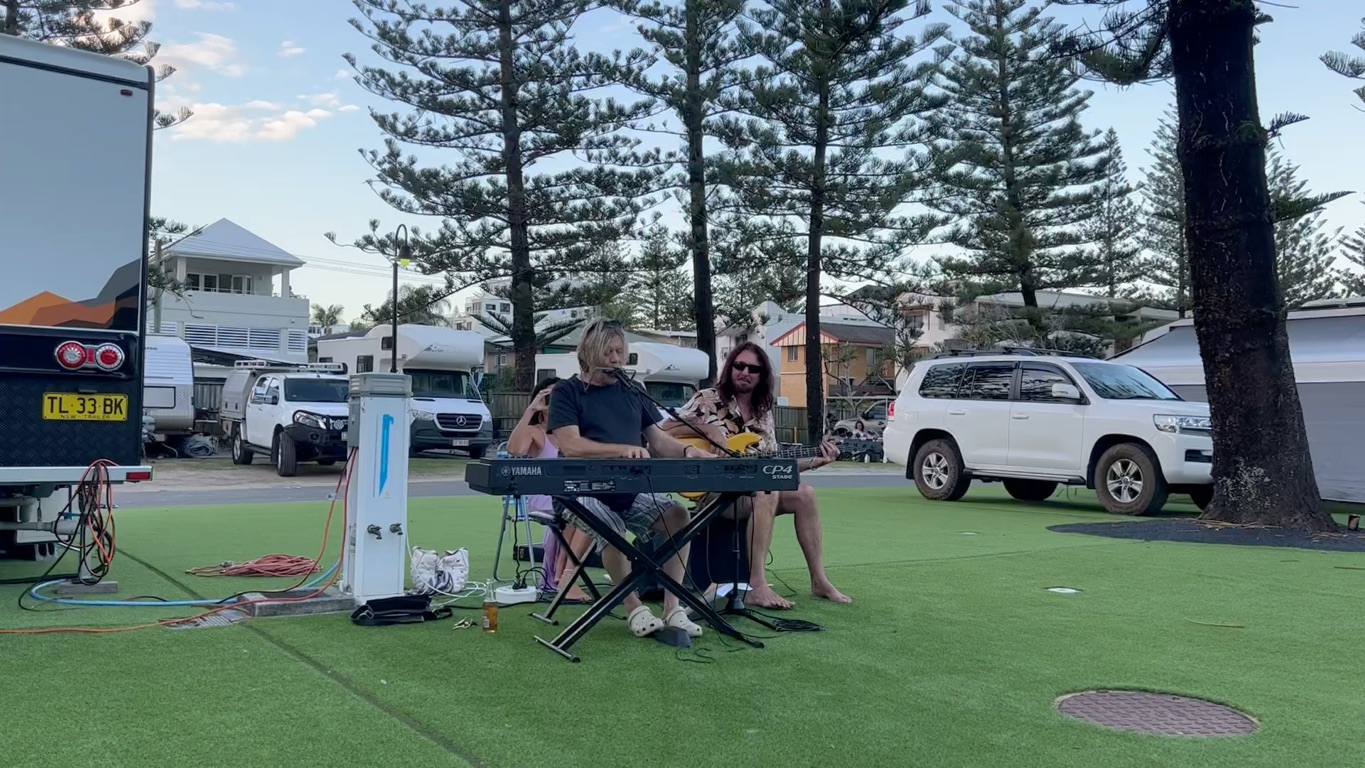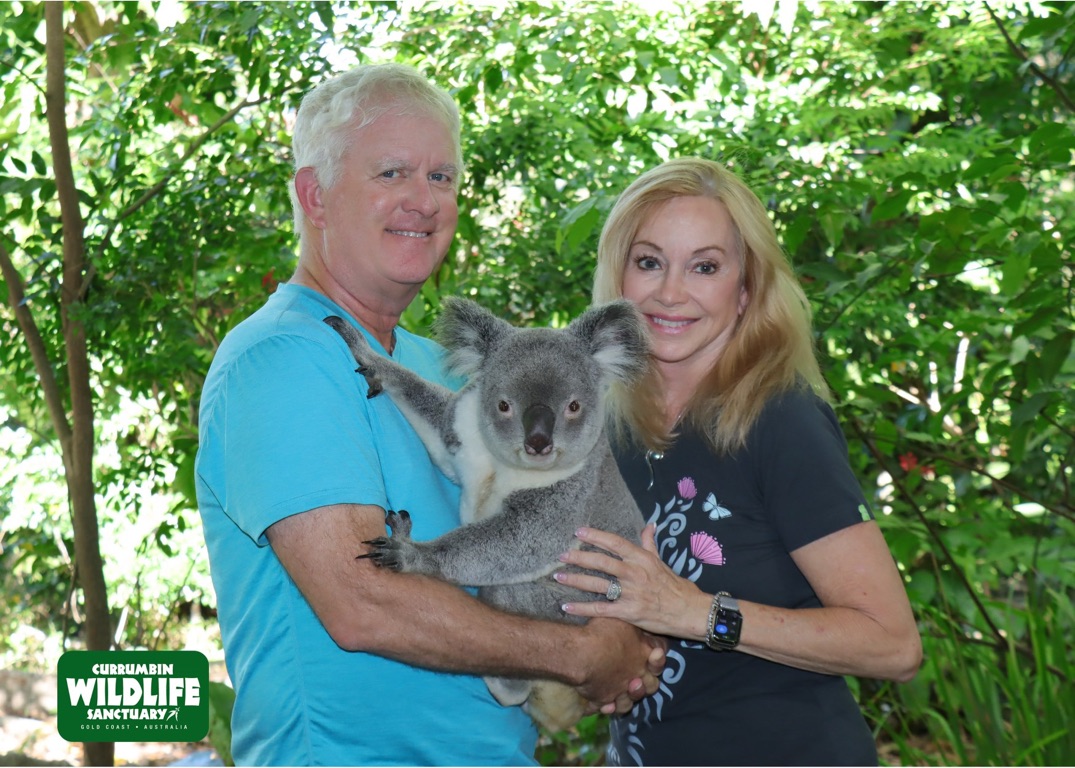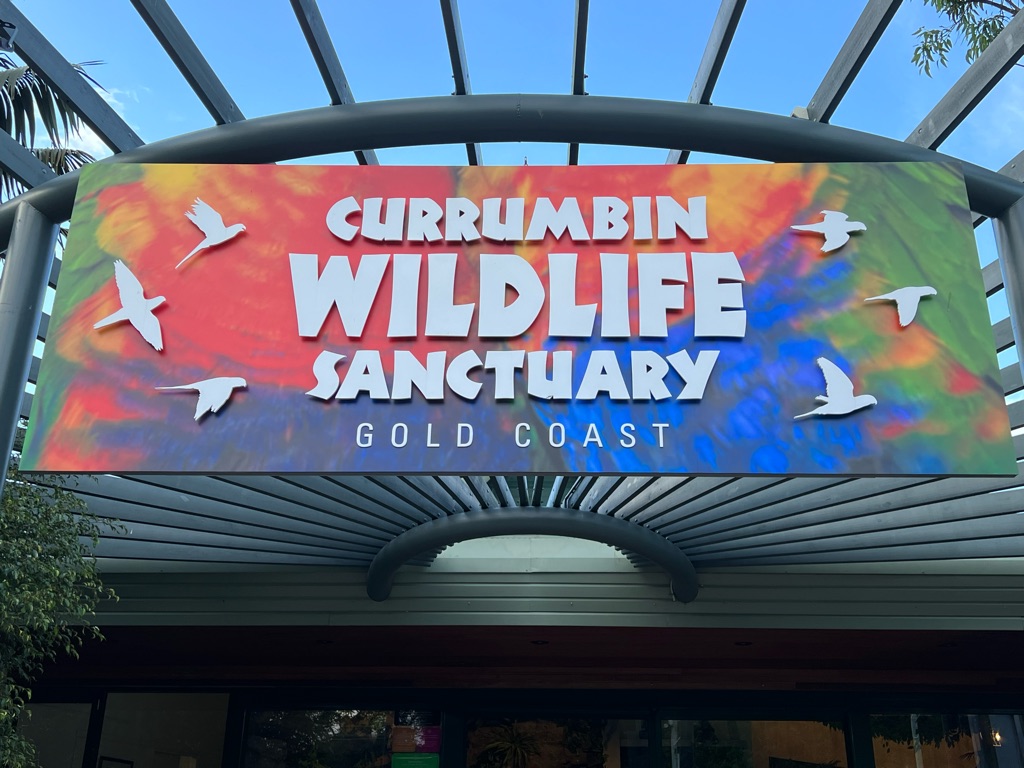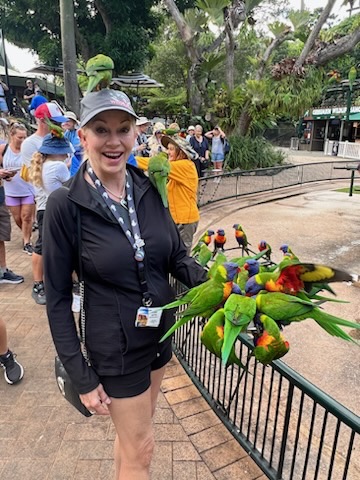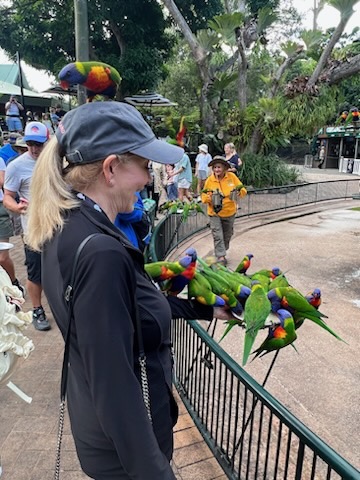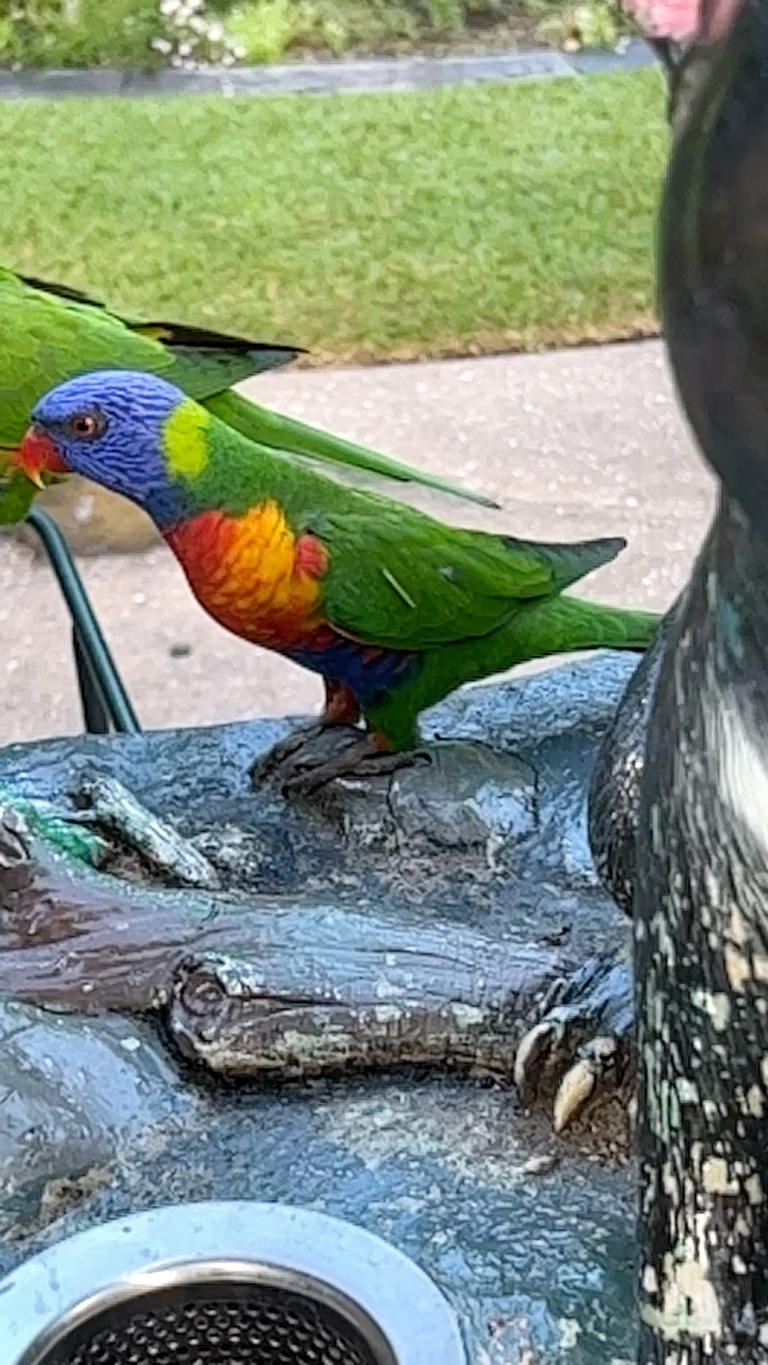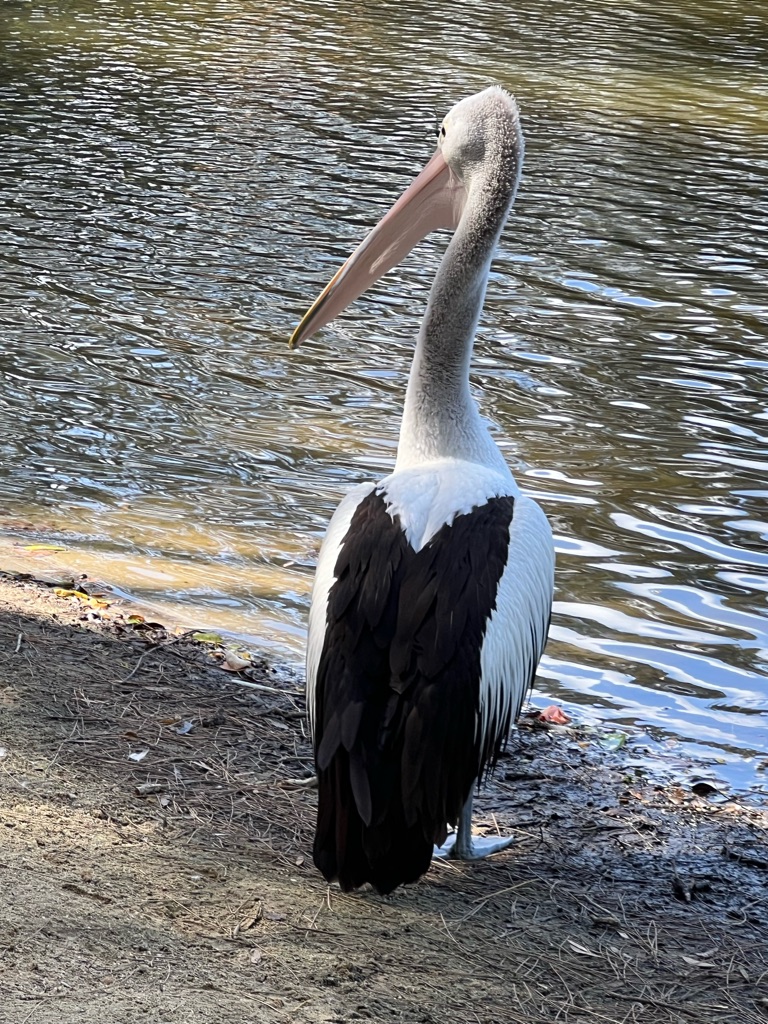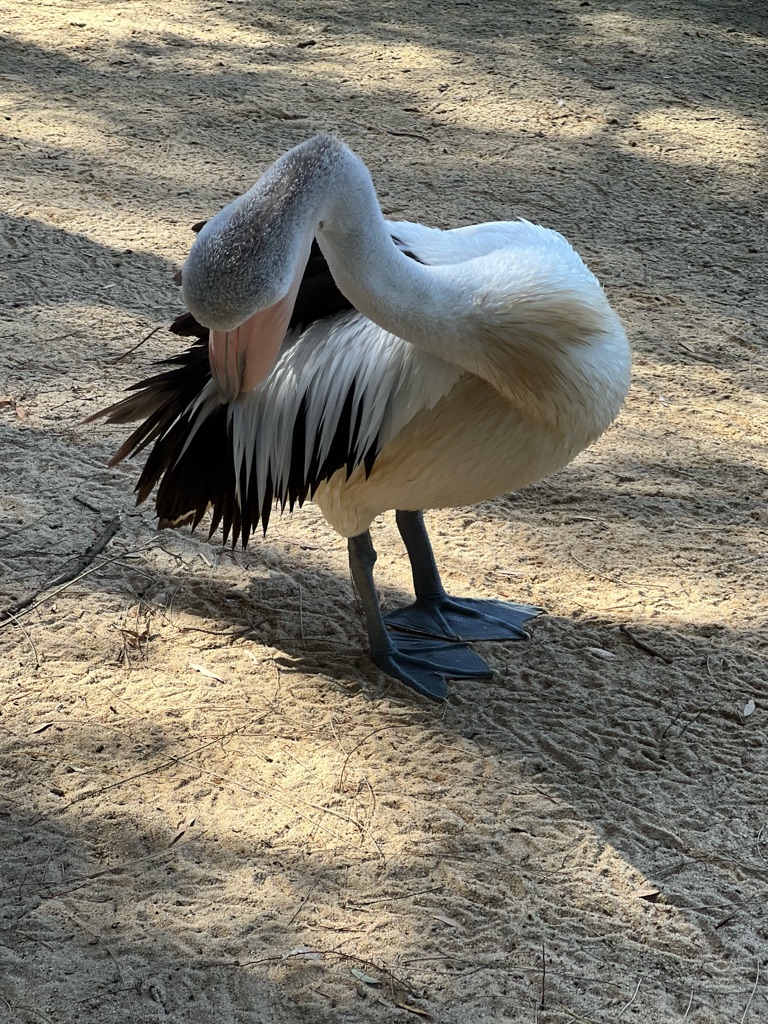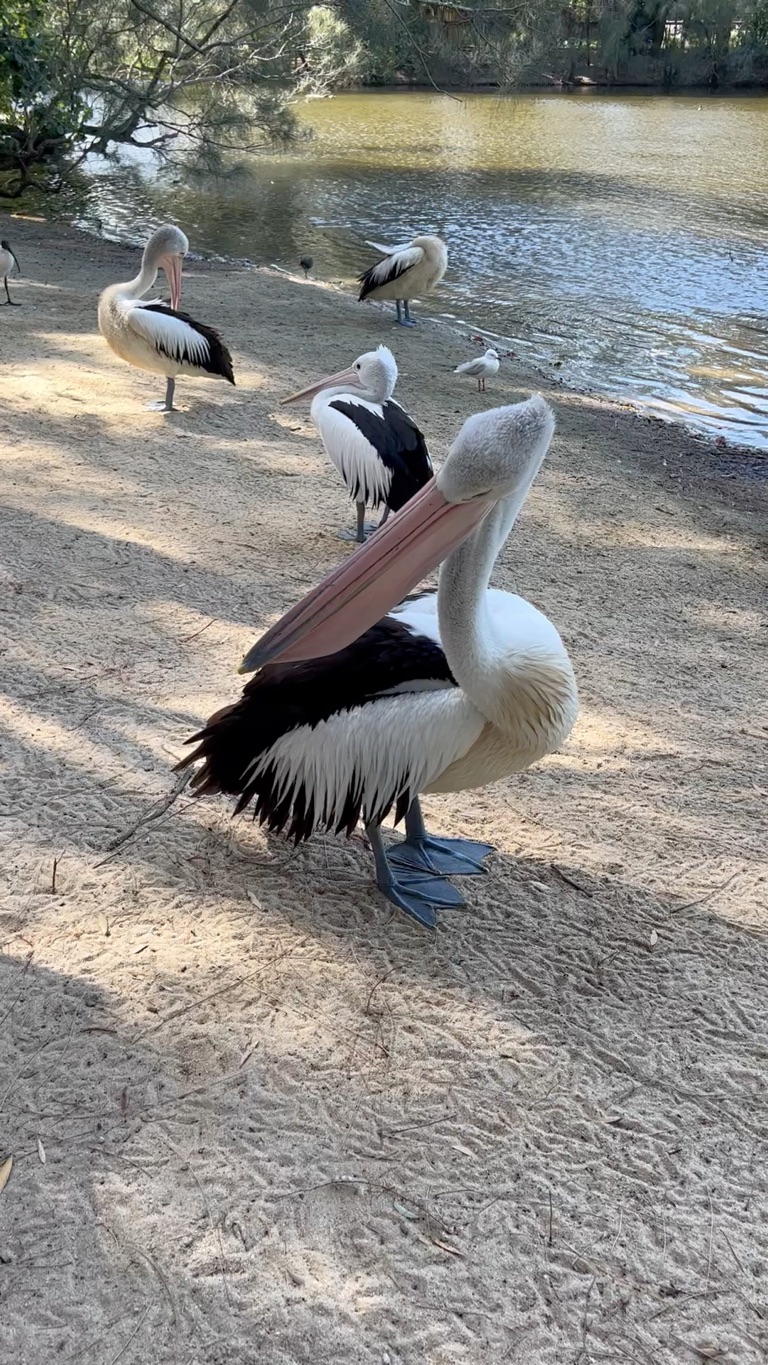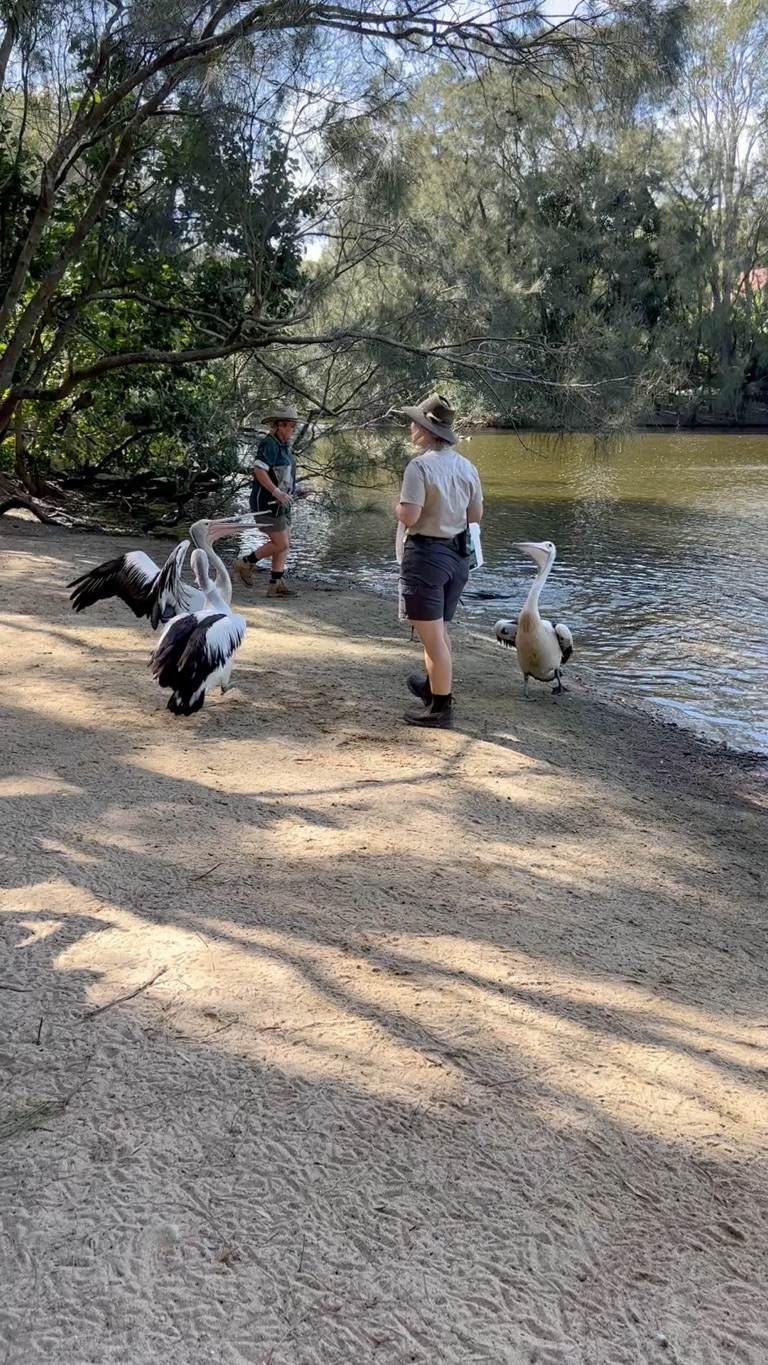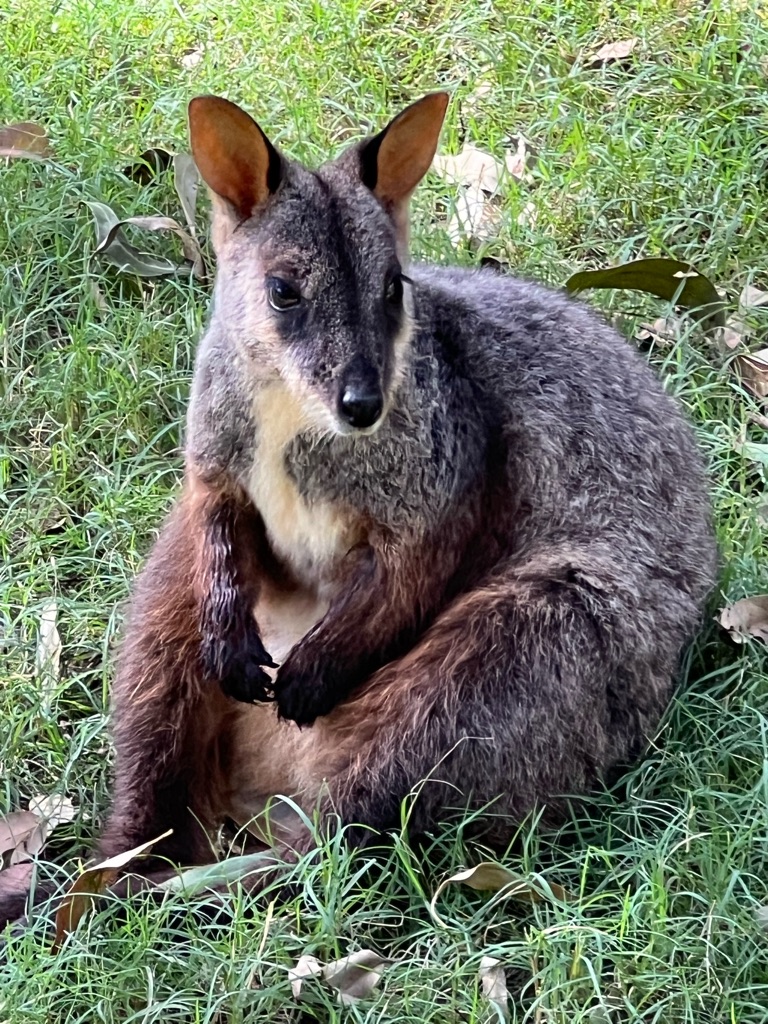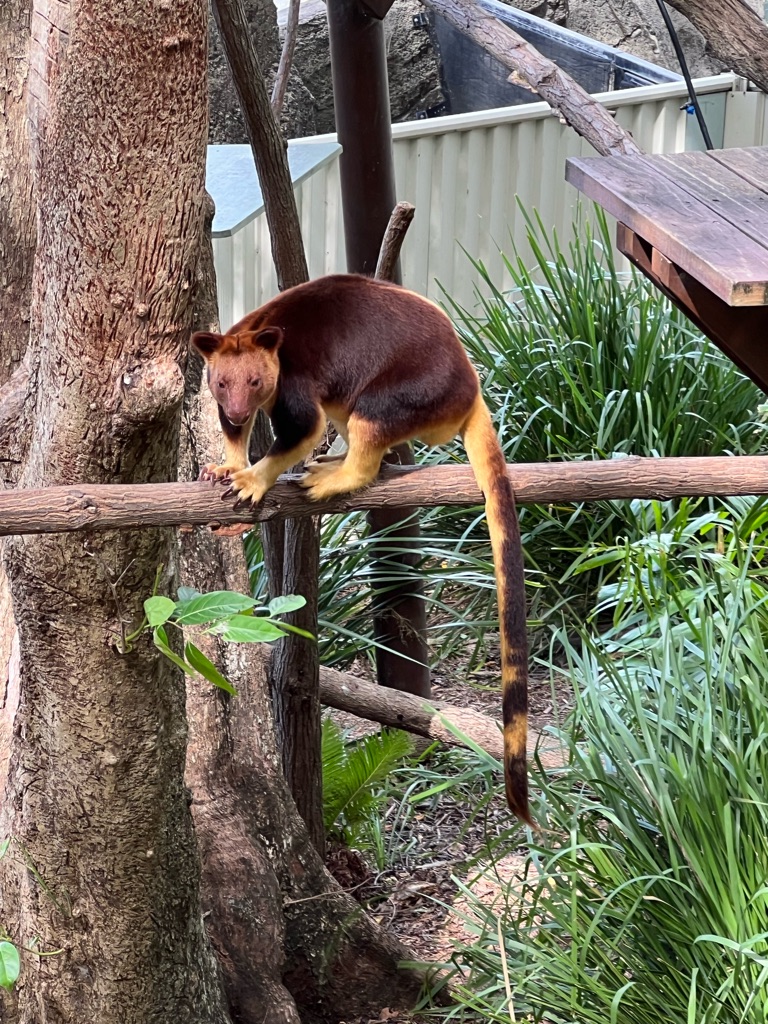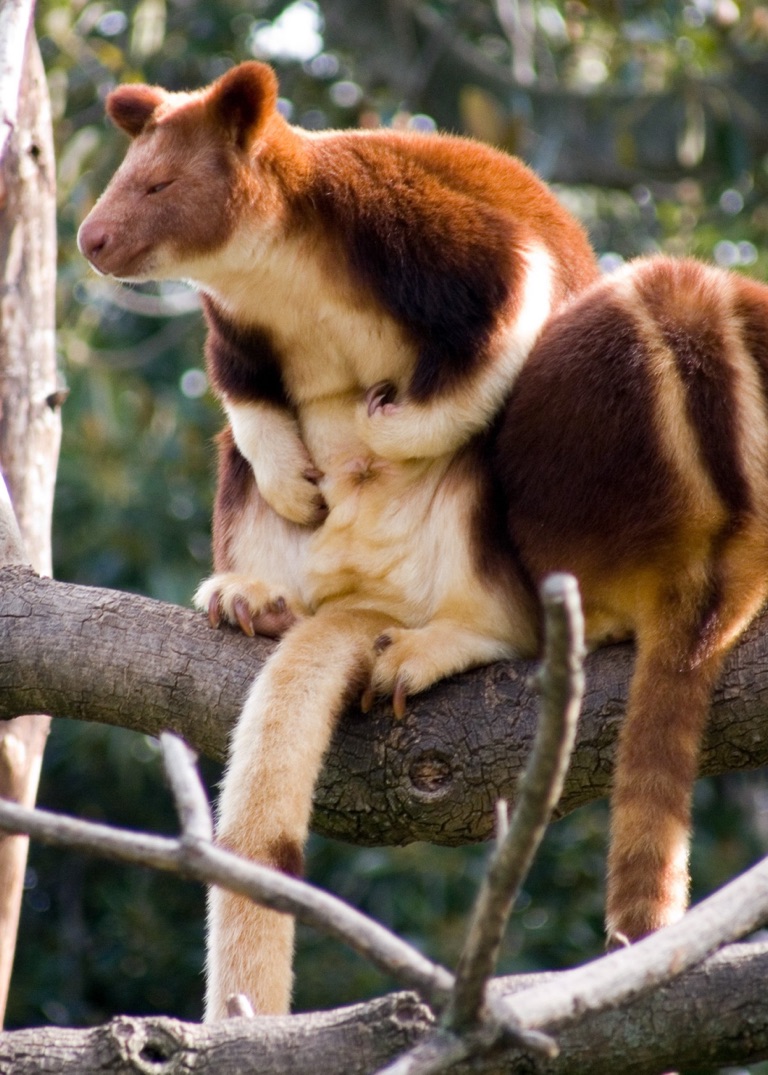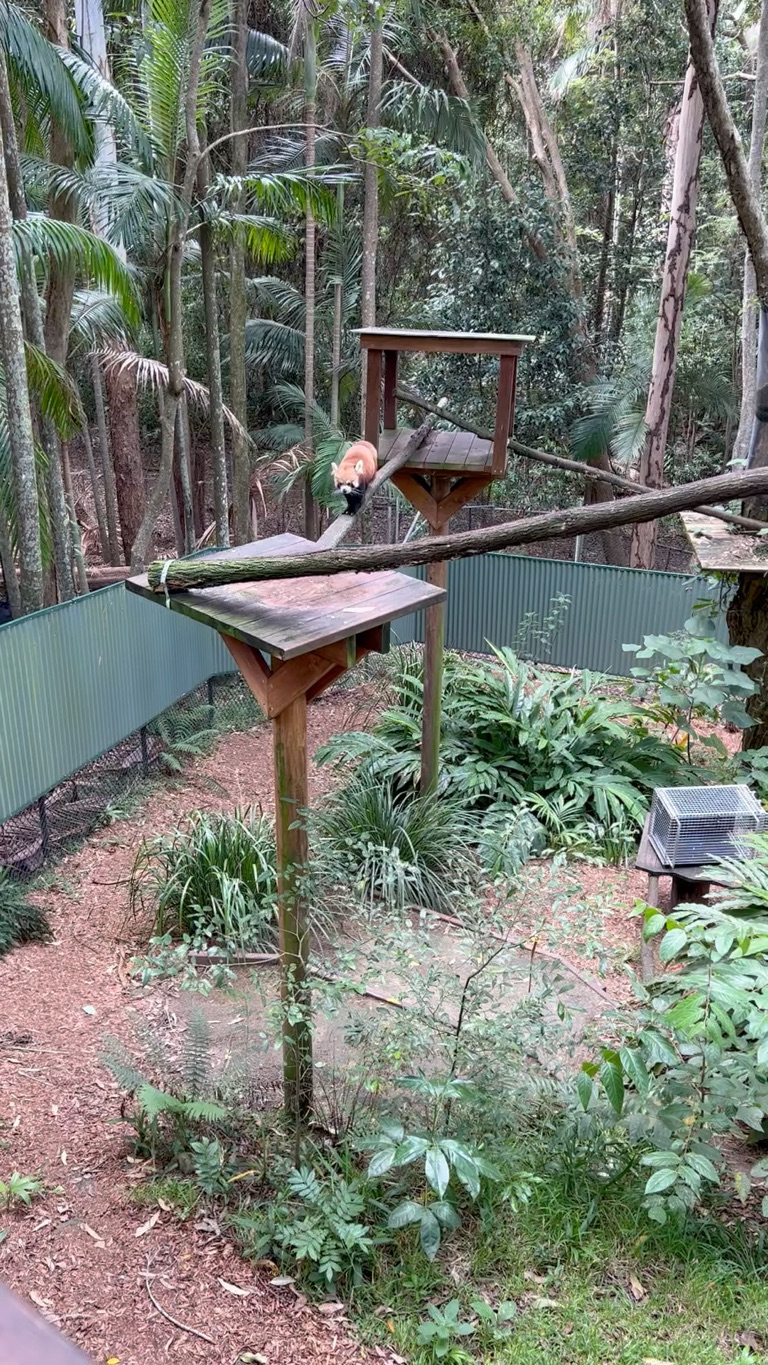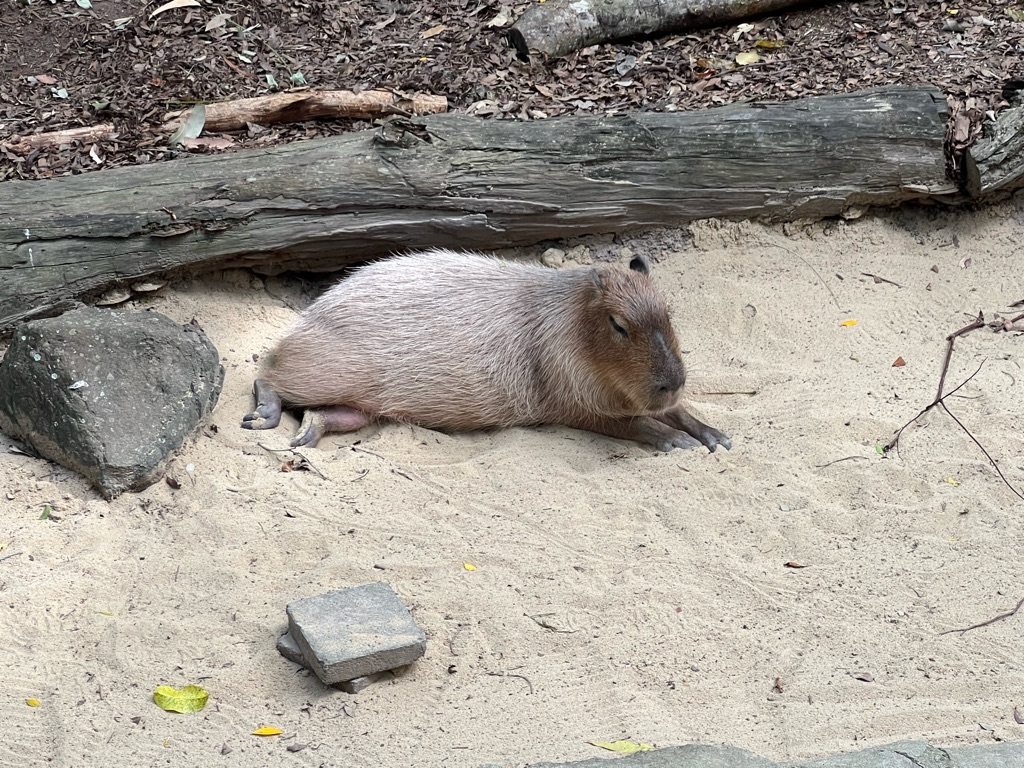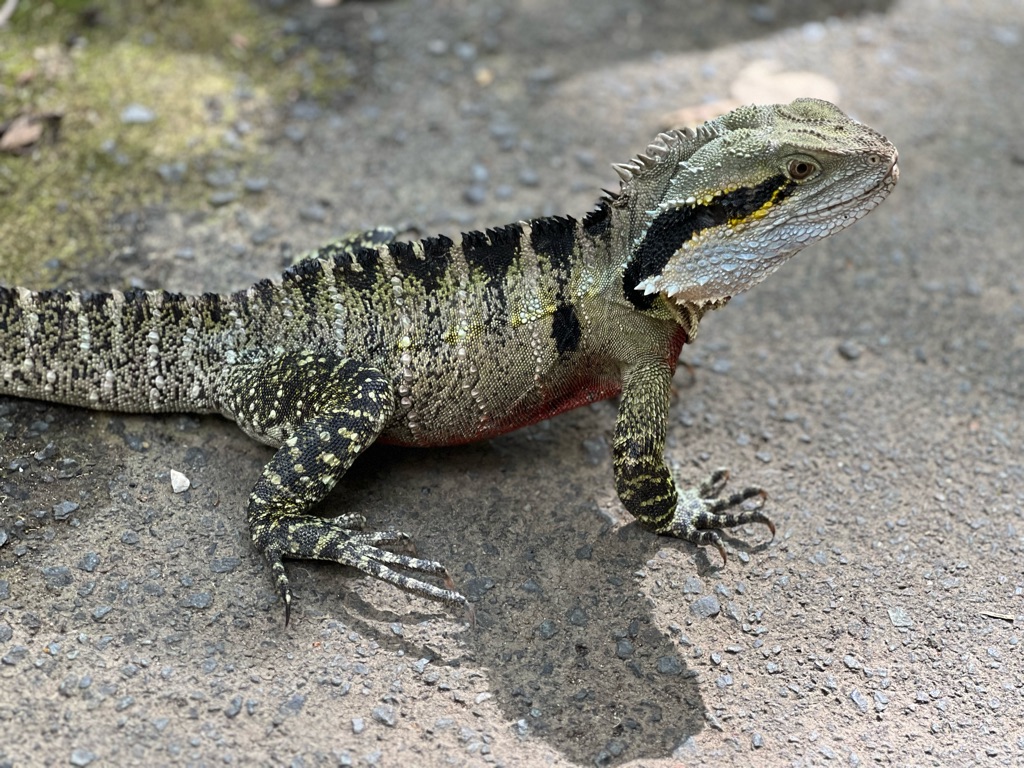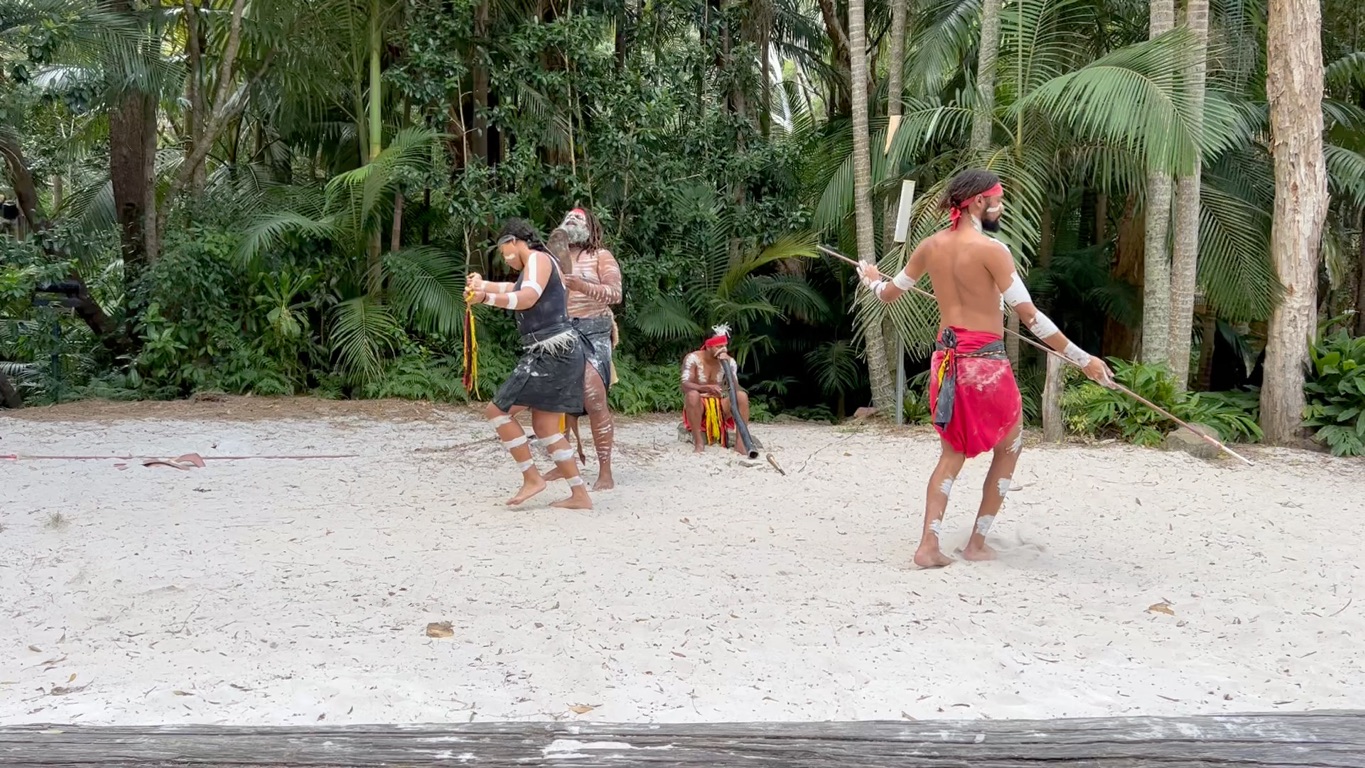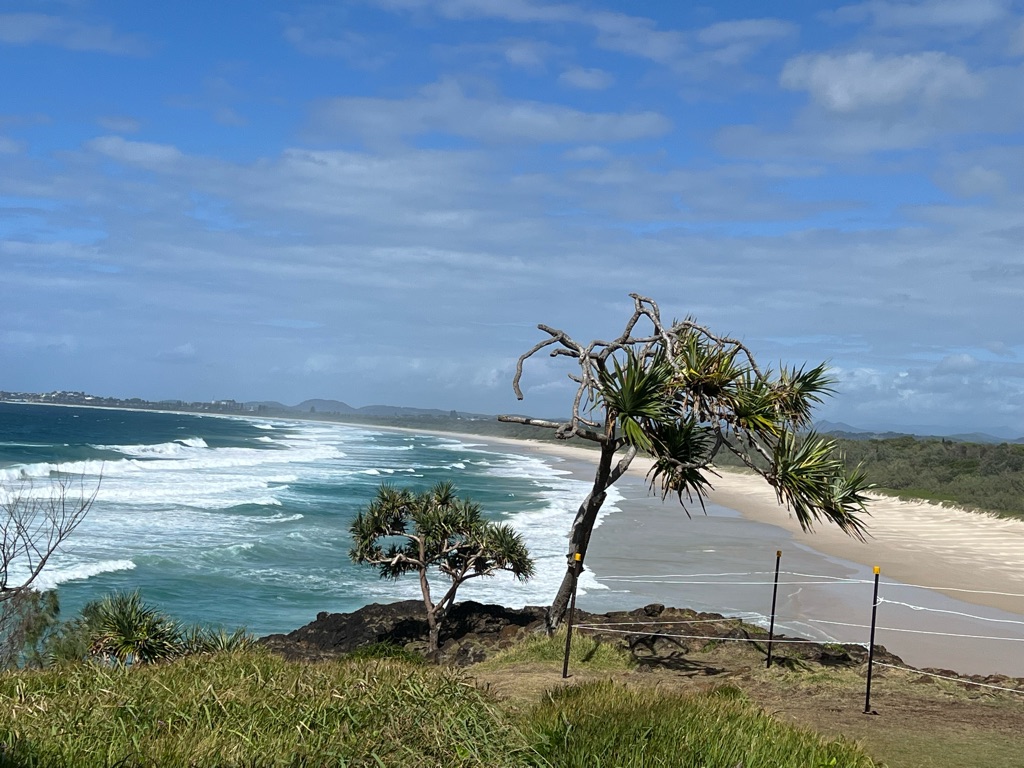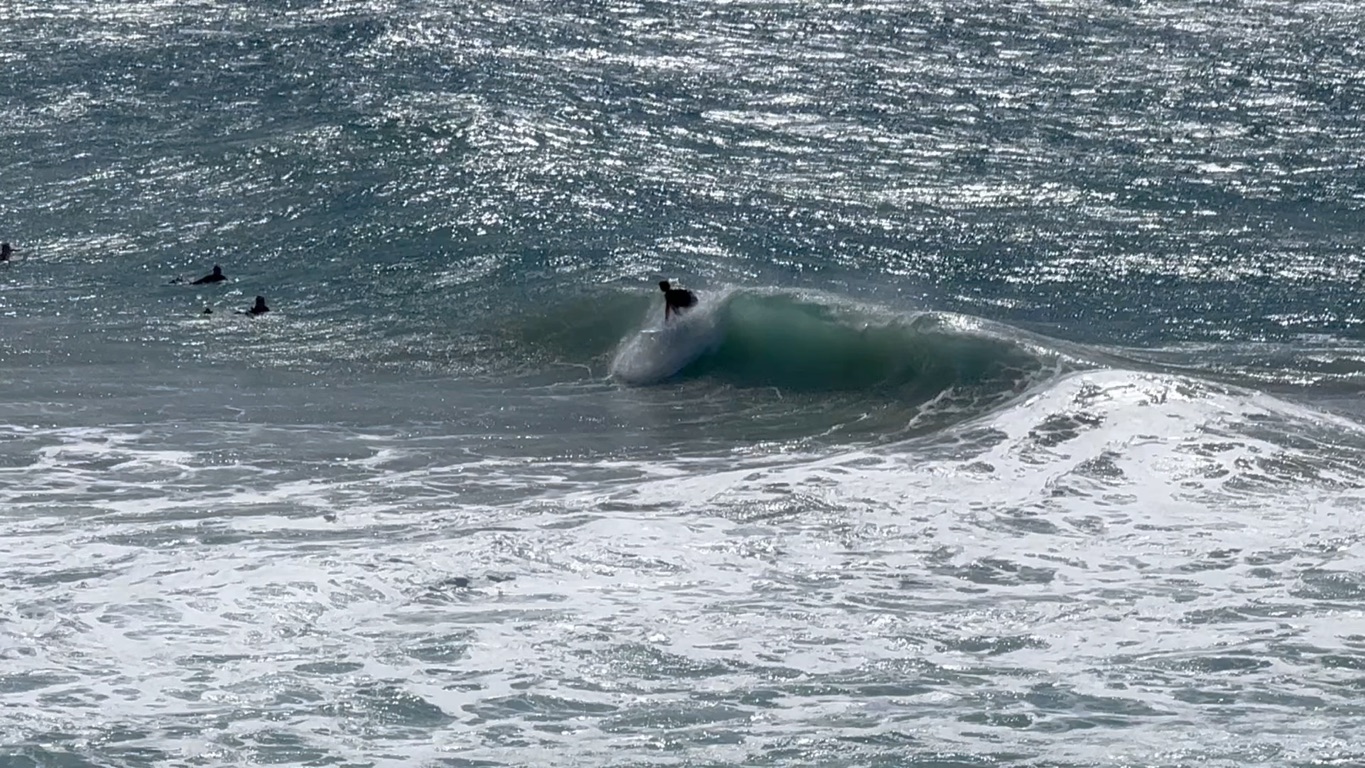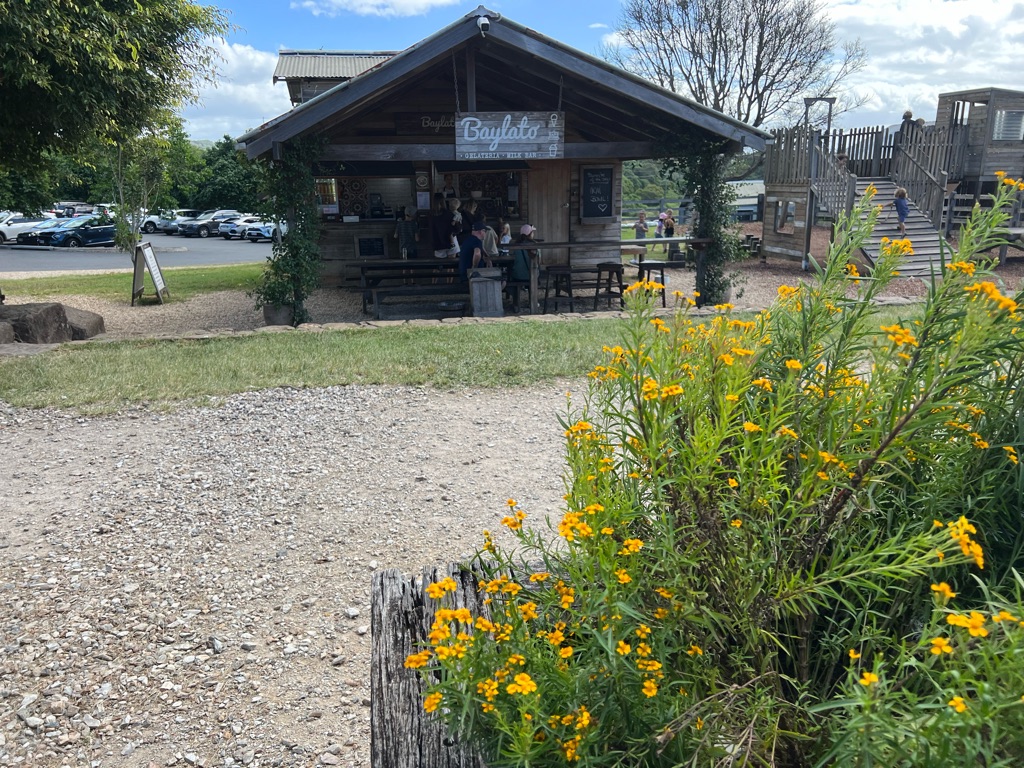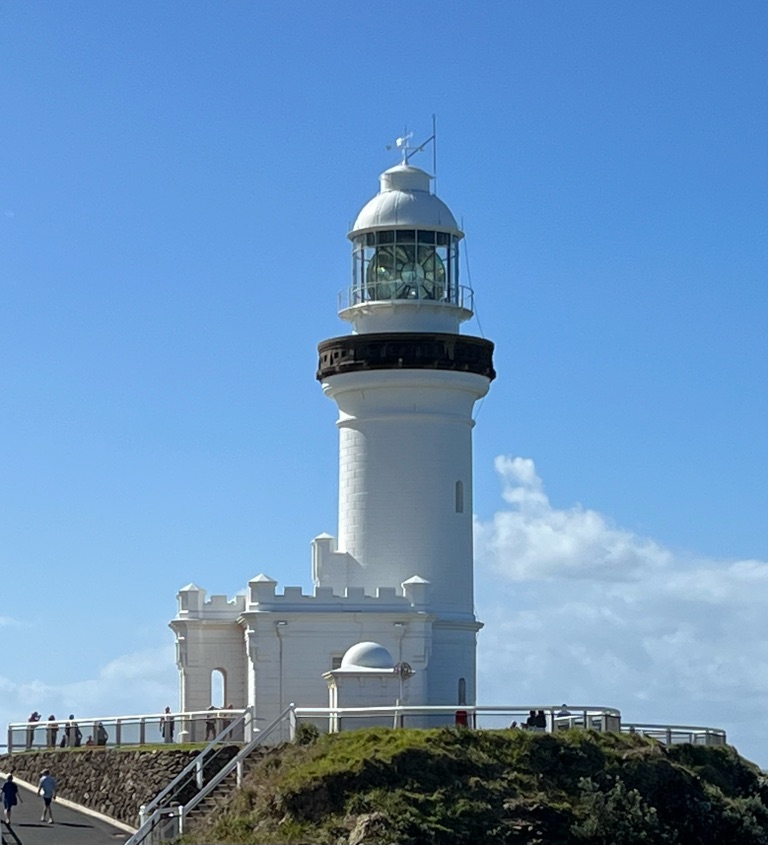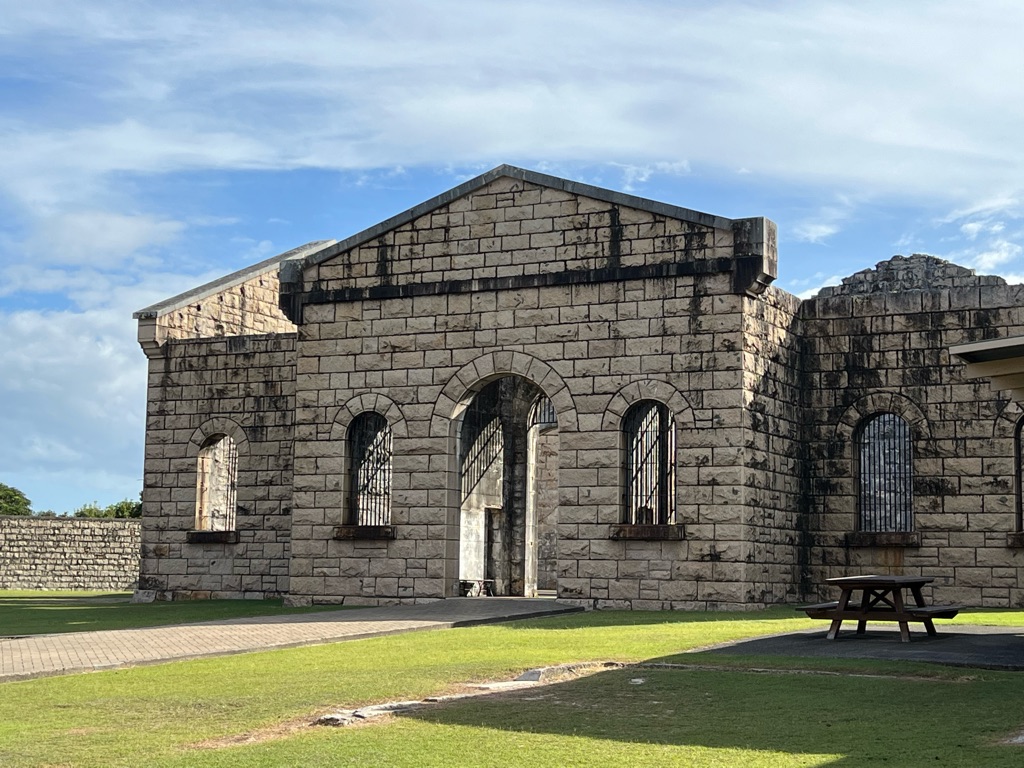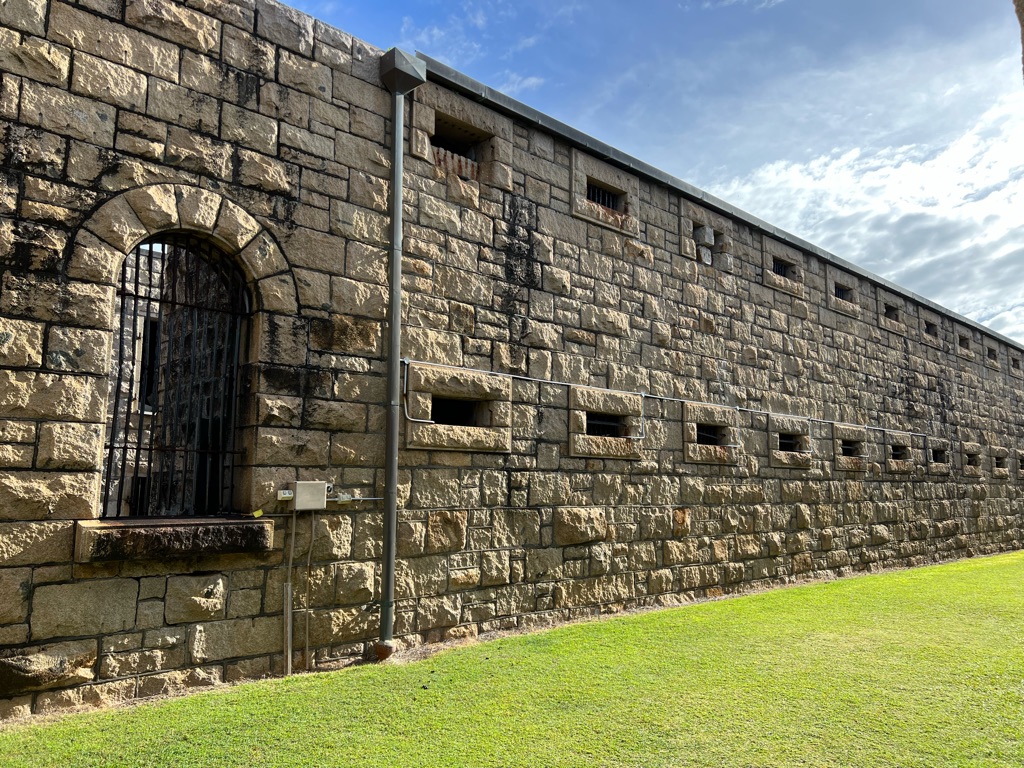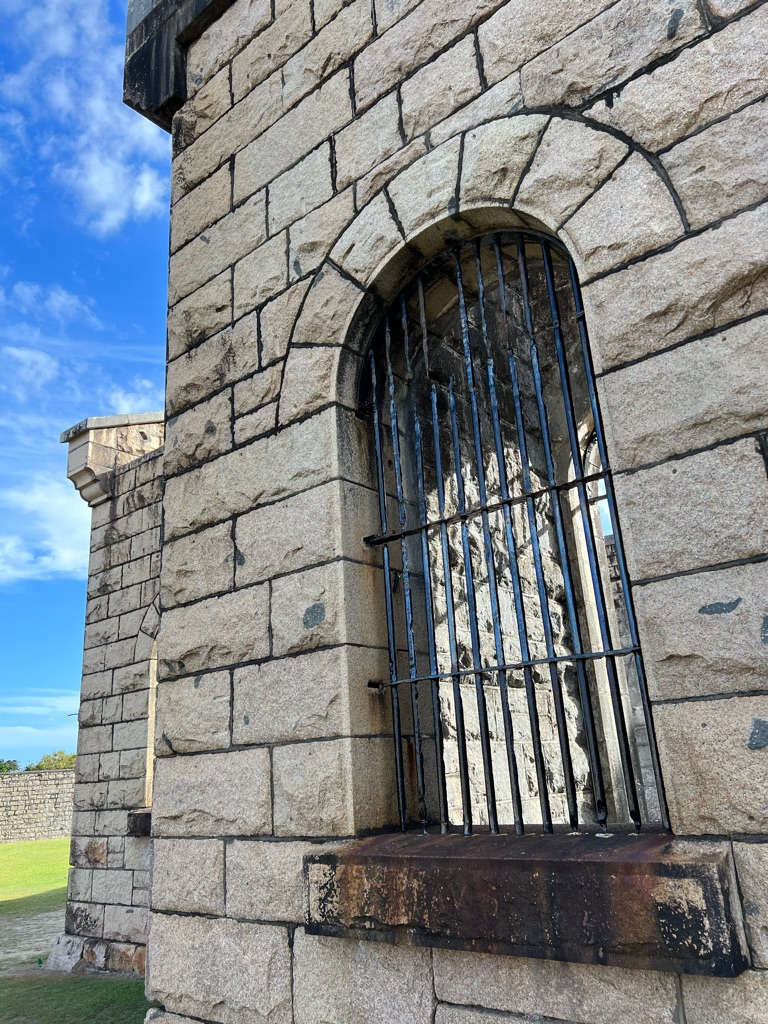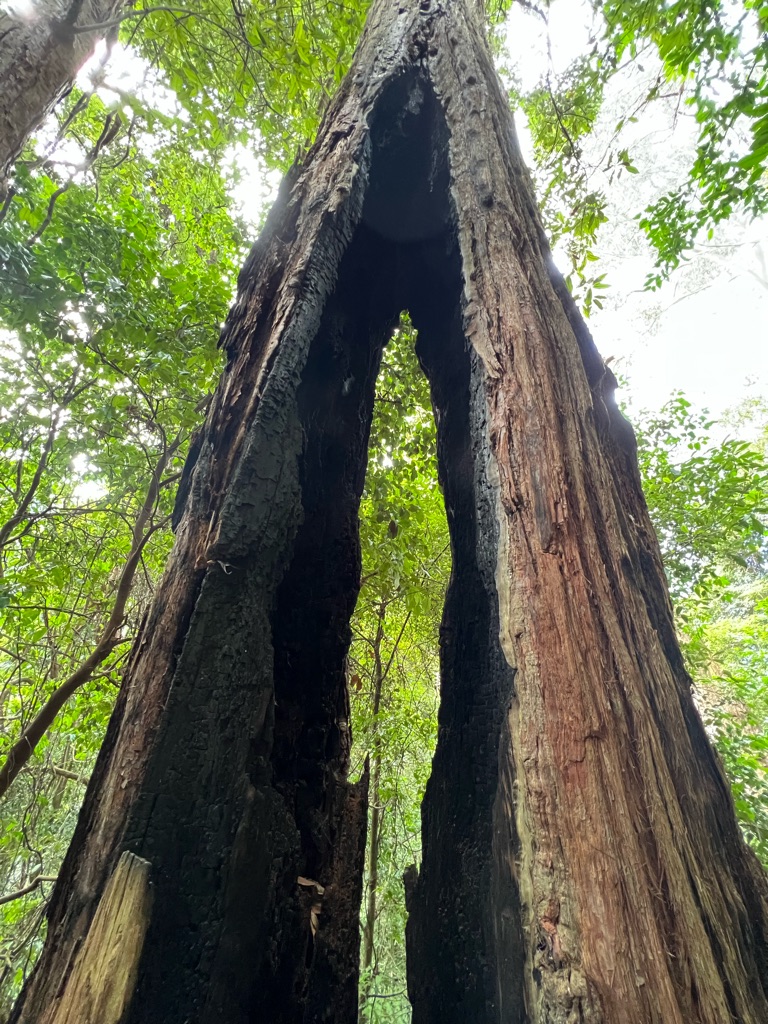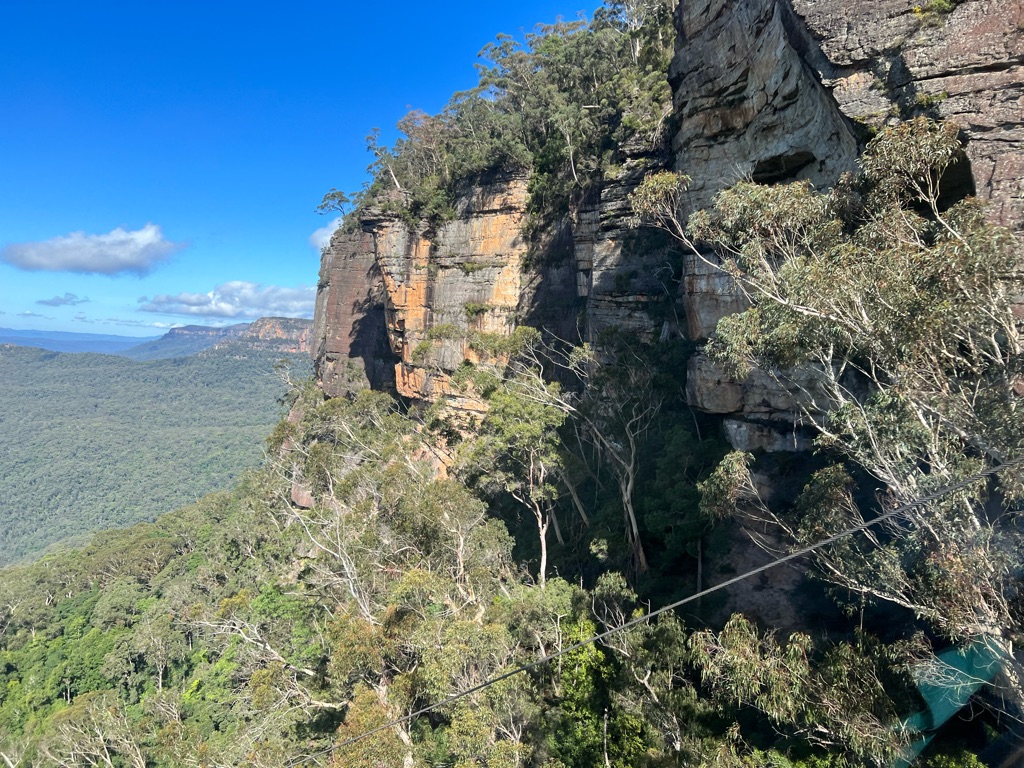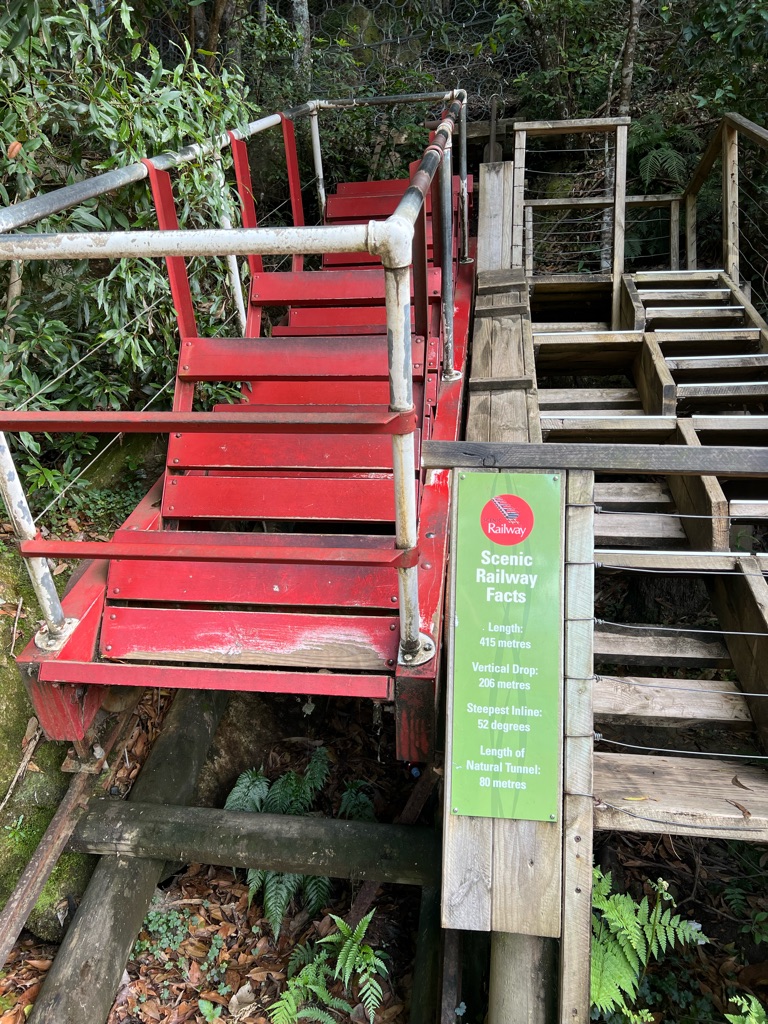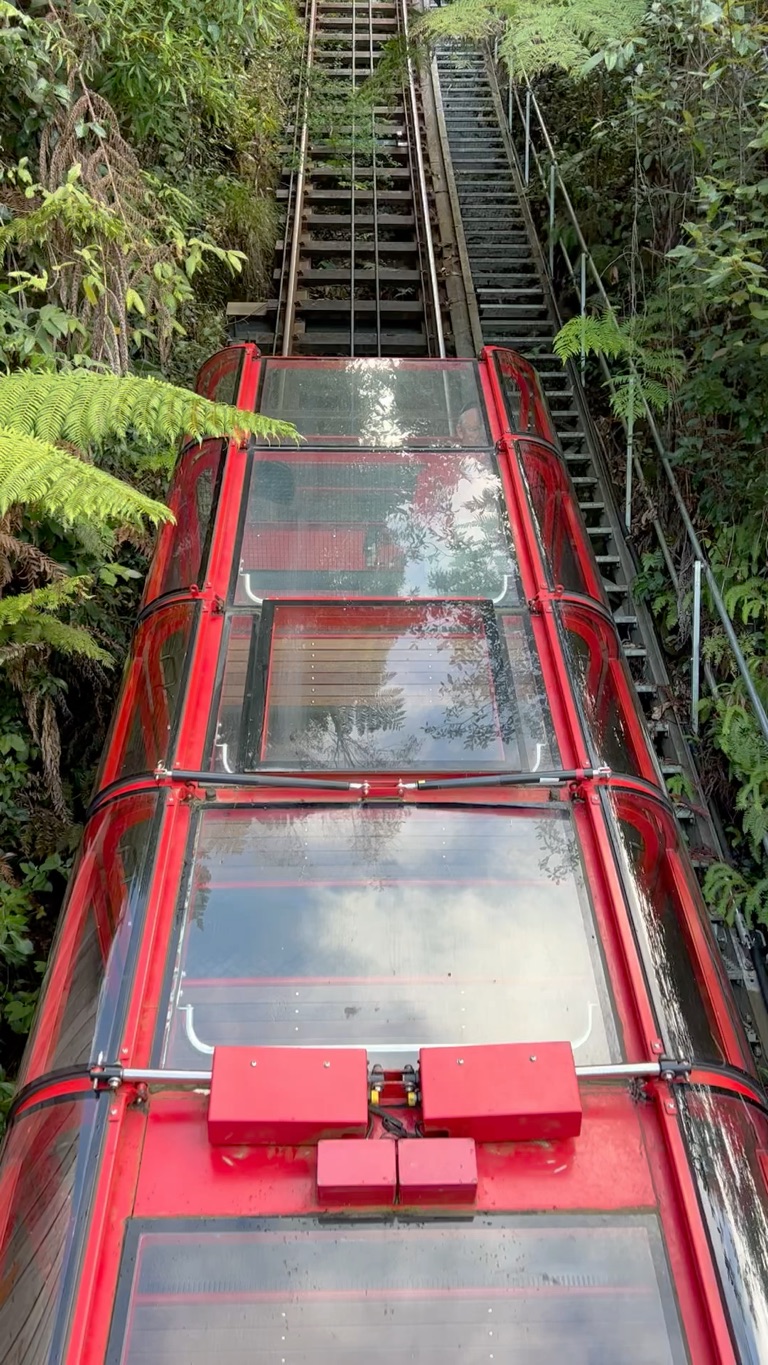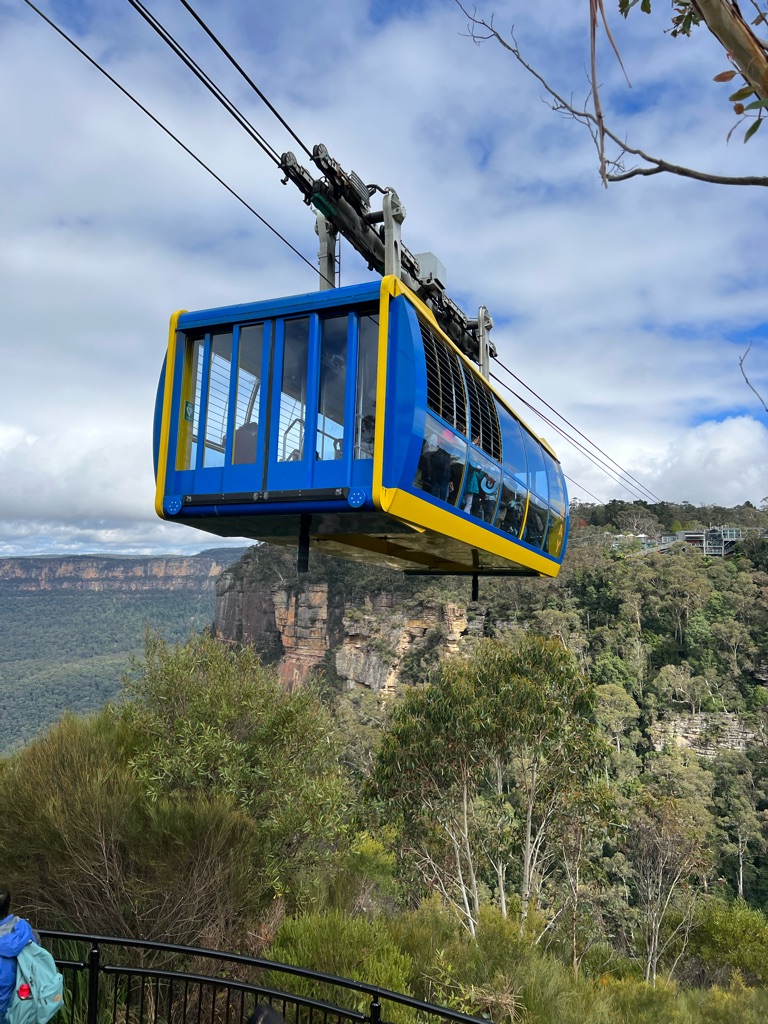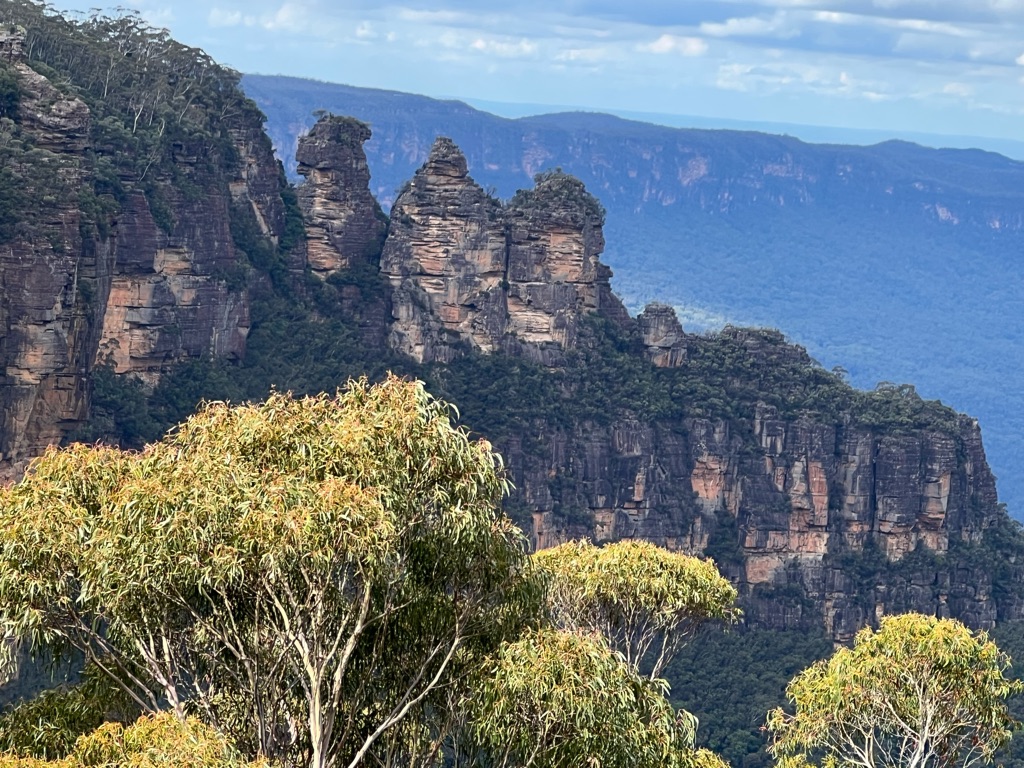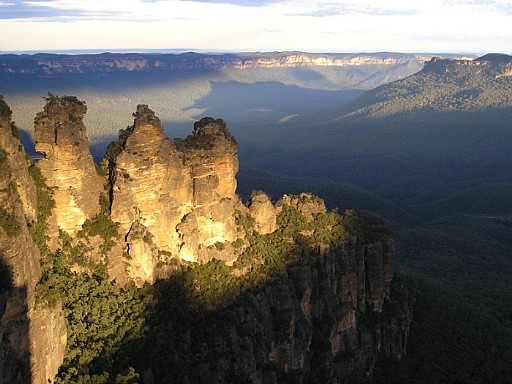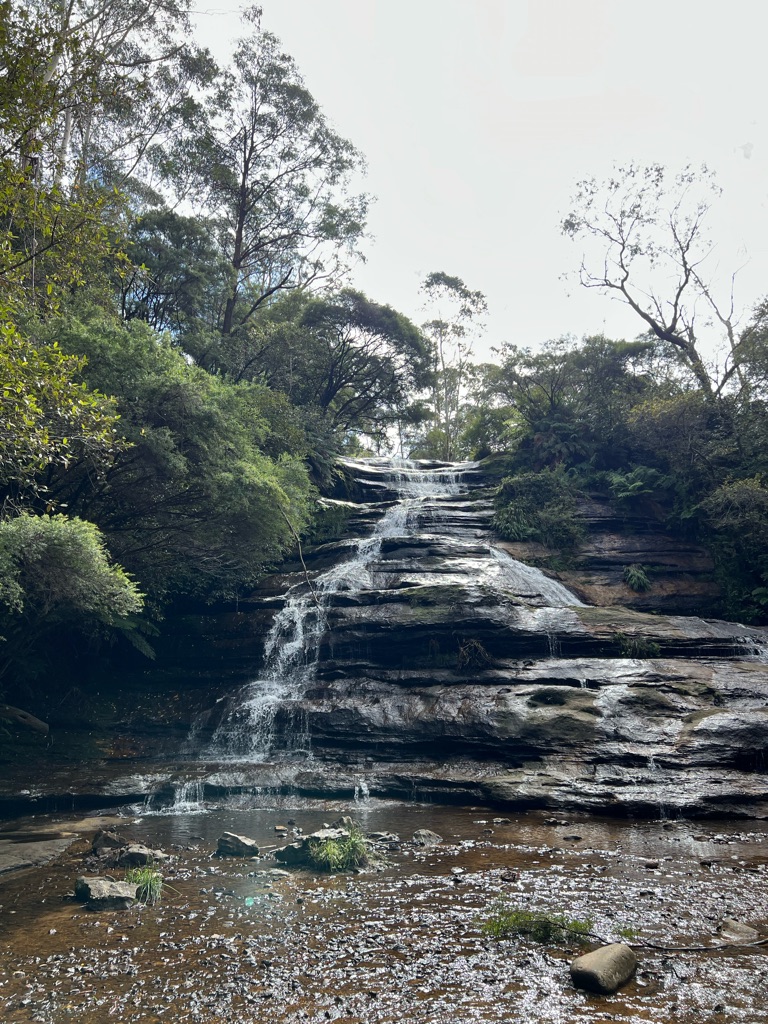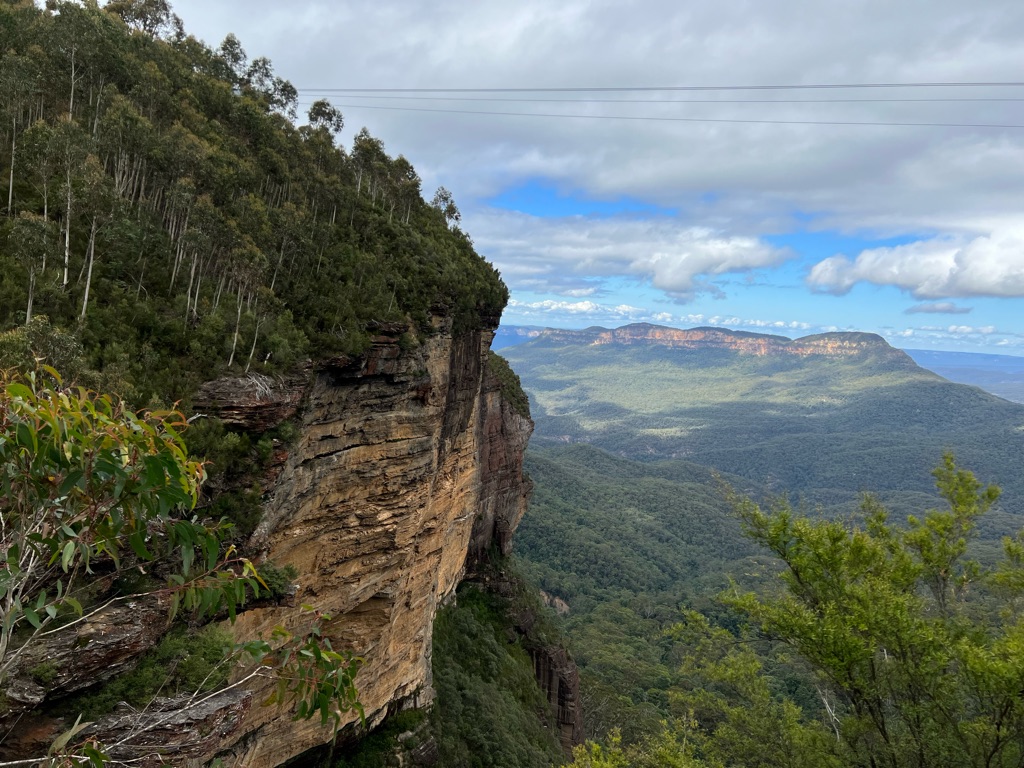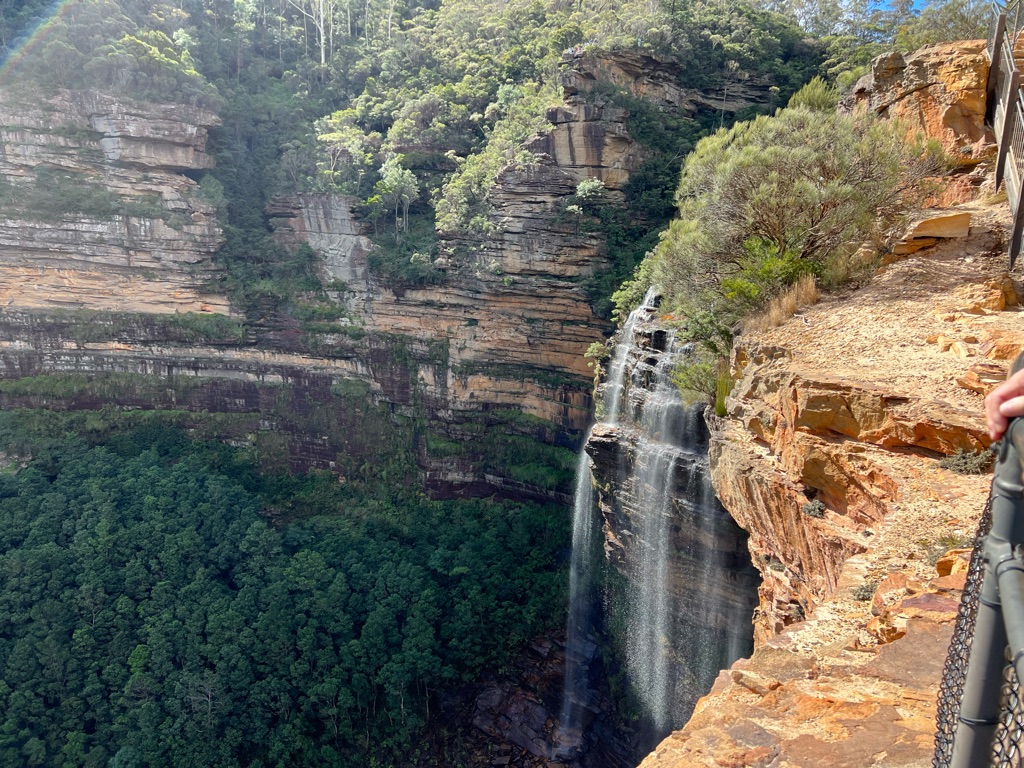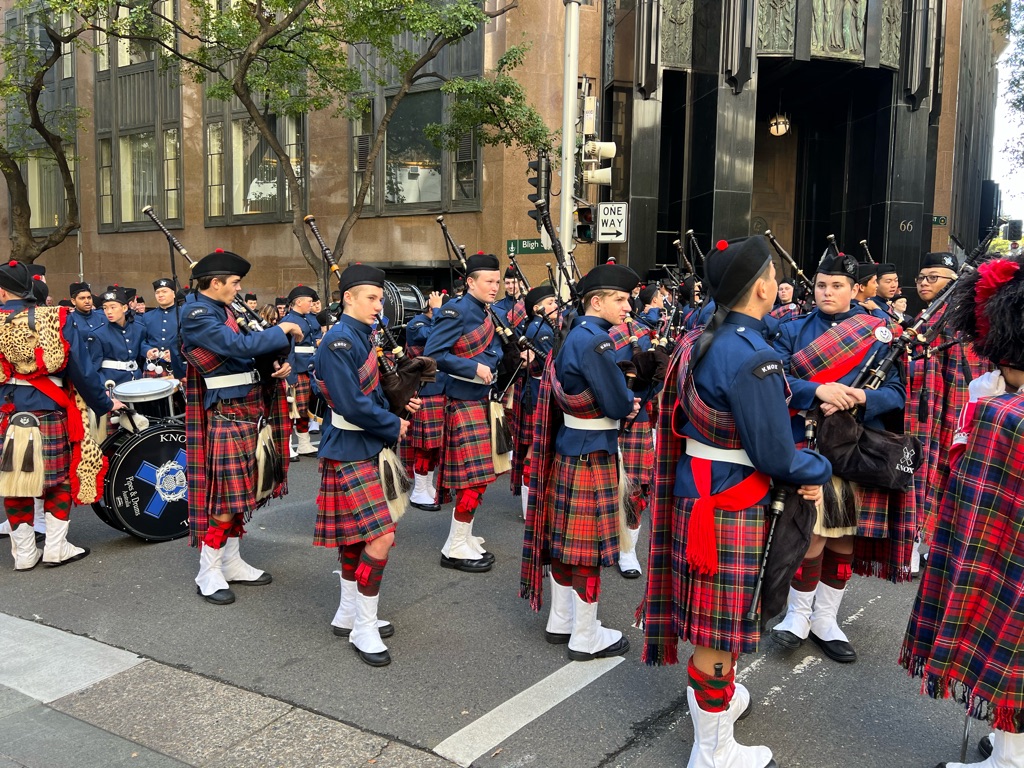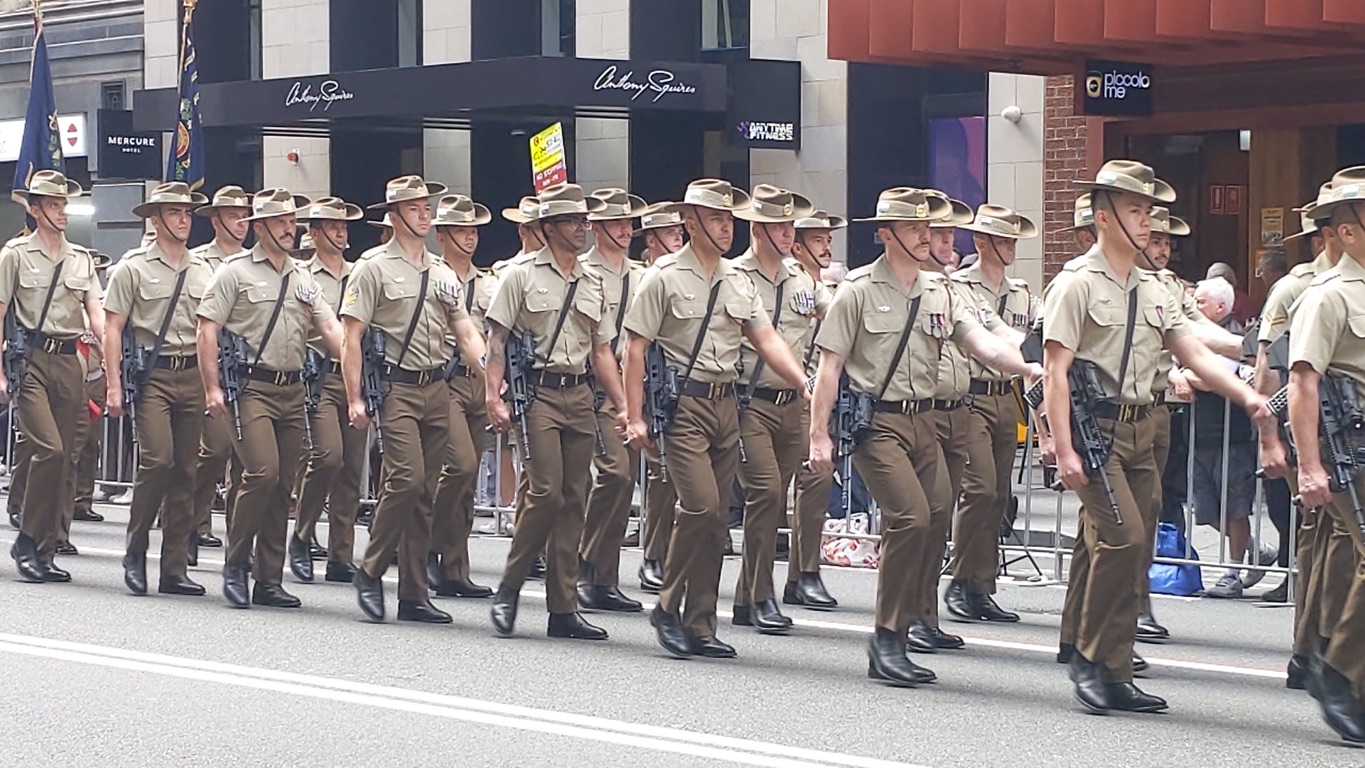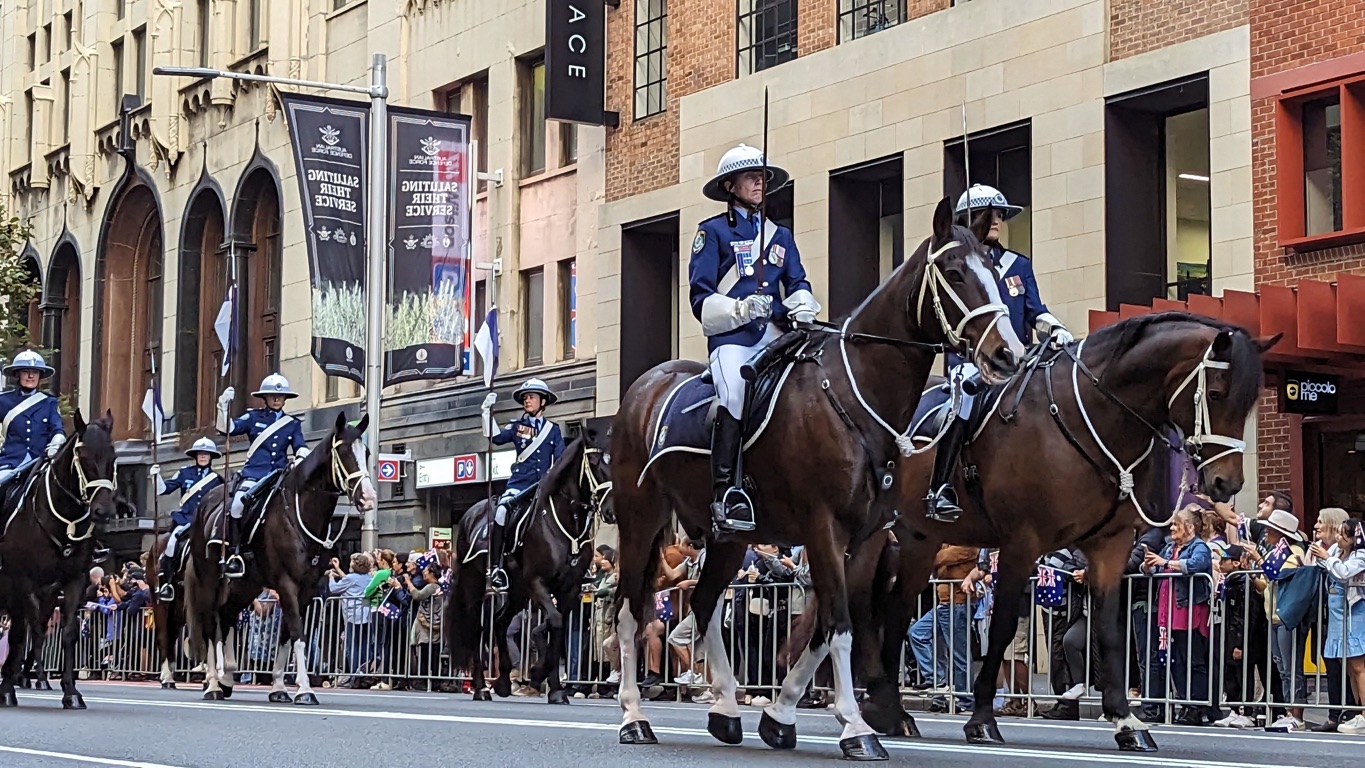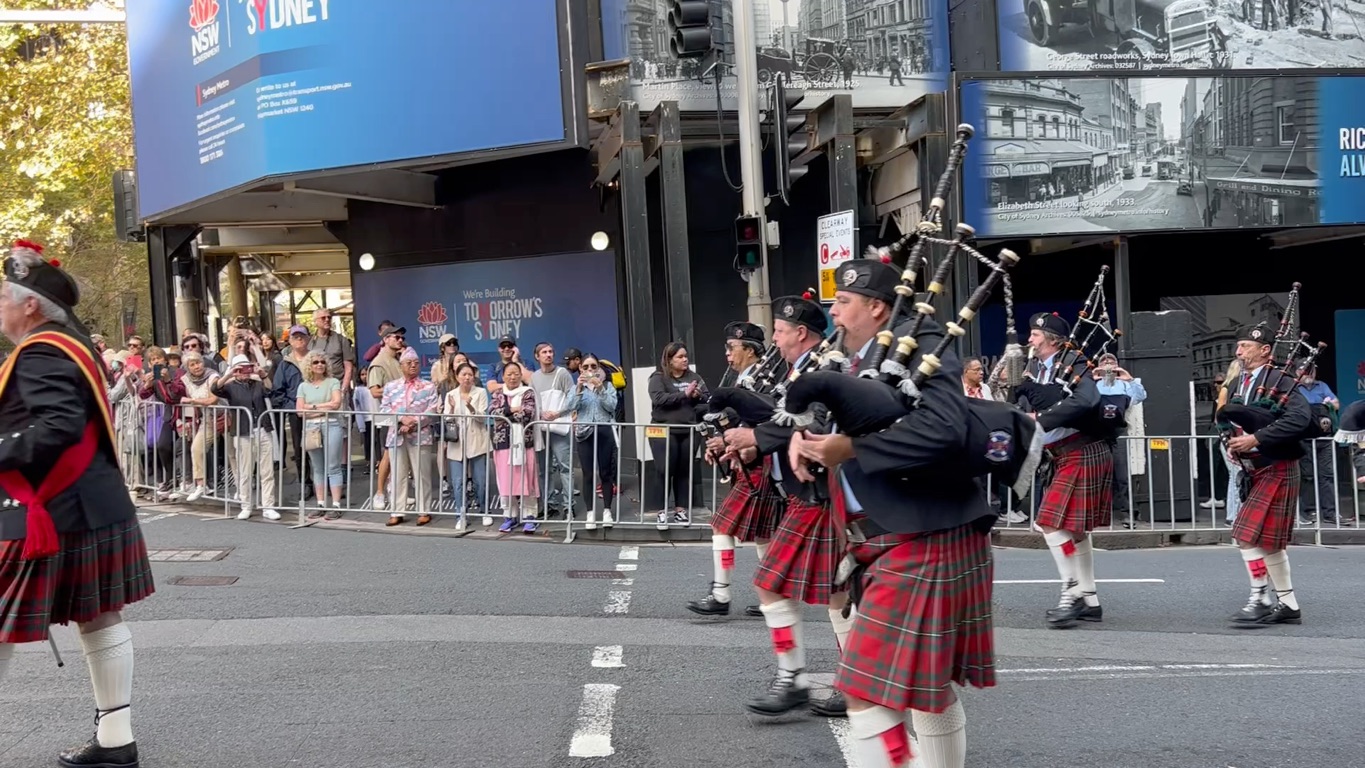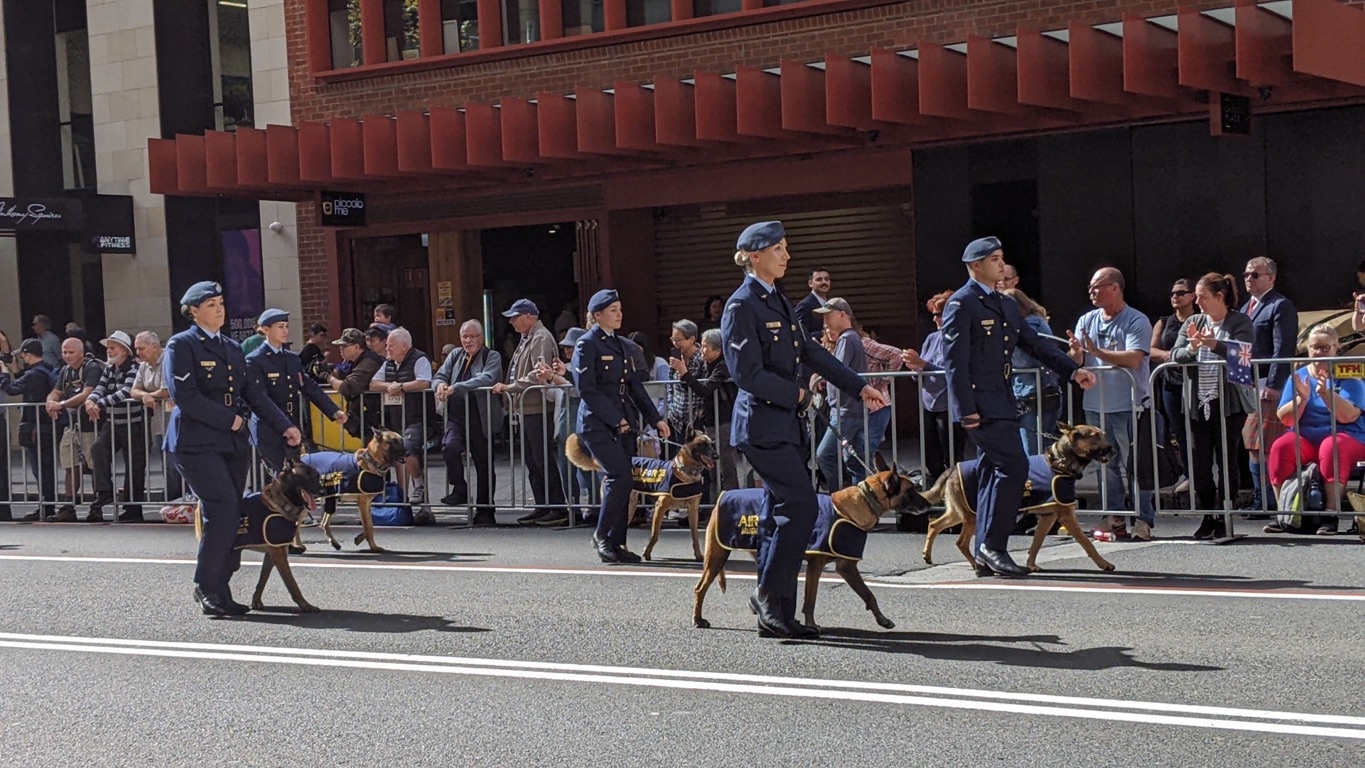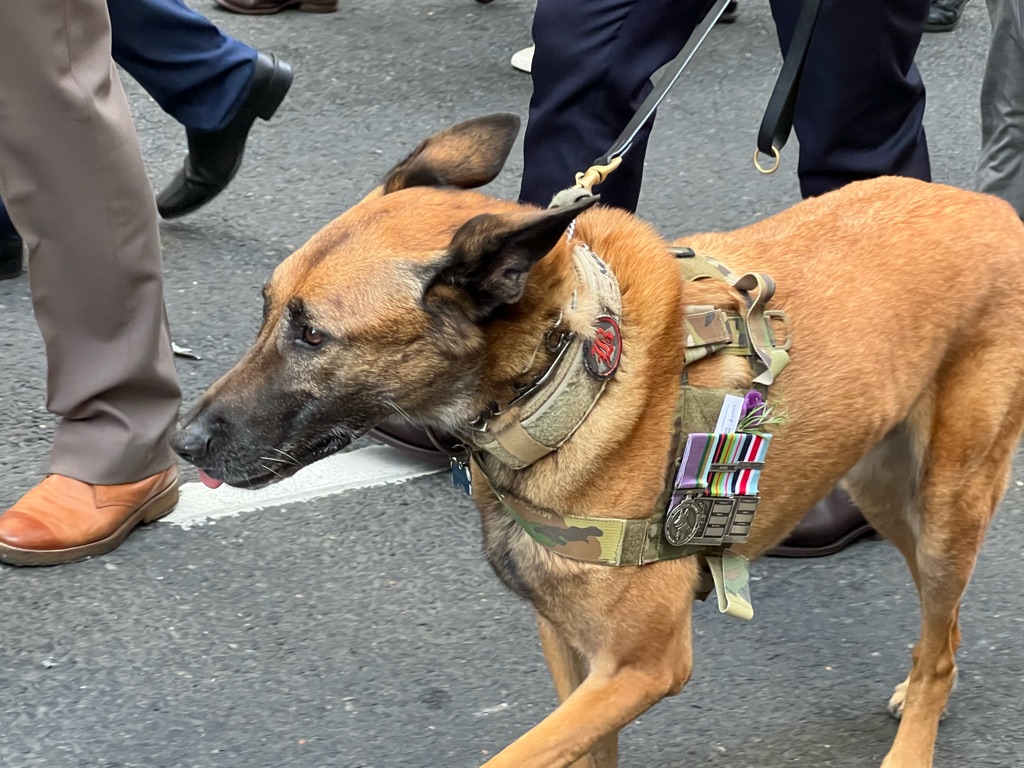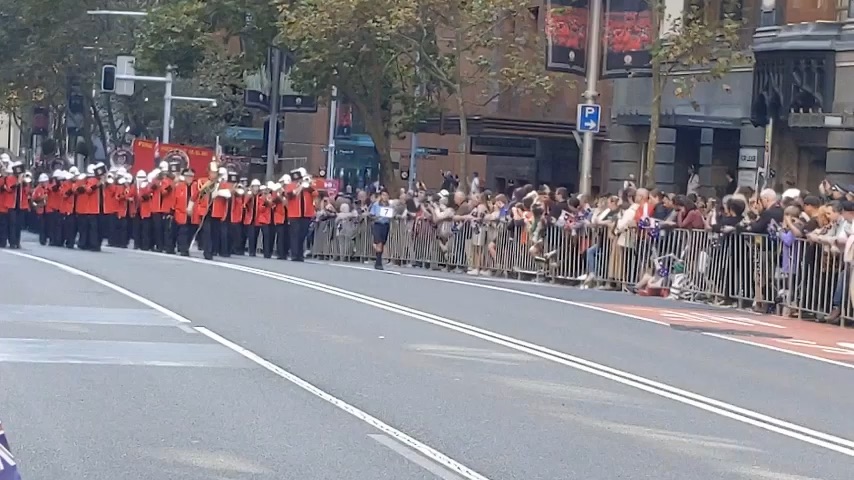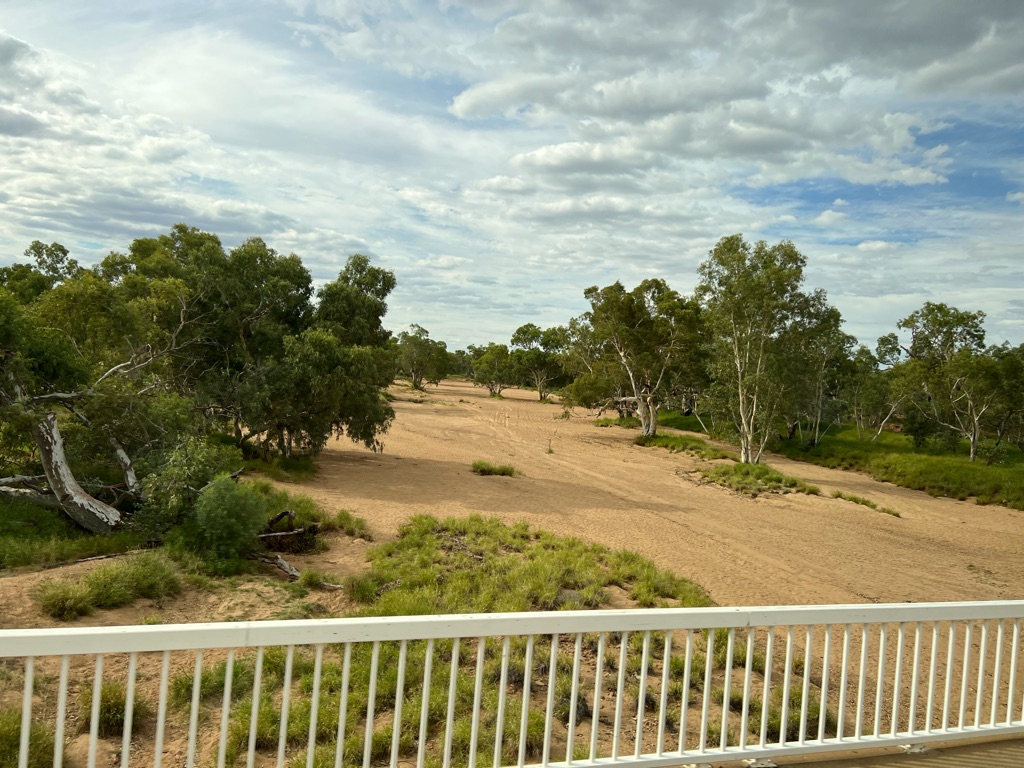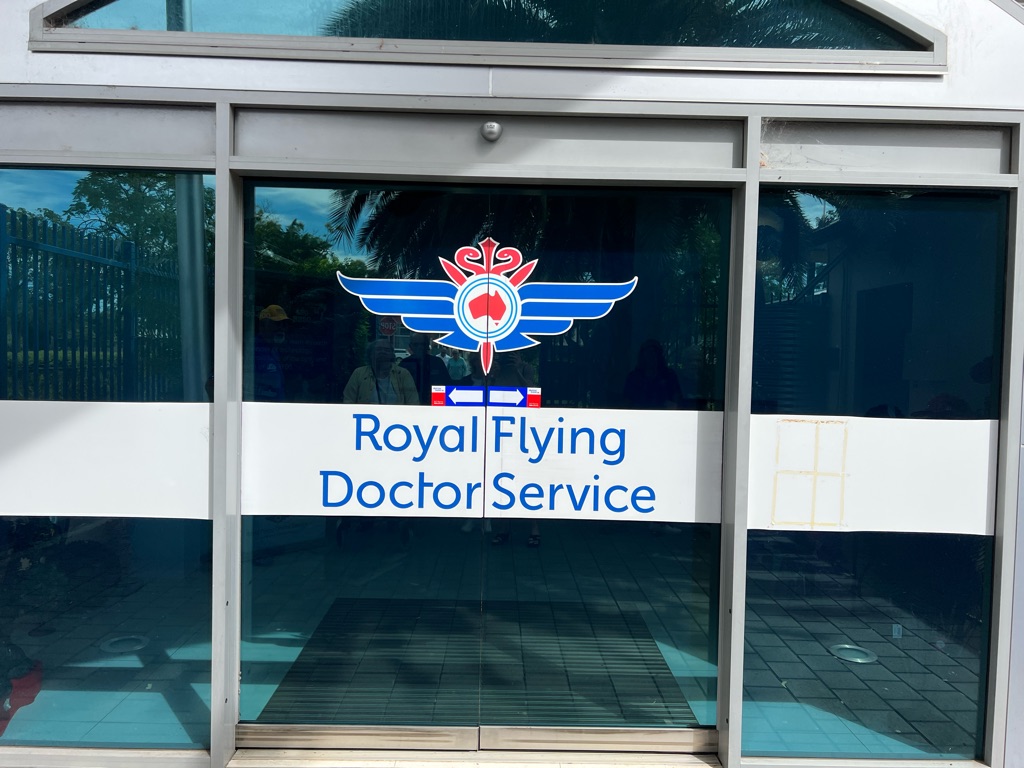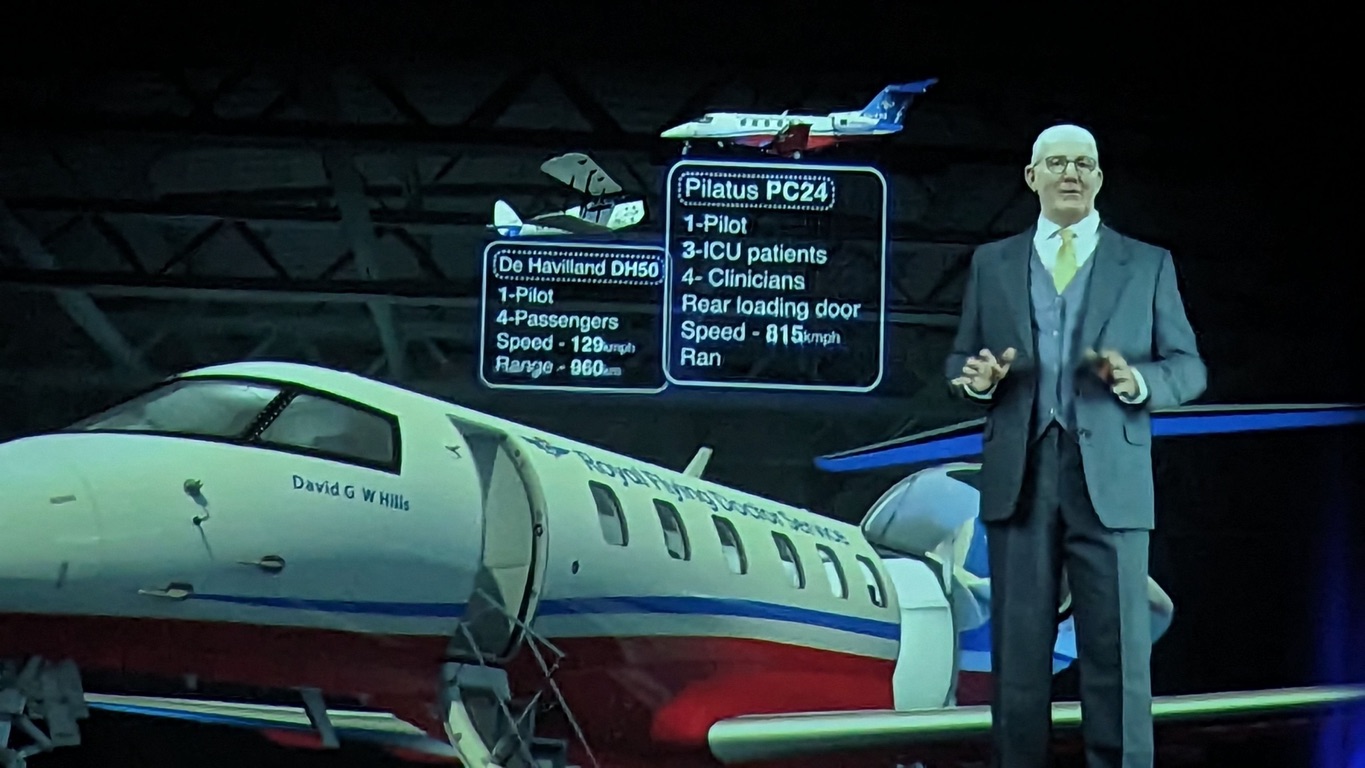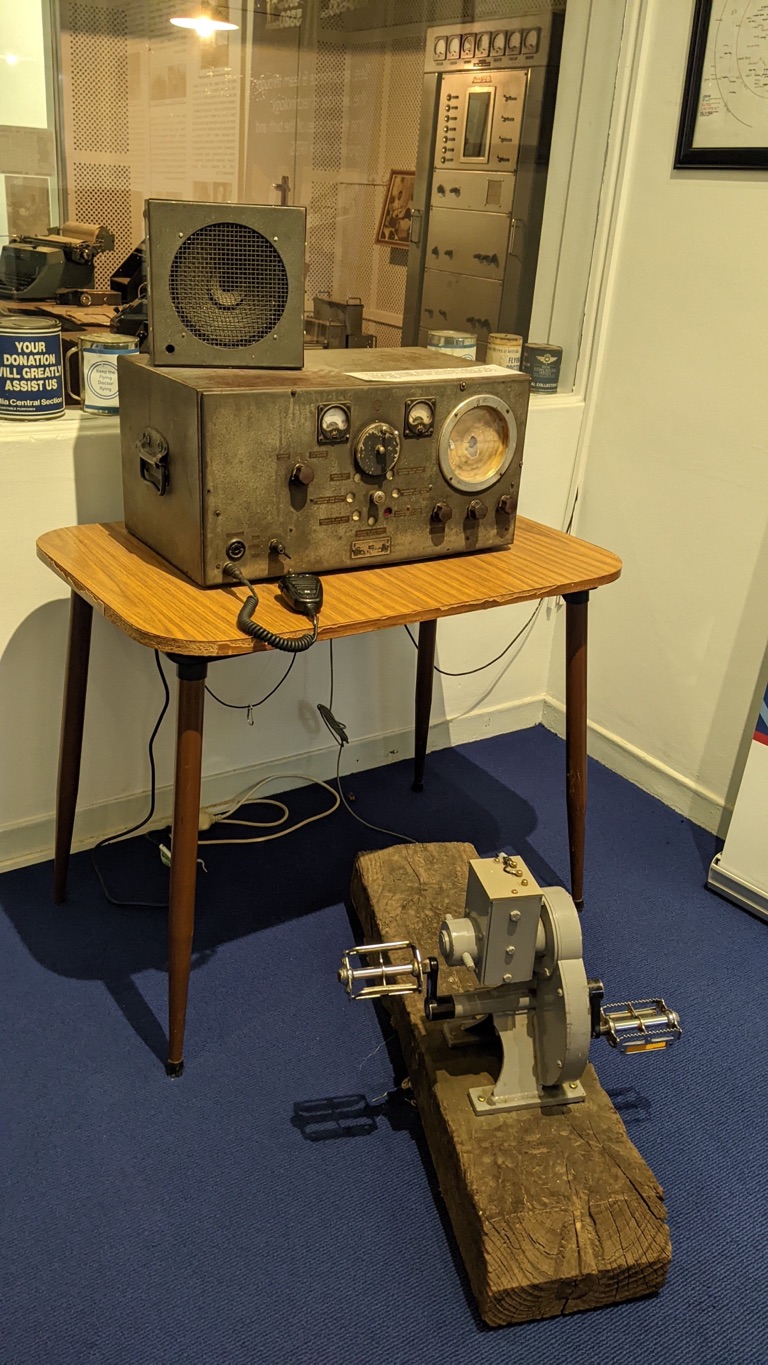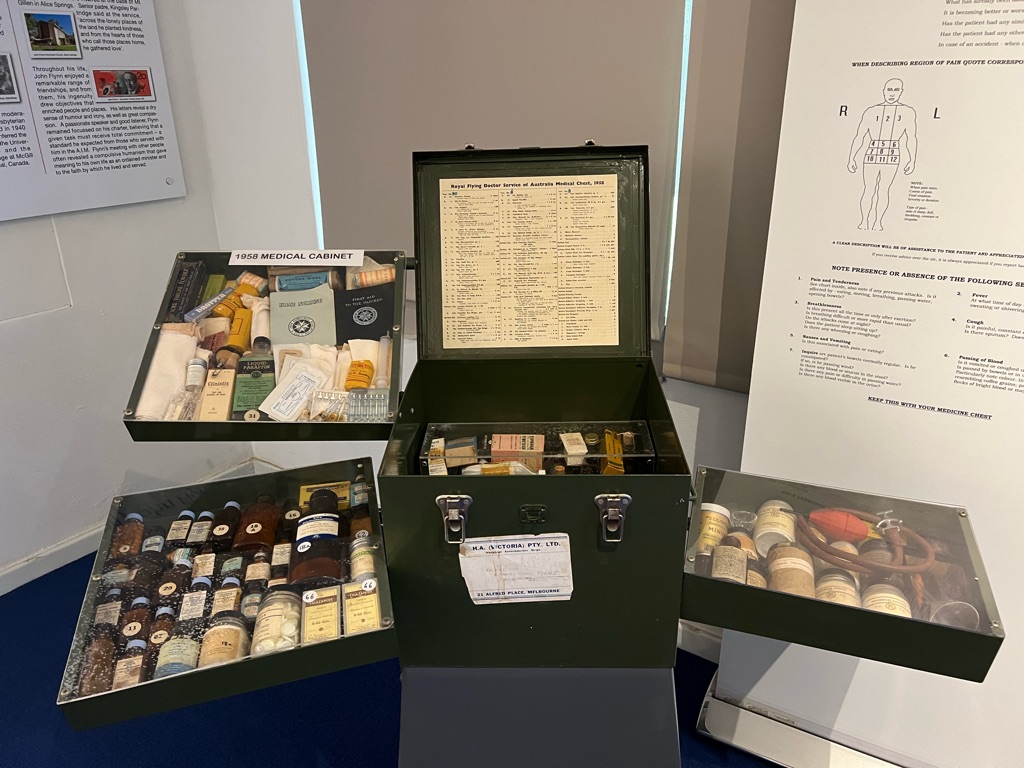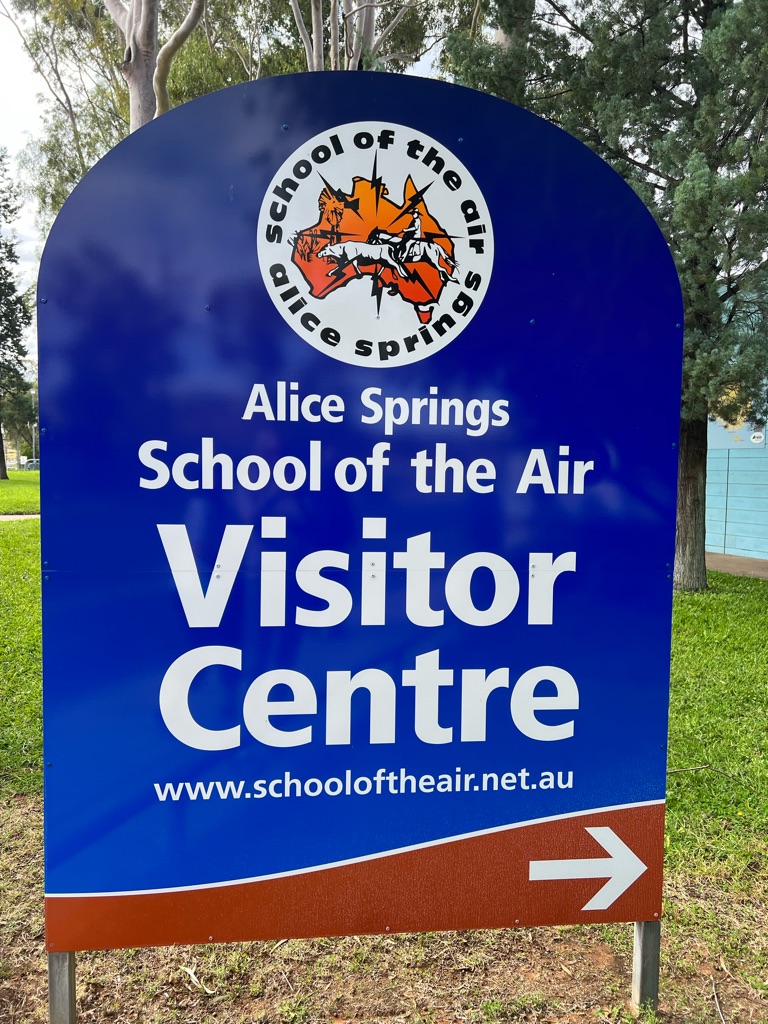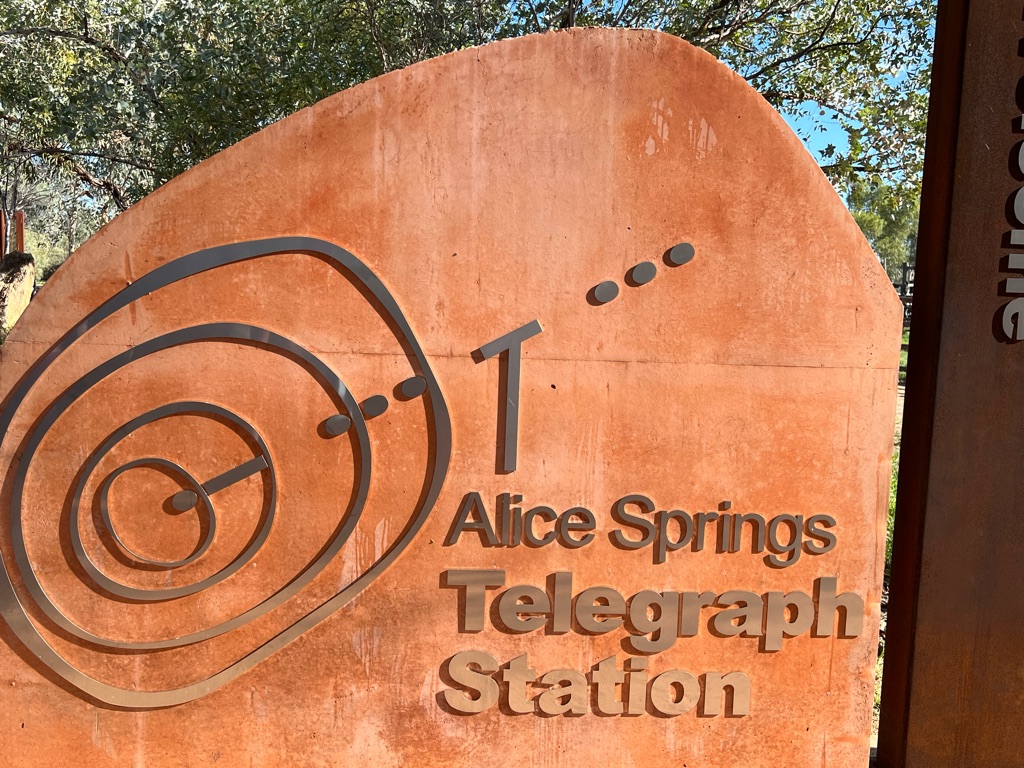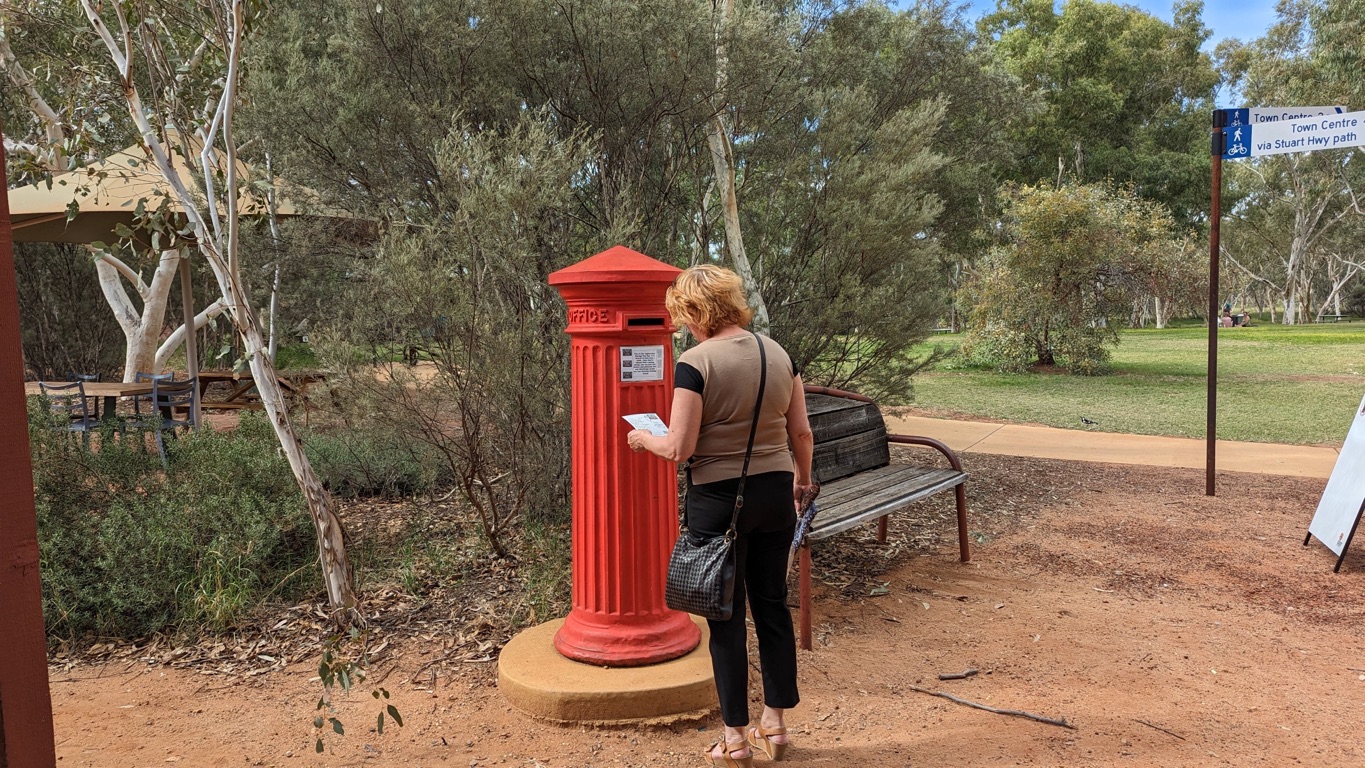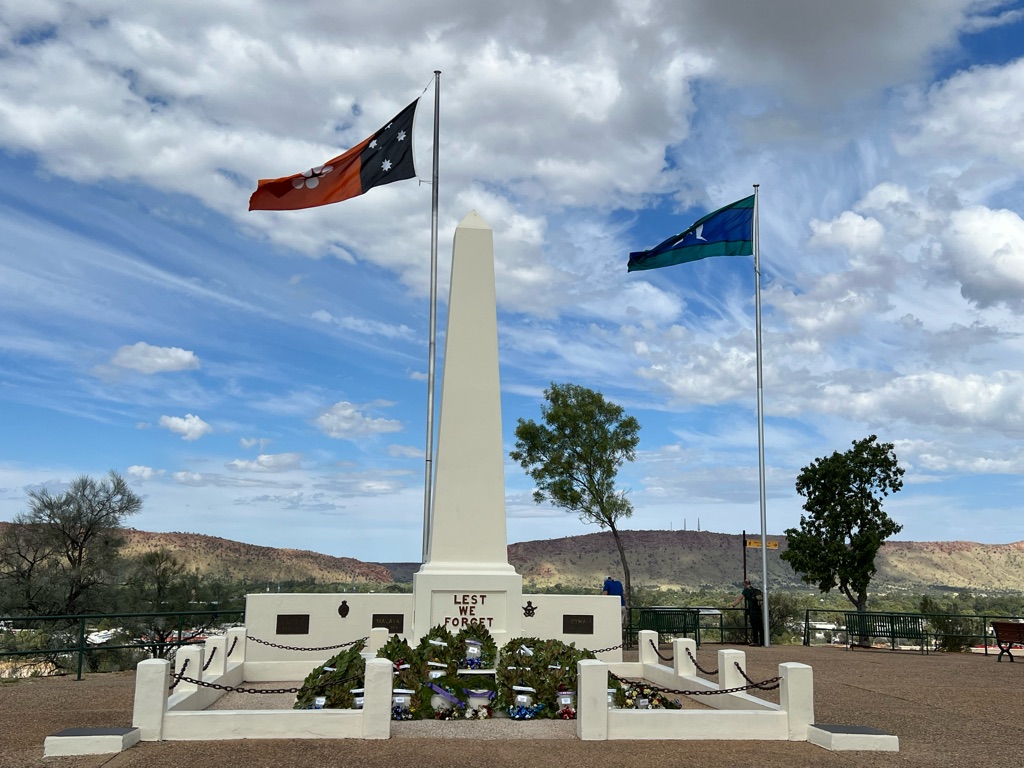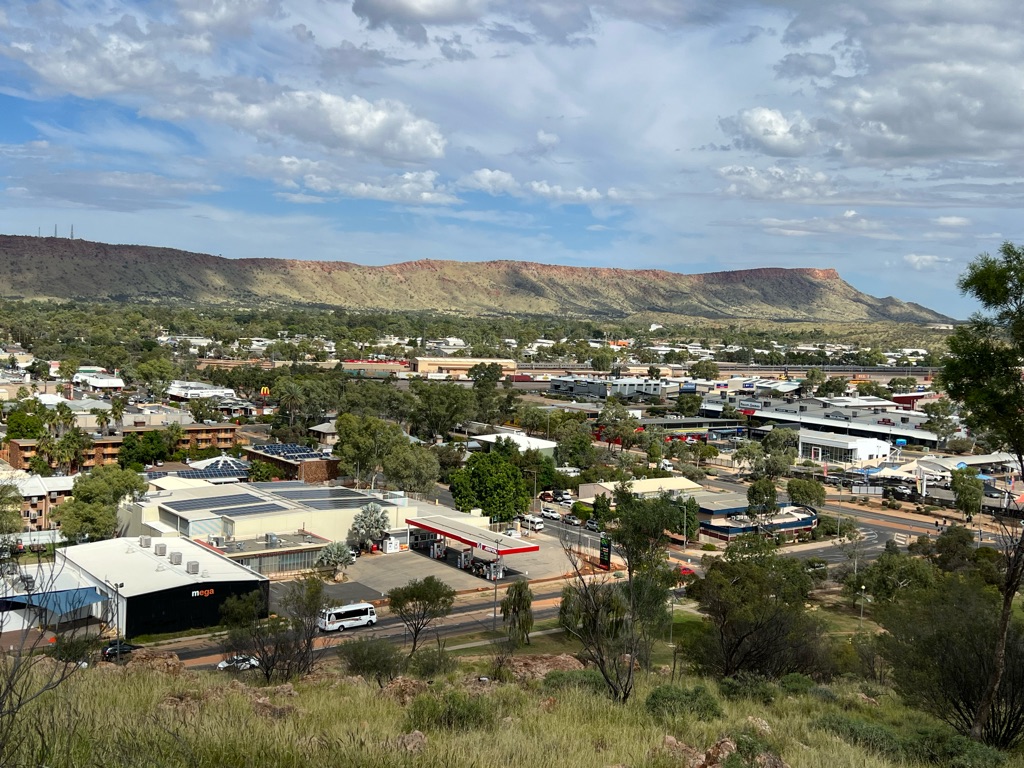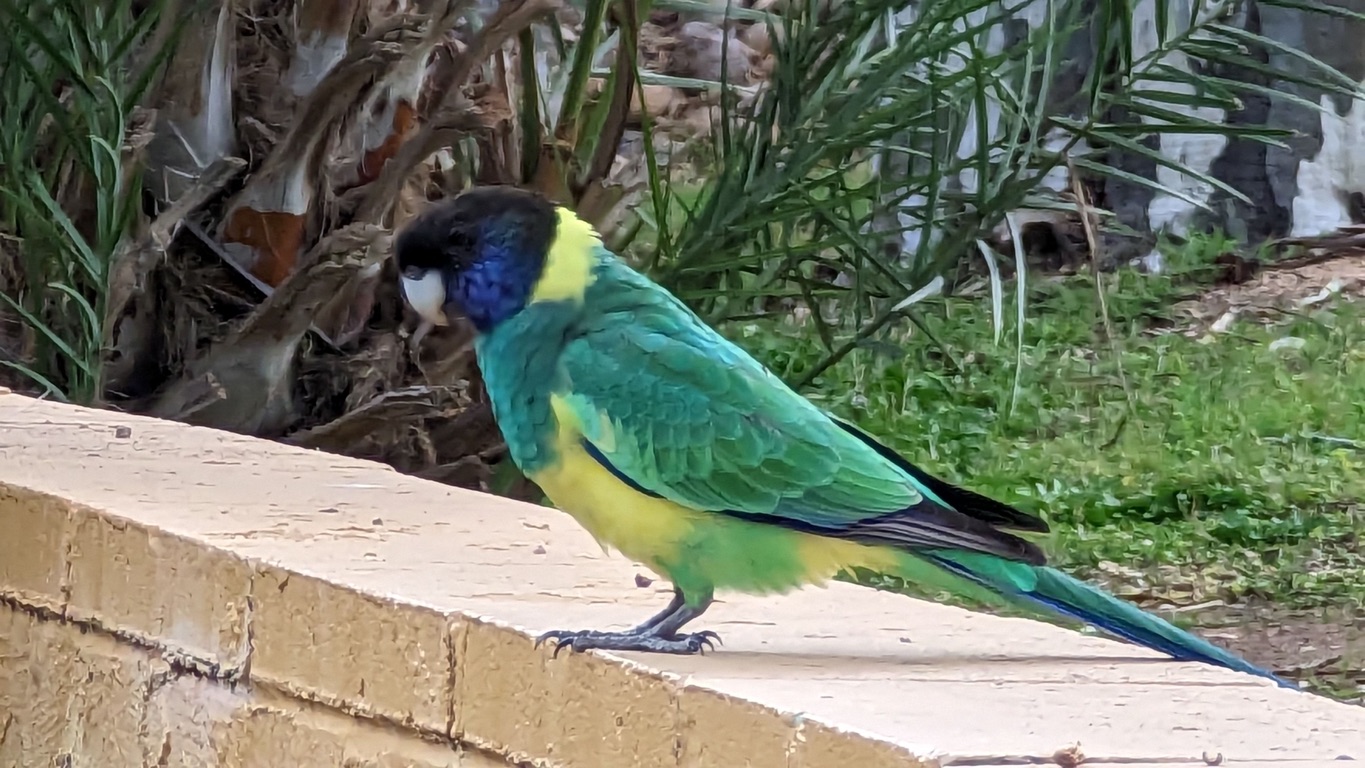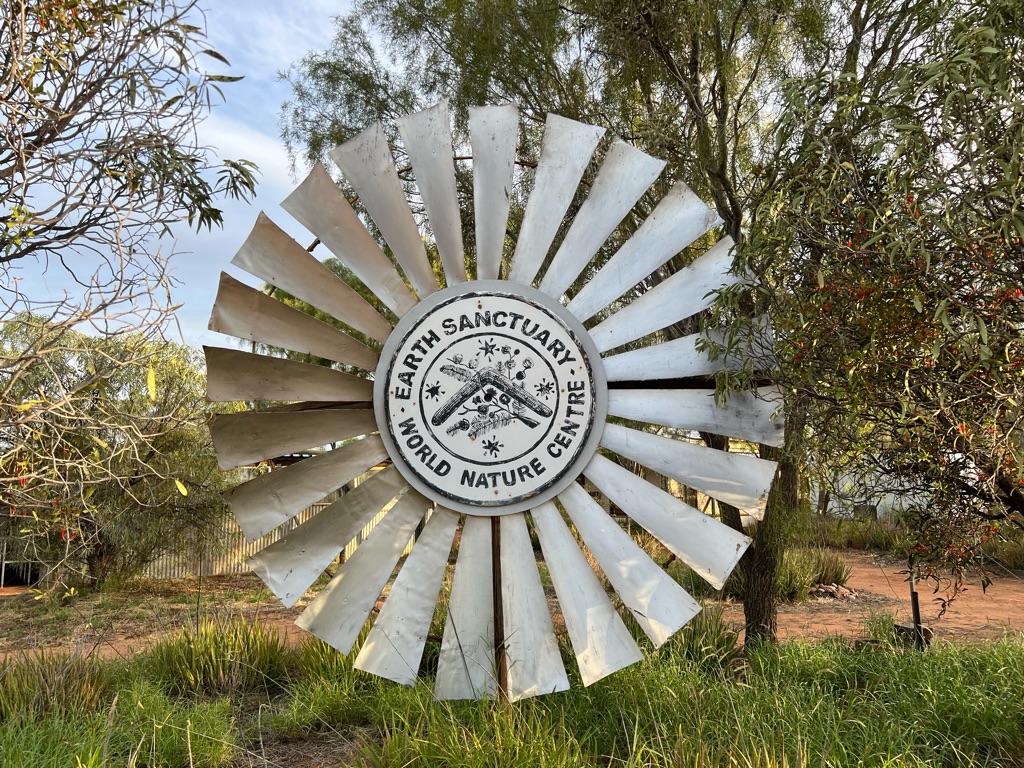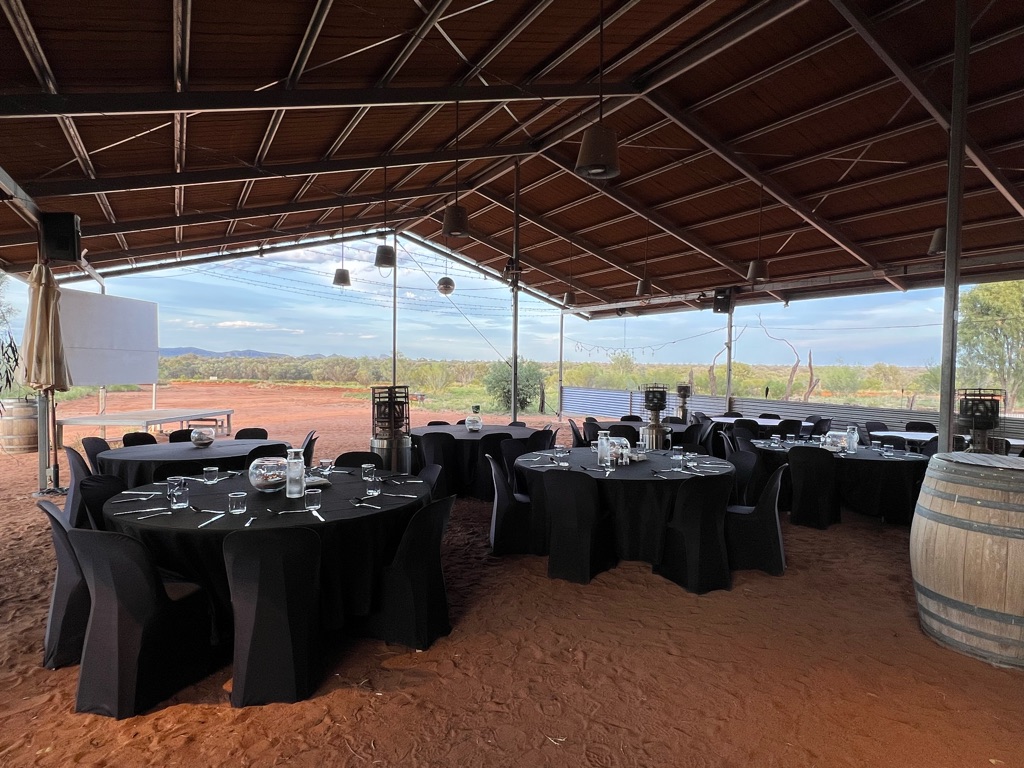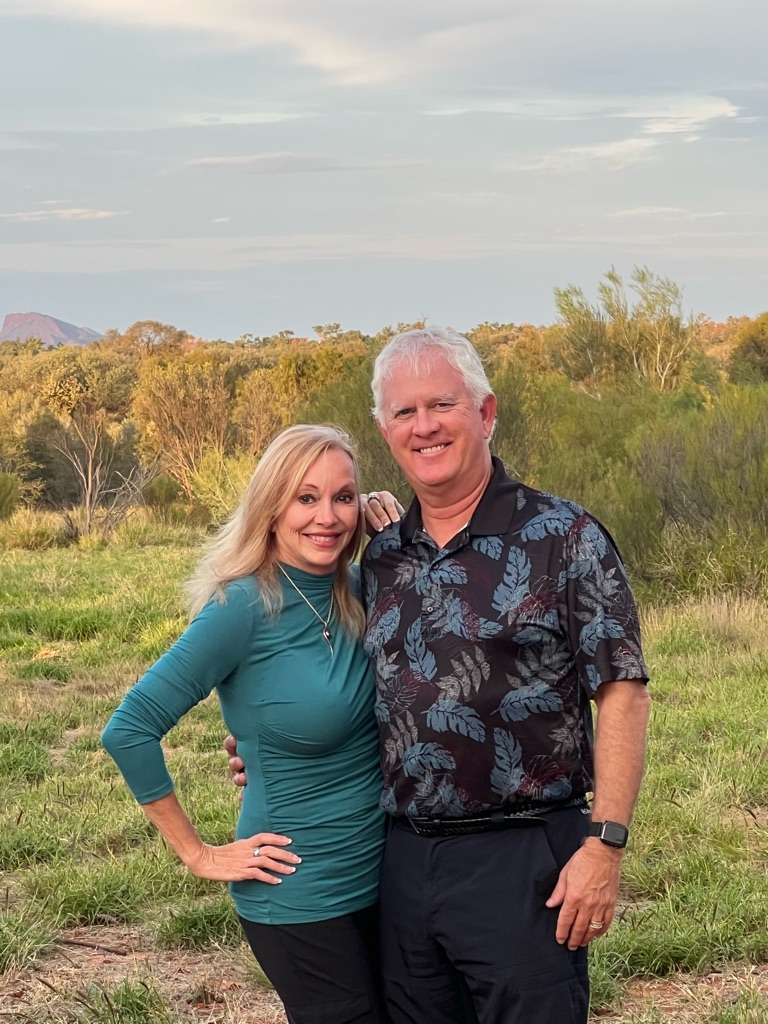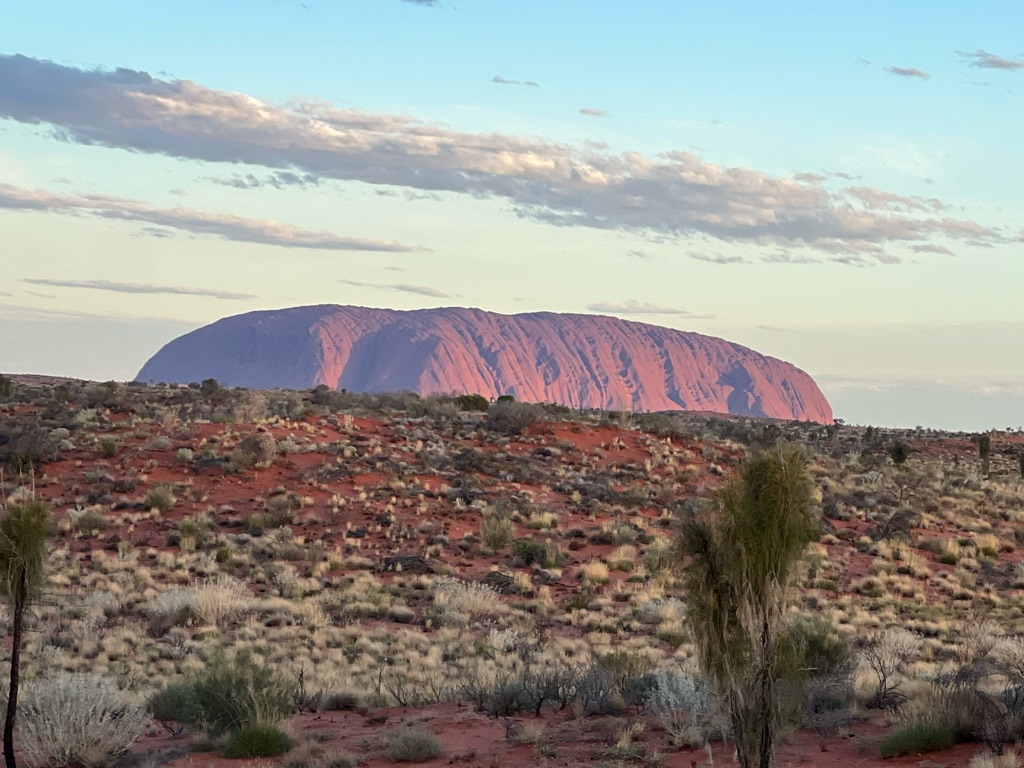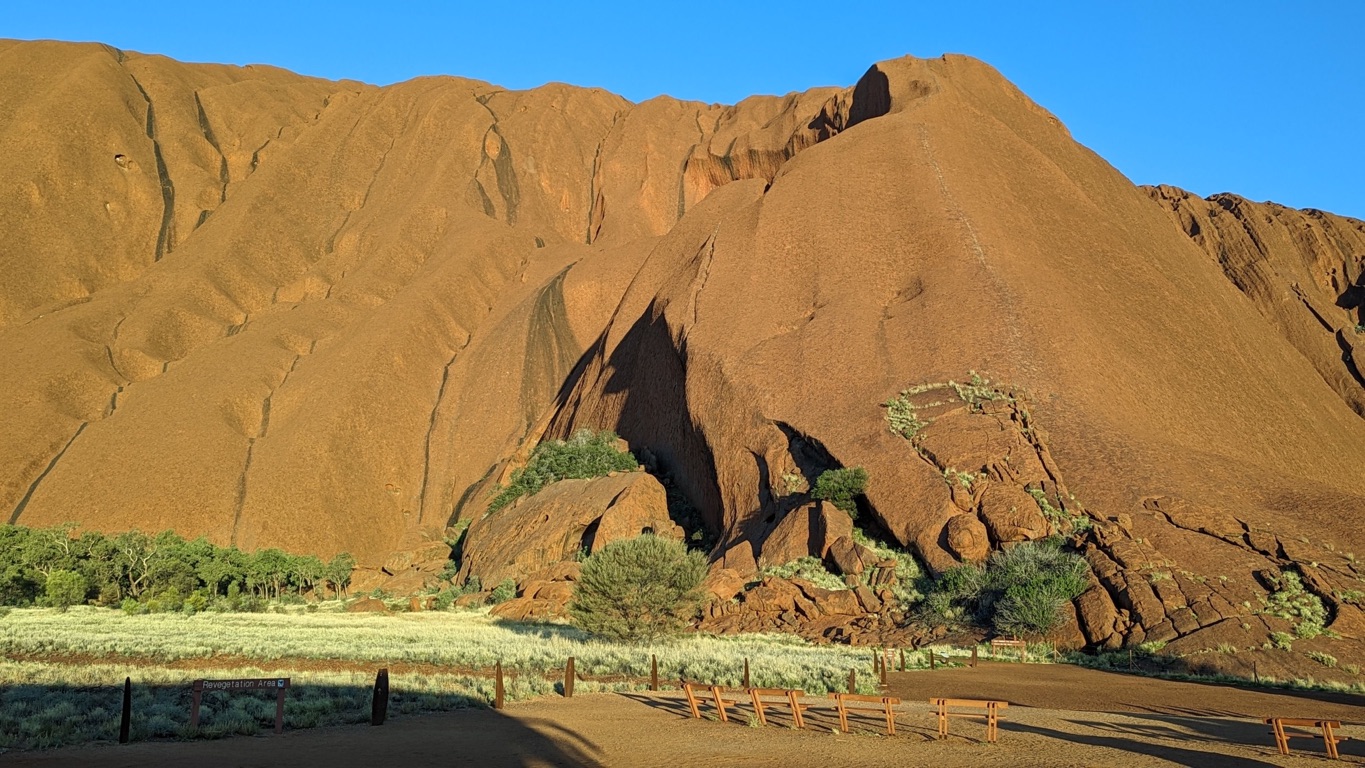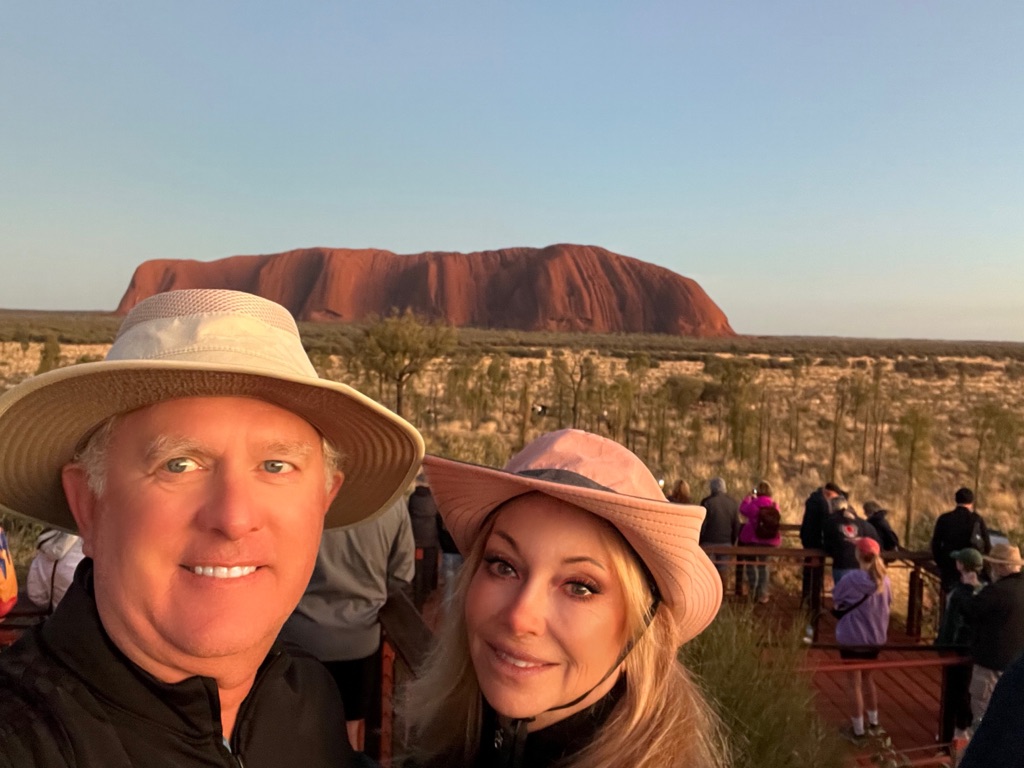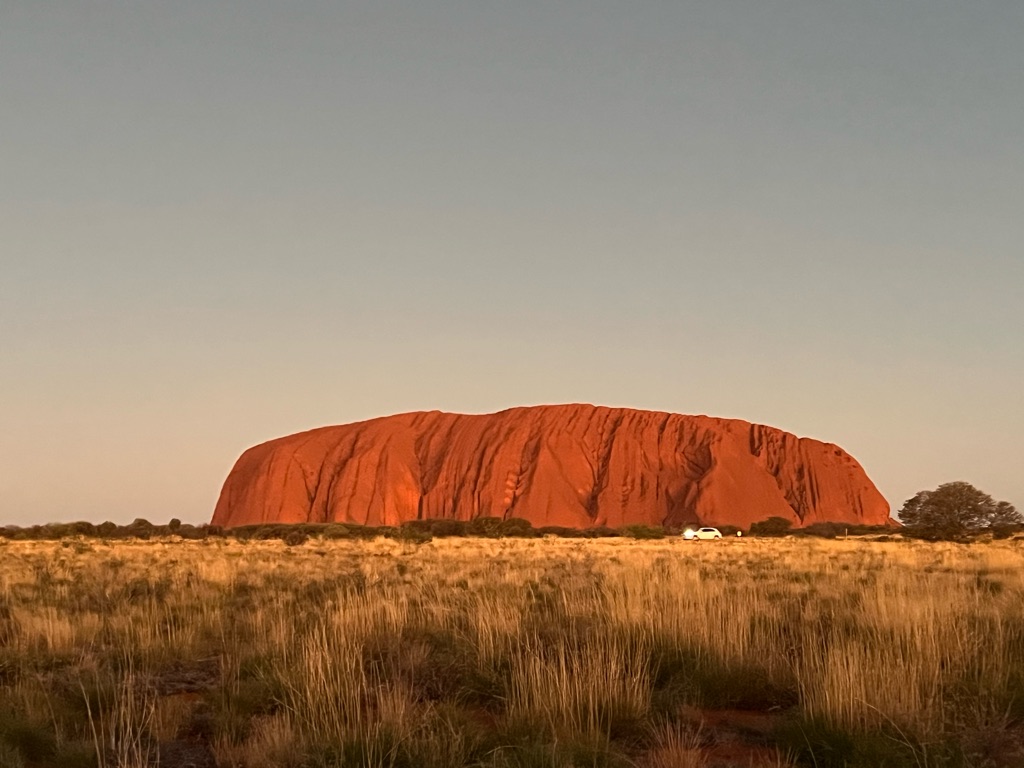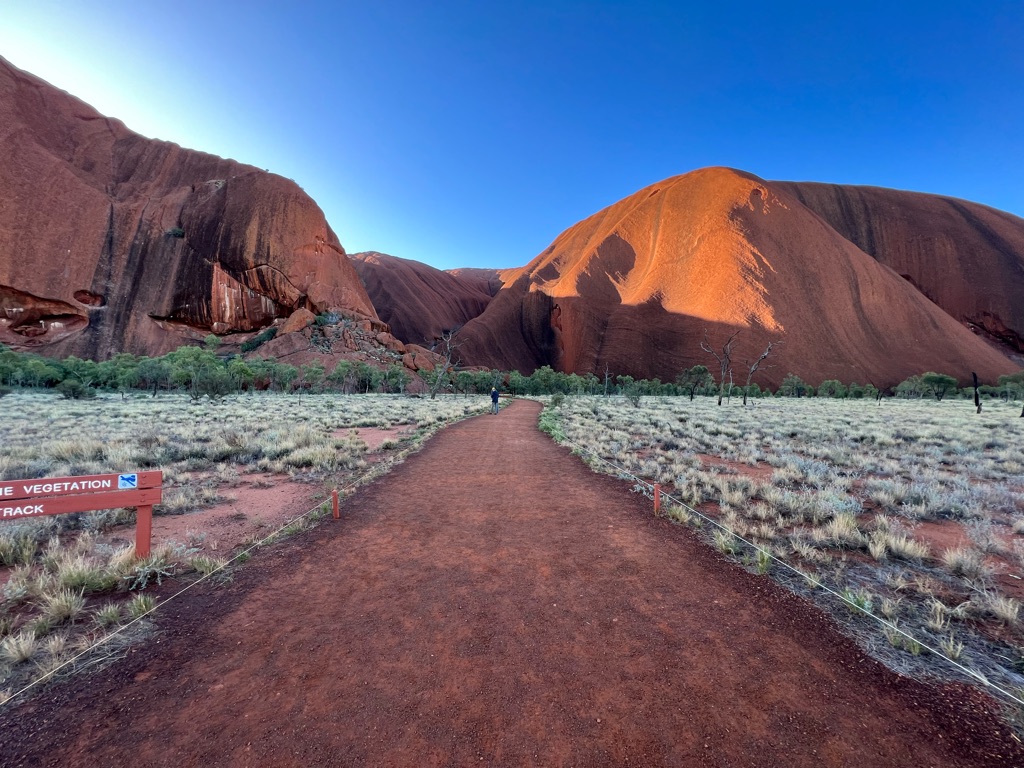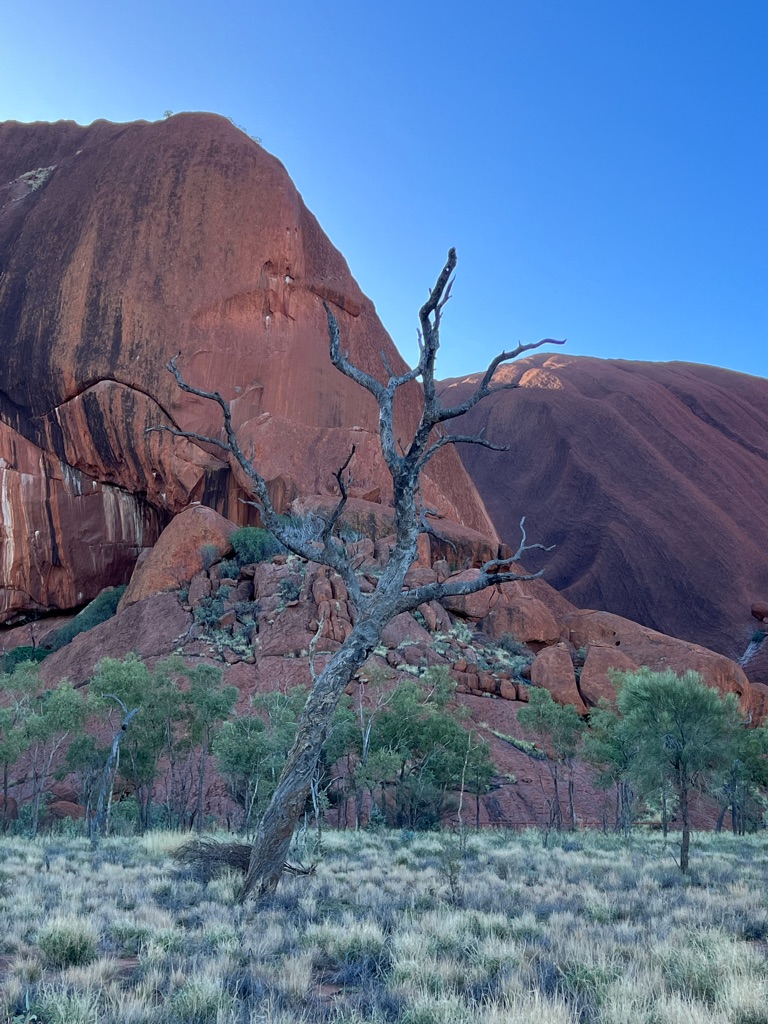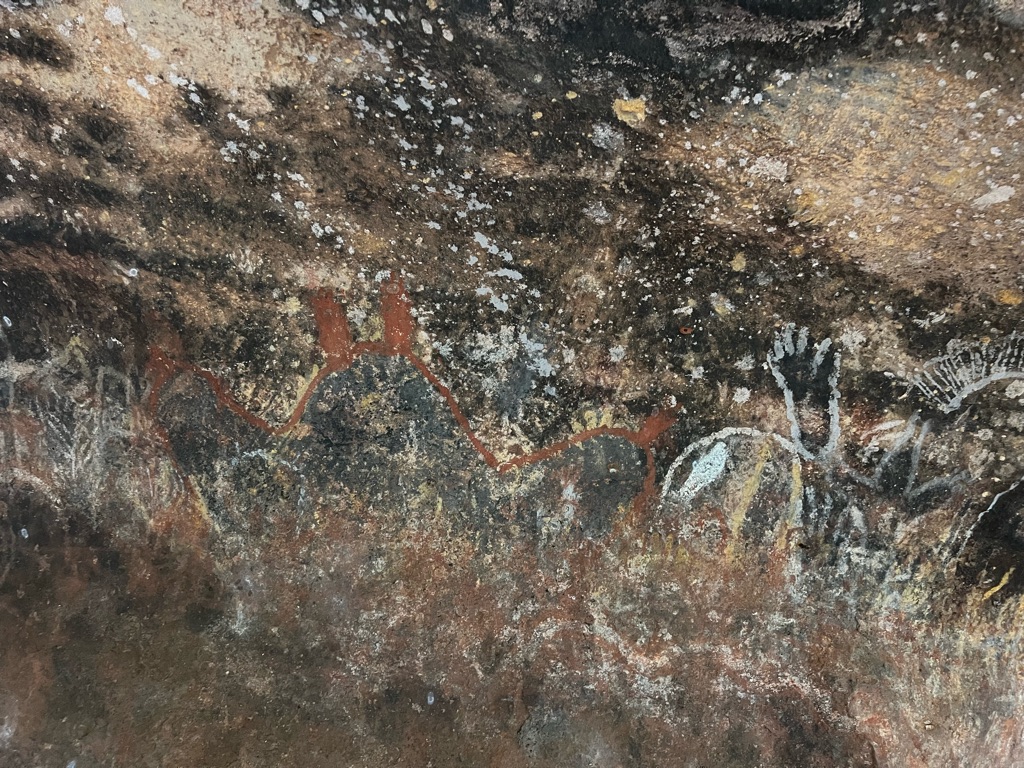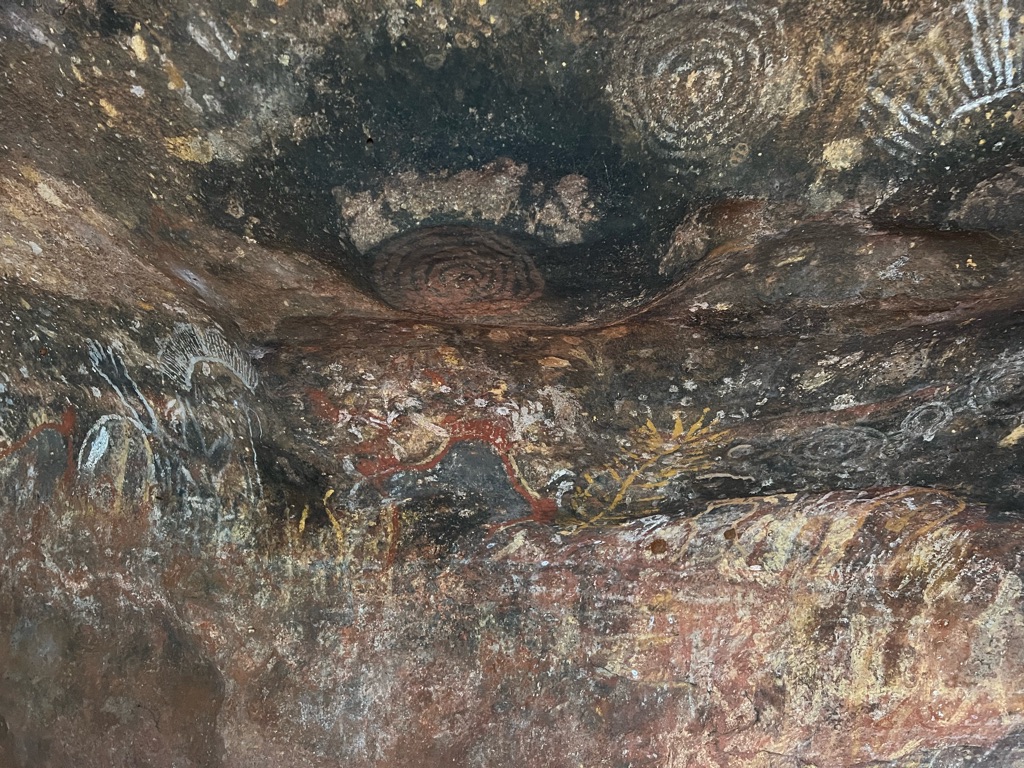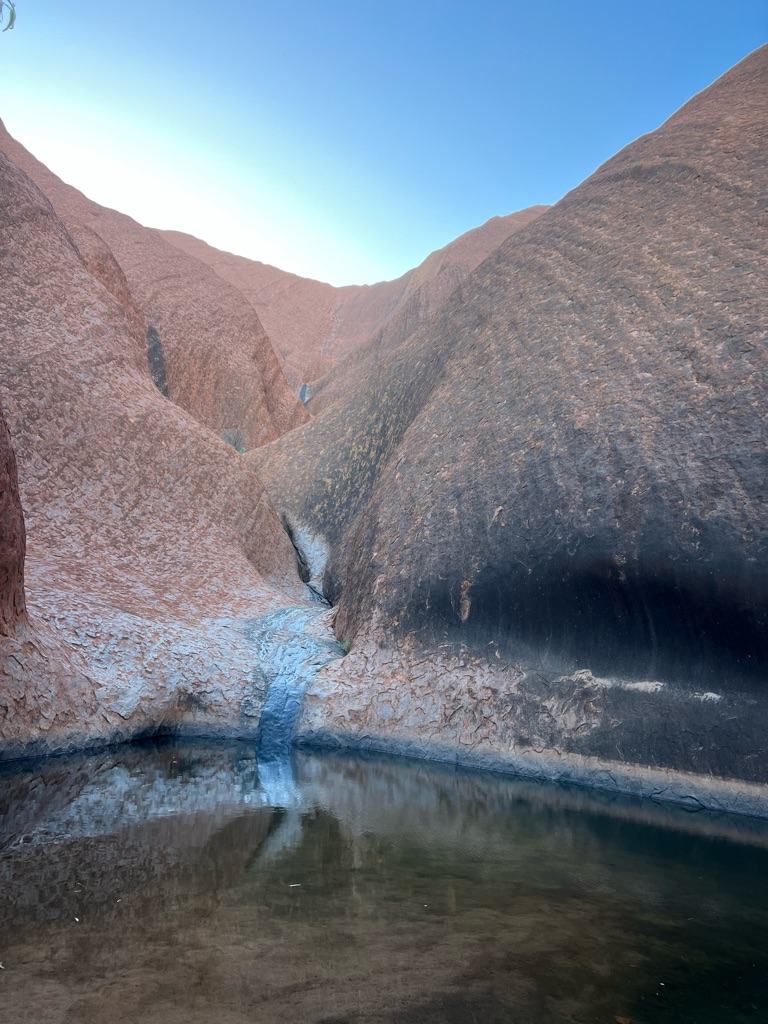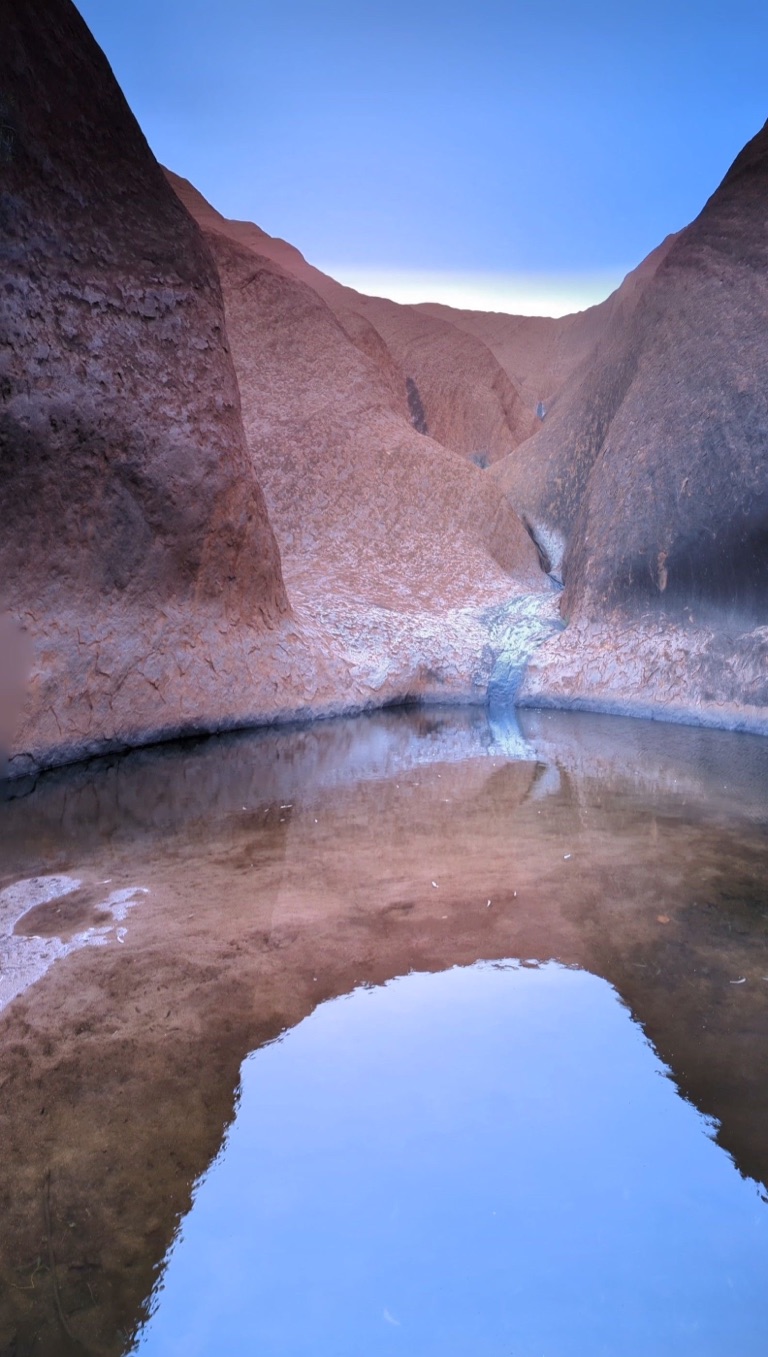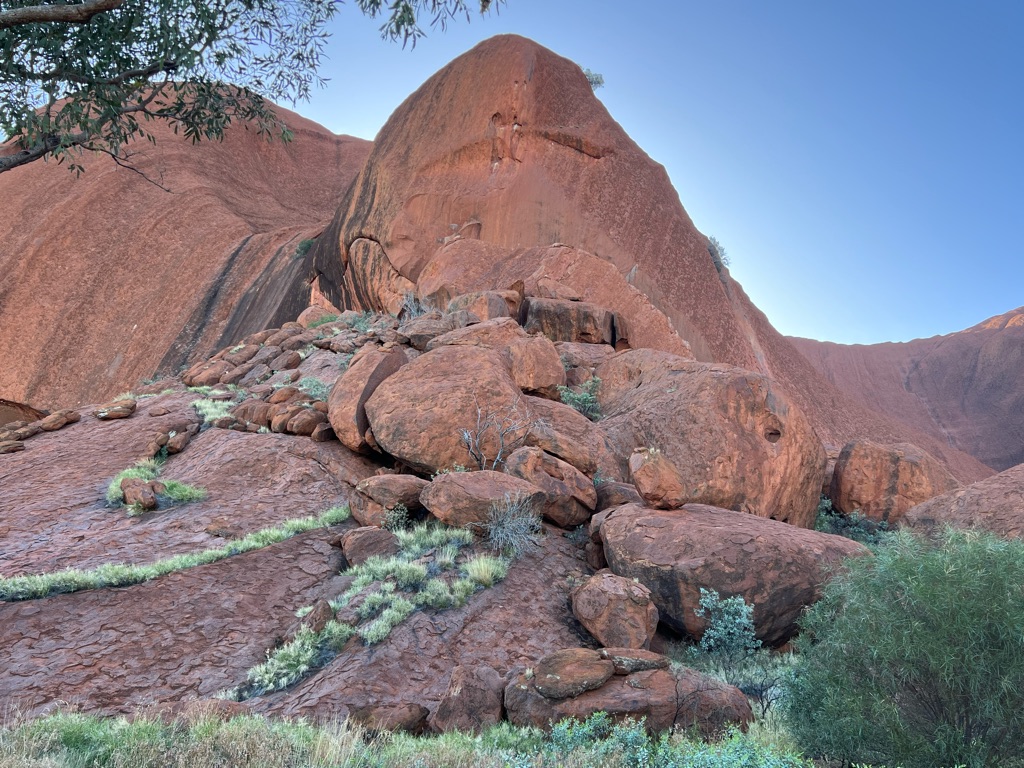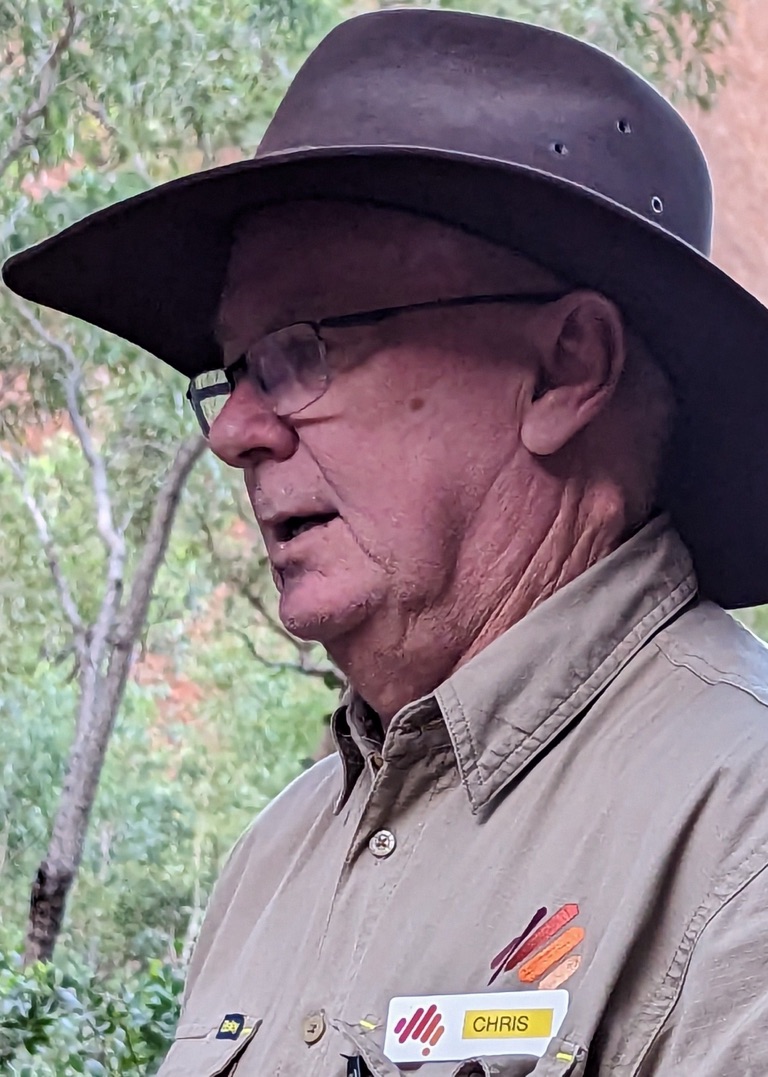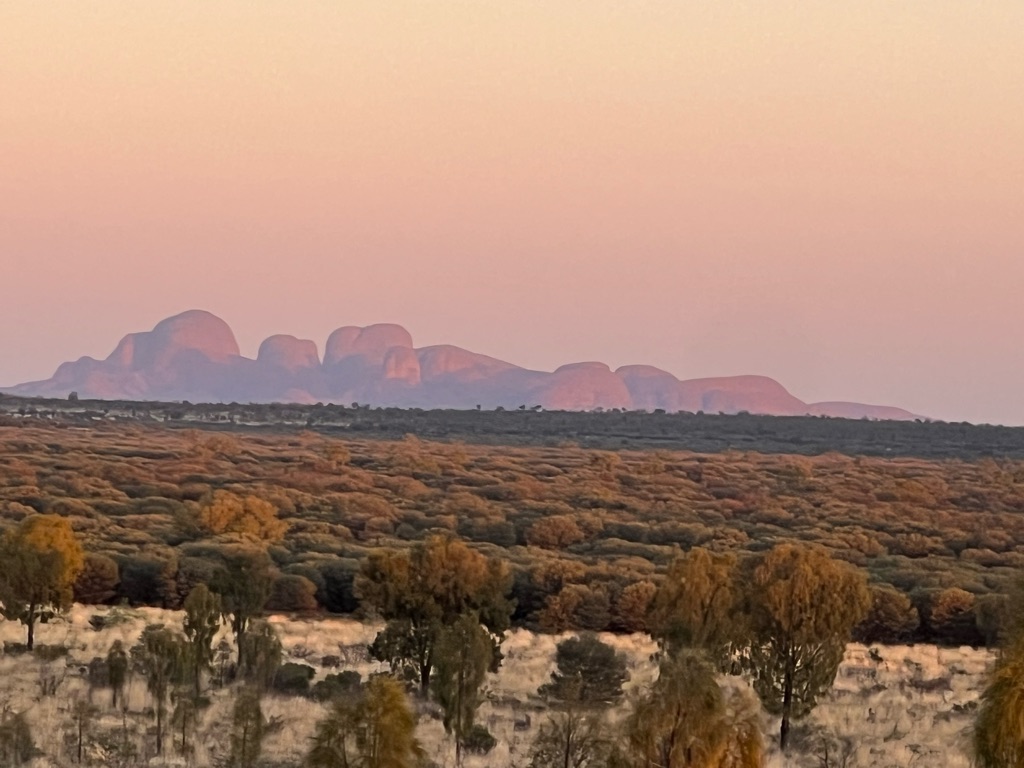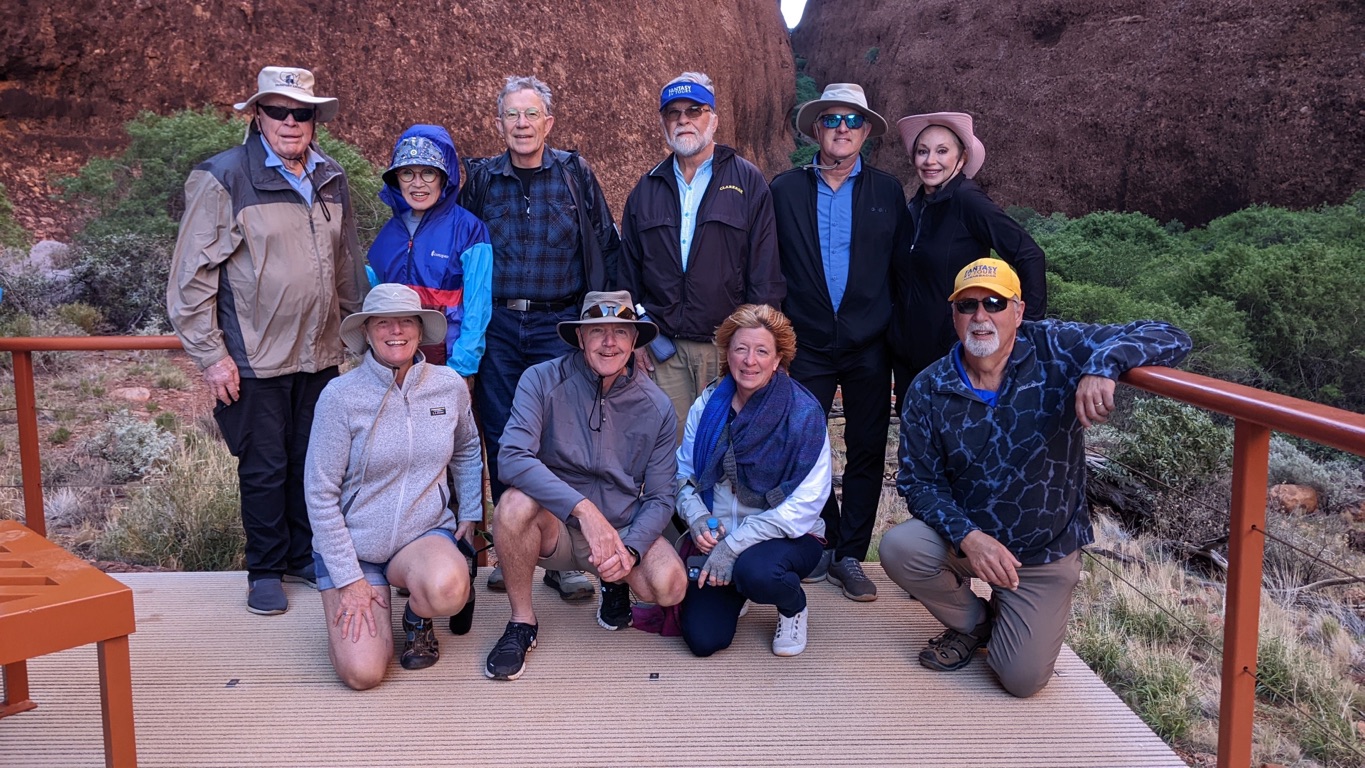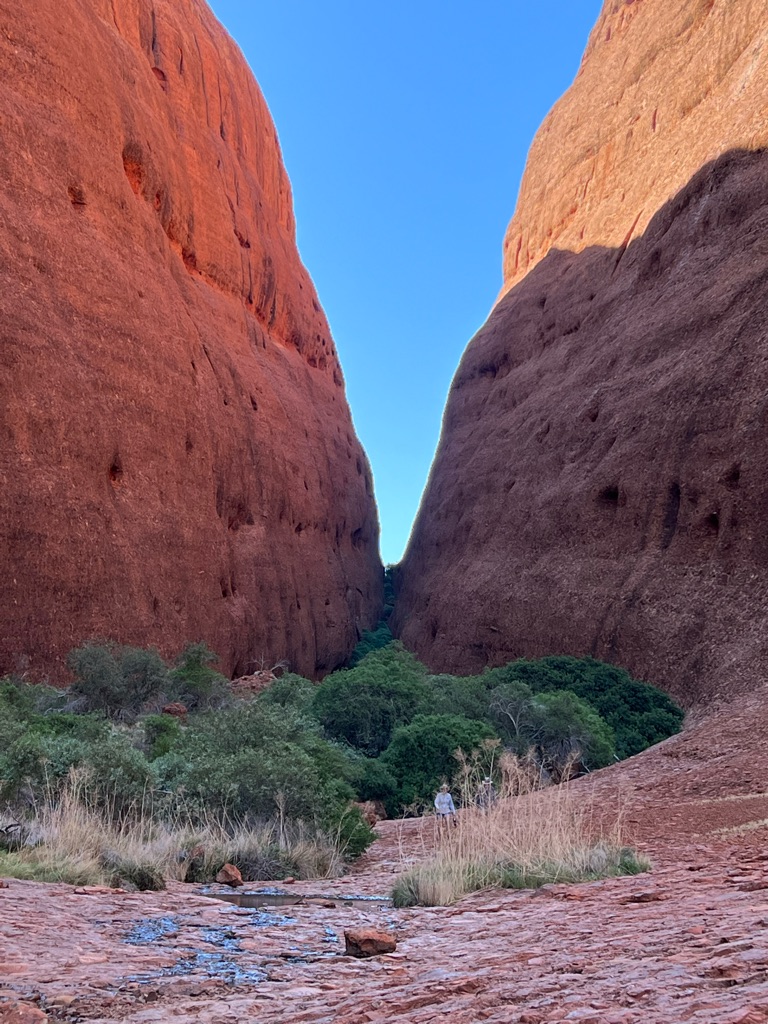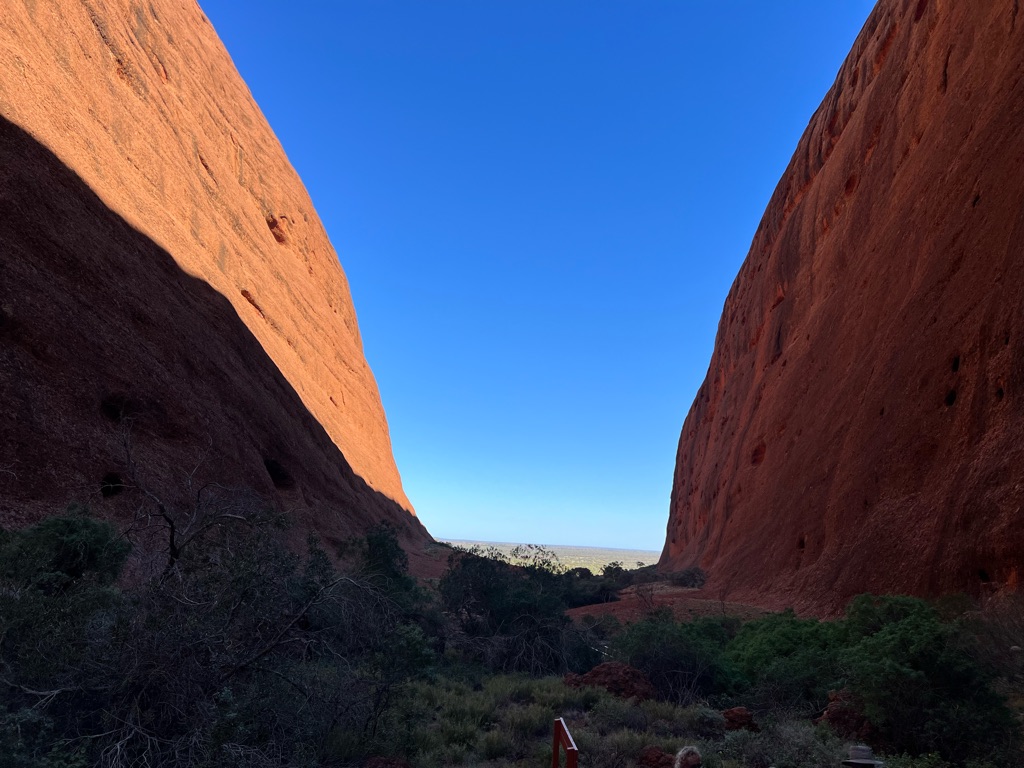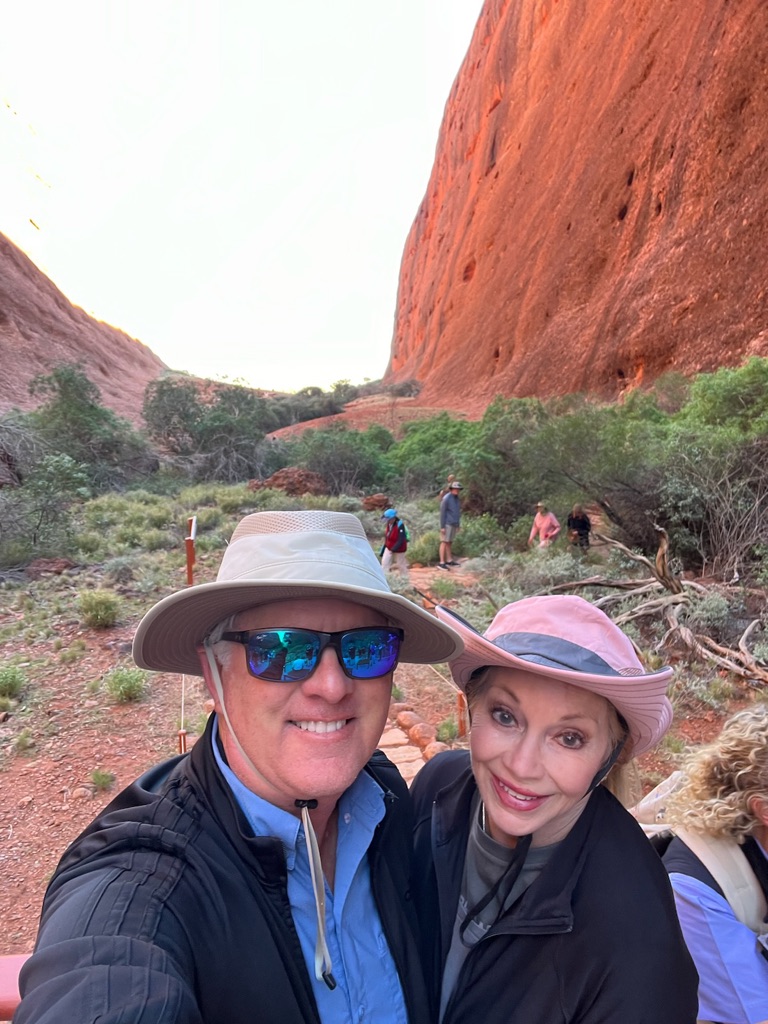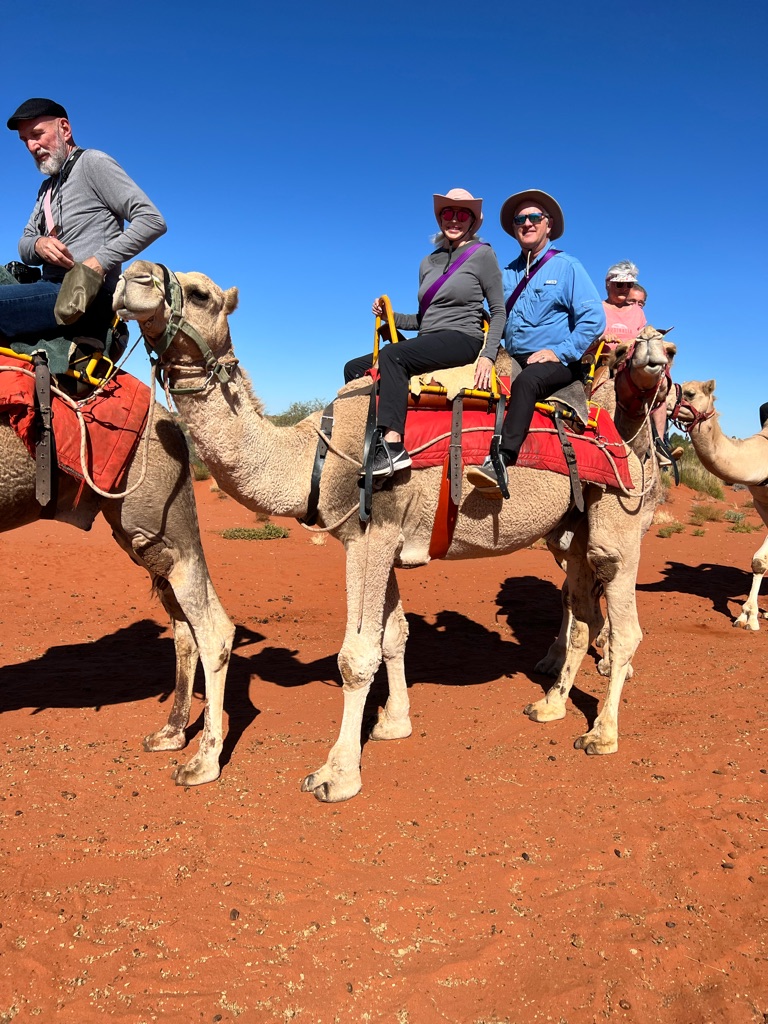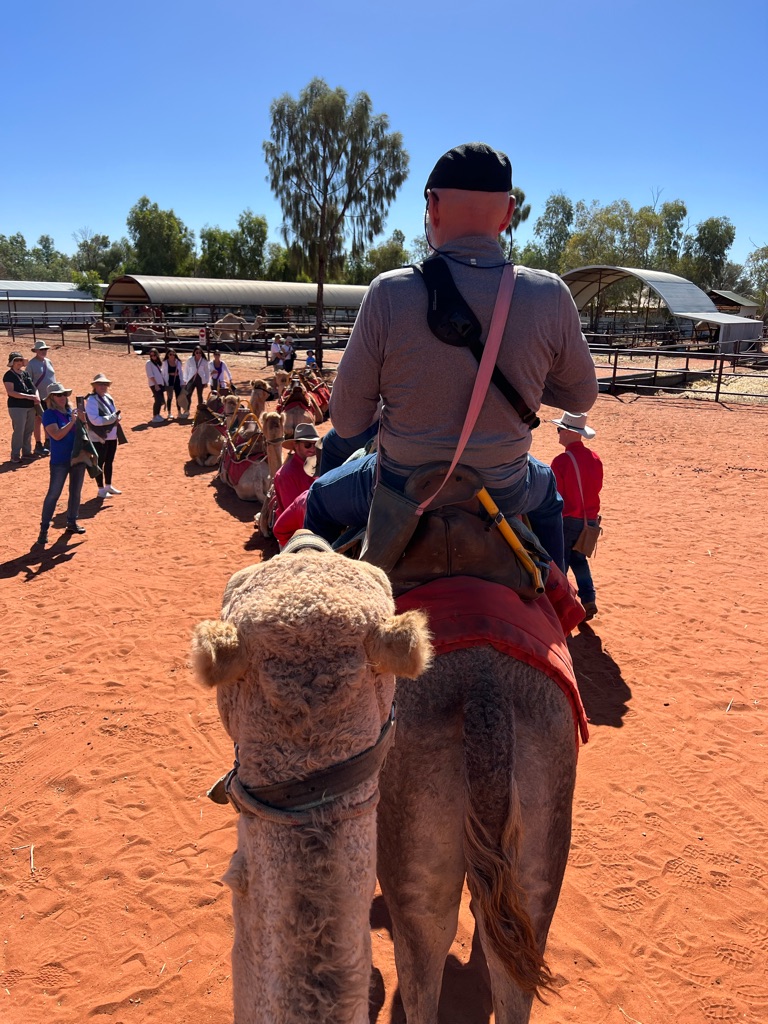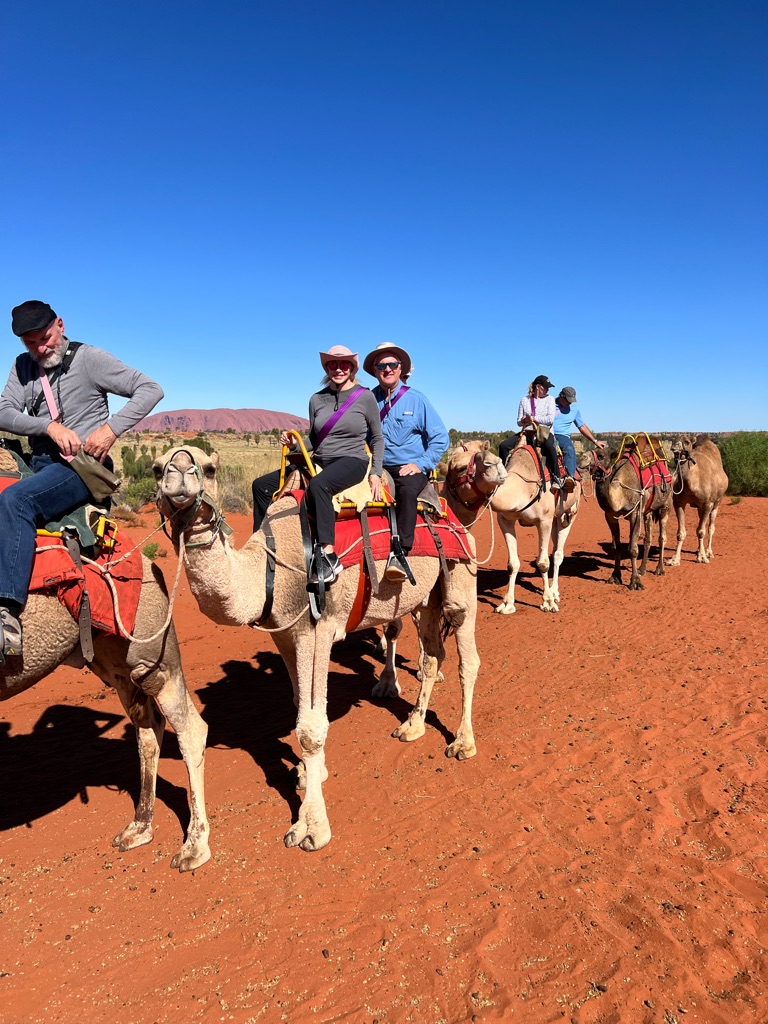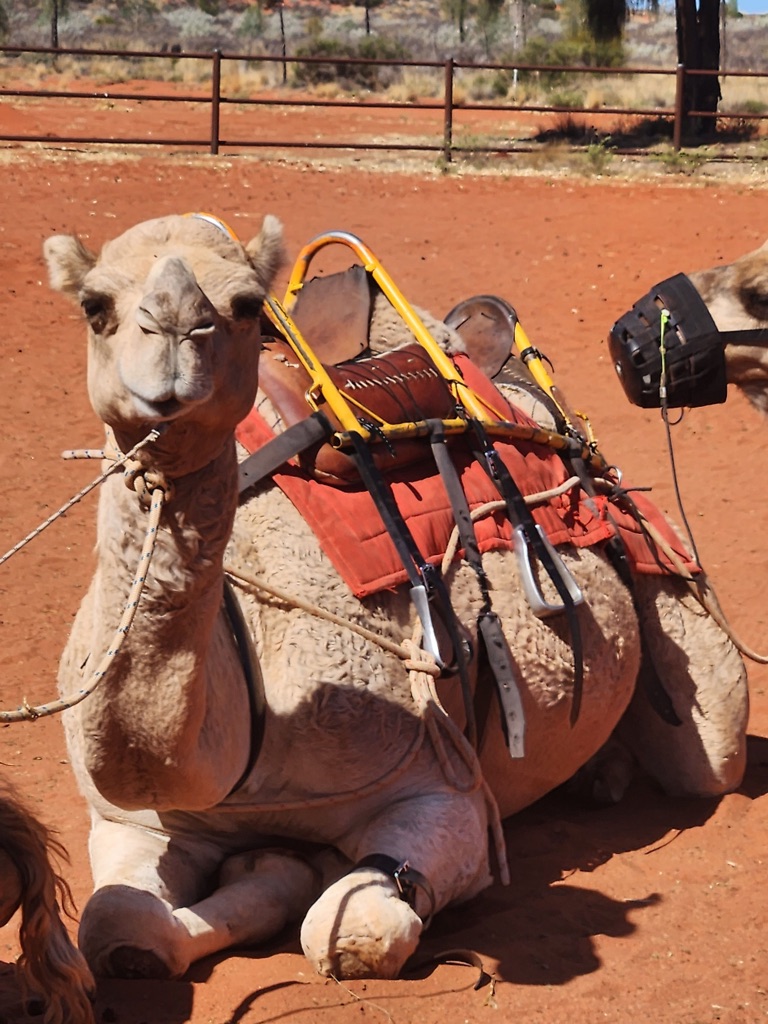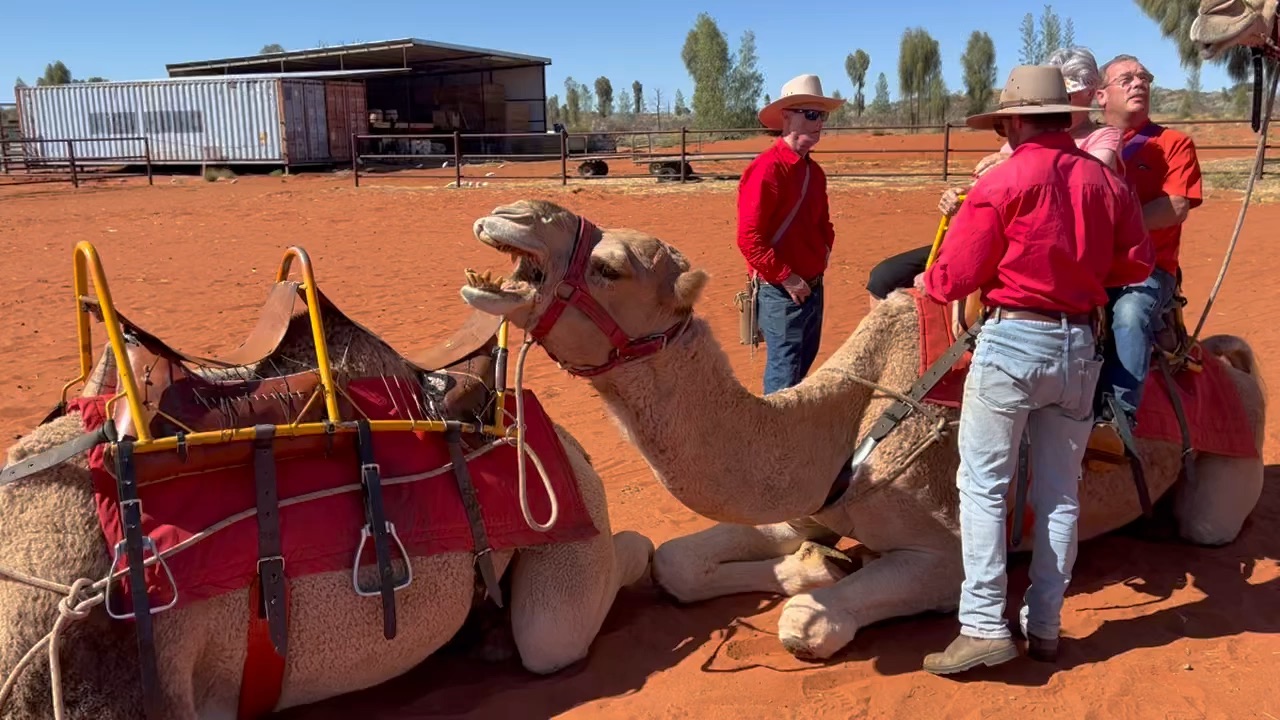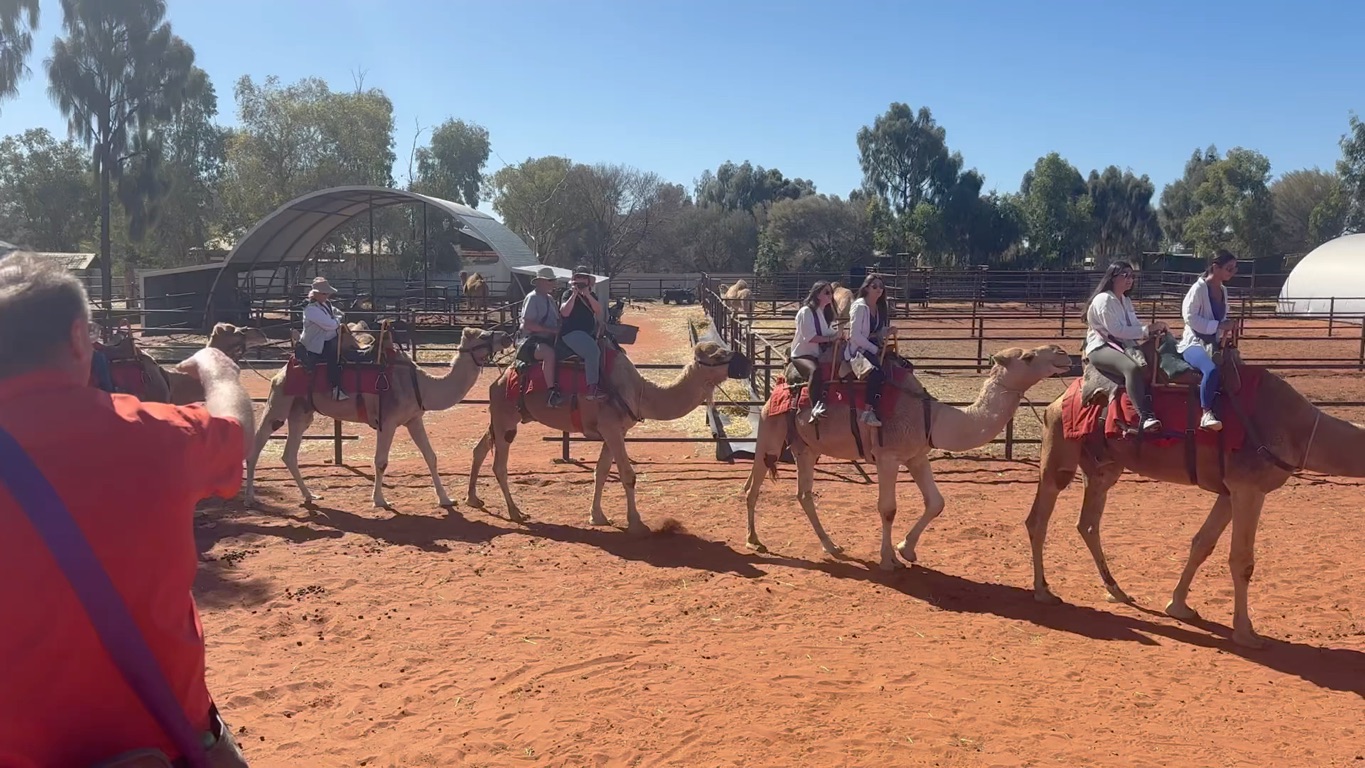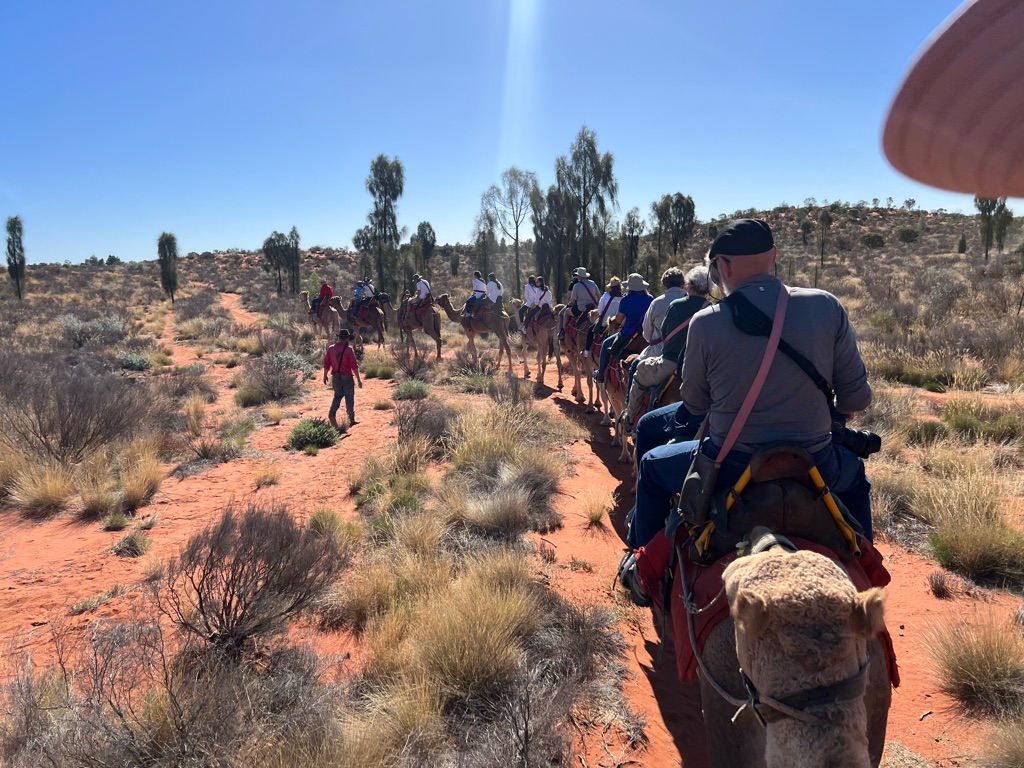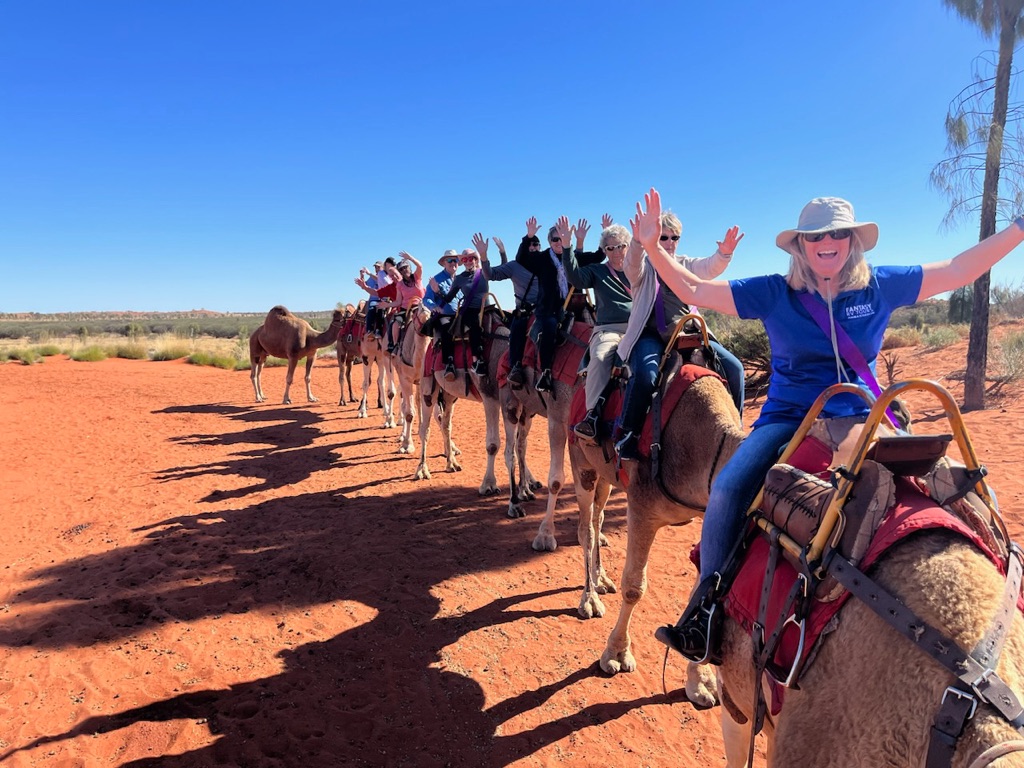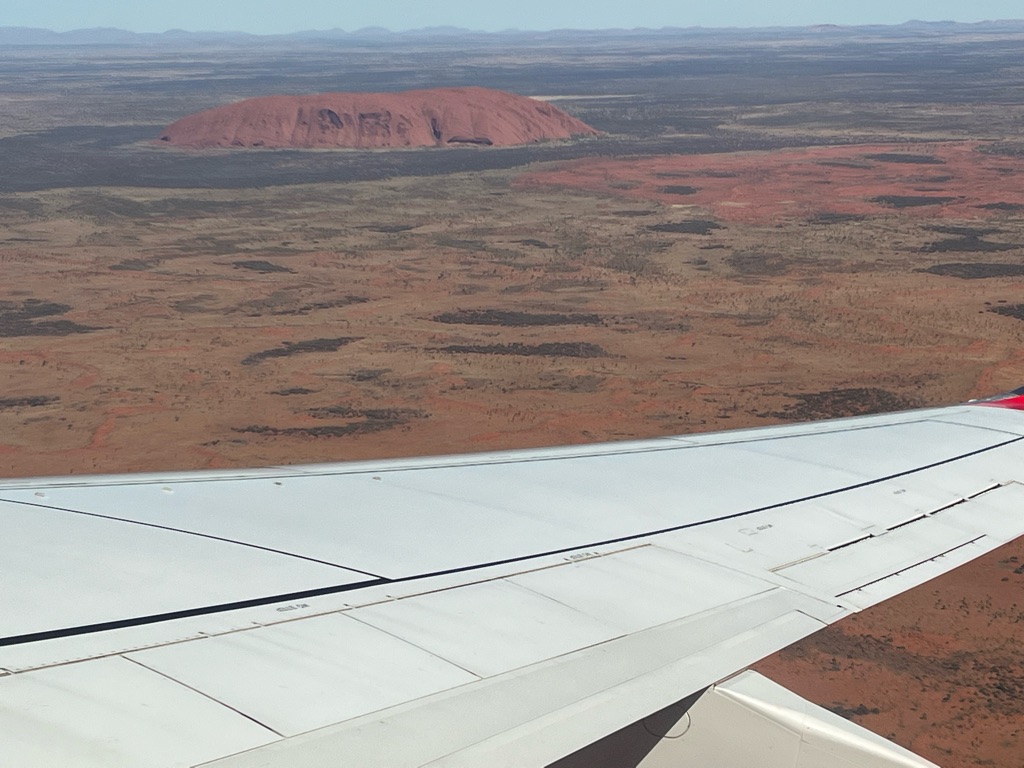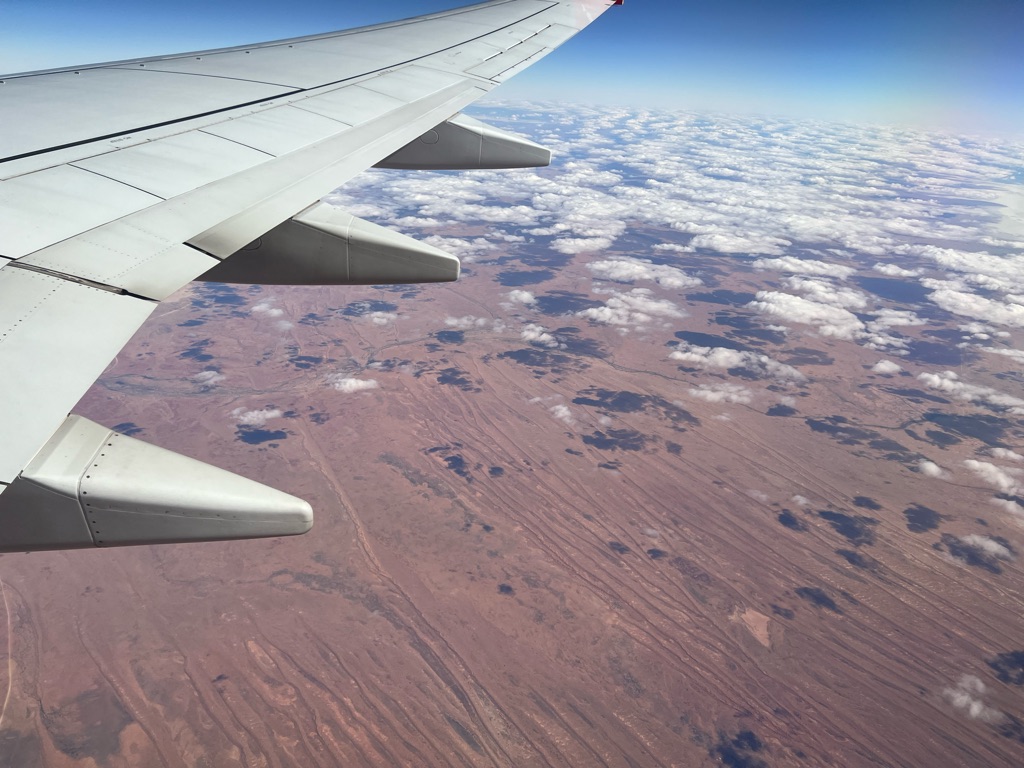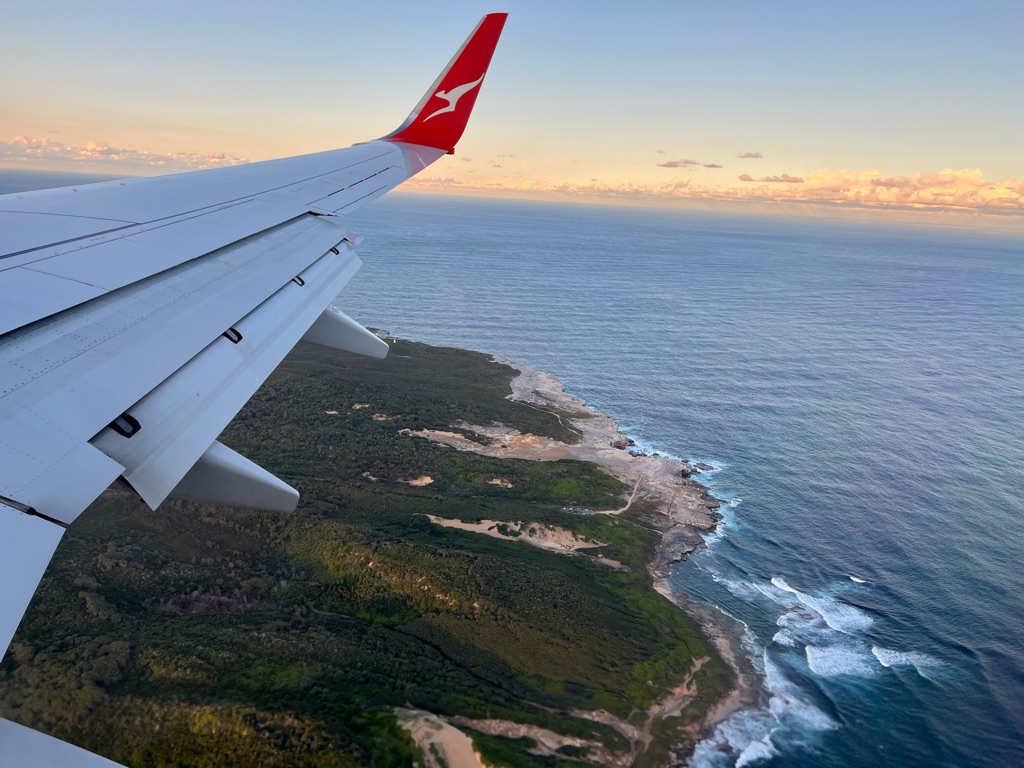Alice Springs
Our tour driver, Chris, \240was a wealth of information! Starting with showing us the cemetery- which he called the ‘dead center’ of town - he gave us a quick geography lesson. Alice Springs is almost in the geographic center of Australia - which makes it the closest city to ALL the beaches in Australia - each beach is about 1000 miles away!
This river rarely has water in it - but they have an annual regatta - Fred Flintstone style! The boats aren’t water tight - they don’t even have a bottom. The guys just step in, pick up the boat around their waist, and run as fast as they can!
The Royal Flying Doctor Service
Before there was the Flying Doctor there was little medical help for Australiams who live in the Outback. \240If they were seriously injured they had to travel hundreds of miles by horse, cart, or camel to reach a doctor. They often died before they got there.
John Flynn & Medical Plane
Reverend John Flynn created the Flying Doctor Service based on the idea of a airman who later died in the service of WWI. Rev Flynn worked tirelessly to raise the awareness and capital to start the program.
But the Flying Doctor Service lacked the communication technology to deliver services efficiently. Alfred Traeger helped to hurdle this barrier with the invention of a pedaThe Flying Doctor Service lacked the communication technology to deliver services efficiently. Alfred Traeger helped to hurdle this barrier with the invention of a pedal-operated generator to power a radio receiver. By 1929 people living in isolation were able to call on the Flying Doctor to assist them in an emergency.l-operated generator to power a radio receiver.

Across Western Australian there are approximately 510 medical chests held at remote locations such as, homesteads, pastoral stations, roadhouses, police stations, national parks, Indigenous communities, outback schools, mine sites and off-shore vessels. Medical chests are lockable steel containers containing a wide range of medicines, which enable emergency and non-emergency treatment for people living and working in extreme isolation from professional medical care. A person needing medical help can receive advice from an RFDS doctor via telephone who then is able to prescribe appropriate medication from the on-site chest.
Alice Springs School of the Air
Adelaide Miethke realized that the pedal generator used by the Flying Doctors could be used to educate children living in remote conditions and lacking social quality education and social contacts. So in 1951, the School of the Air was started and it still continues today and educates around 120 \240children of the Outback from age 4 to 14 each year.
One of the broadcasting systems used by the School of the Air.
Today, education takes place using computers and webcams and is very interactive. We got to watch a portion of a preschool class.
Alice Springs Telegraph Station
The Alice Springs Telegraph Station marks the original site of the first European settlement in Alice Springs. It was stablished in 1871 to relay messages between Darwin and Adelaide along Australia’s Overland Telegraph Line. This connected Australia’s population which was mainly in the south, with the north of the country, and I t also connected Australia with the undersea telegraph network of the British Empire. Prior to 1872, a message back to England would travel by boat and take 3 to 4 months each way. However, after the telegraph line was built, morse code messages travelling through Alice Springs could reach London in as little as 5 hours – slow by today’s standards, but revolutionary for people of the 19th century!
The Telegraph/Postal Station
This group of buildings was the business center of town. People needing to communicate with the rest of Australia, or needing medical care, or just needing assistance would camp in the front yard.
The station later became the first post office in the Northern Territory. Jill took advantage of the post to send a postcard to her father back in the states.
Anzac Day Memorial - Alice Springs
We arrived in Alice Springs the day after Anzac Day and the Memorial, located at the top of the only hill, \240was covered in wreaths!
It also afforded a view of the entire town of Alice Springs- which is pretty small for largest town between Adelaide and Darwin.
Earth Sanctuary World Nature Center
Earth Sanctuary is a carbon neutral educational site about 15 minutes outside of Alice Springs. We traveled out there for a traditional ‘bush’ dinner, education about the Aboriginal people who inhabited Australia 50,000 years ago, and start gazing in the black night of the desert.
Our guide Huss, told us \240many stories of the Aboriginal people ands the inequity of the way they were treated by Europeans when they arrived here in the mid-1800s. He explained the way they lived and their laws and the stories that explain their creation. He also had Cindy of our group make damper(a type of bush bread) while he talked. (It was really delicious, too!)
The sky was too pretty not to use it as a photo frame!


